
 |
DENVER - Capitol Hill Neighborhood - PART I
Capitol Hill was founded in the 1880s as a new residential suburb for Denver’s wealthiest families, who built extravagant Victorian, Tudor and Greek revival mansions using sandstone, granite and other materials native to Colorado. Through the years, Capitol Hill evolved, seeing everything from millionaire’s row to skid row, and many of those mansions met the wrecking ball. Today it’s one of Denver’s most diverse, urban, and intriguing neighborhoods, with its historic apartment buildings, converted mansions, high-rises, and single family homes all sharing the same blocks. The Colorado State Capitol building–dedicated in 1890–stands on the neighborhood’s far west side at Colfax Avenue & Lincoln Street. The area’s longstanding popularity is due in large part to its proximity to outstanding transportation infrastructure, parks, and unique retail and entertainment opportunities as well as its diverse housing stock. The average year of construction for buildings in the Capitol Hill neighborhood is 1920 contributing to its attractive and historic character.
First - a map for orientation. http://farm6.static.flickr.com/5295/...4d04b526_b.jpg I shot these last year from May to December. 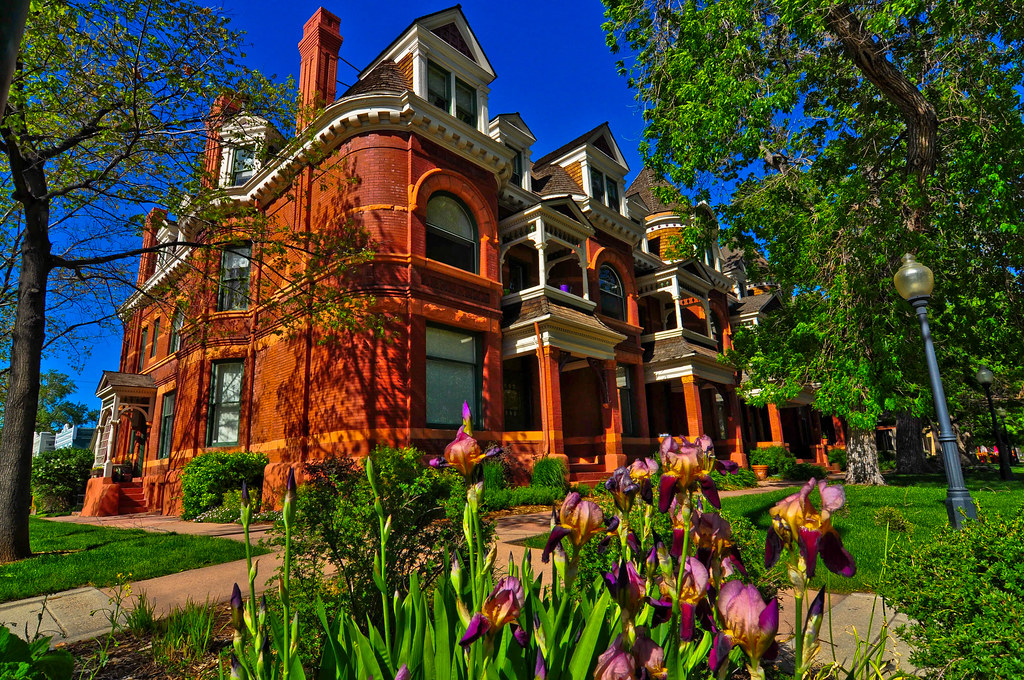  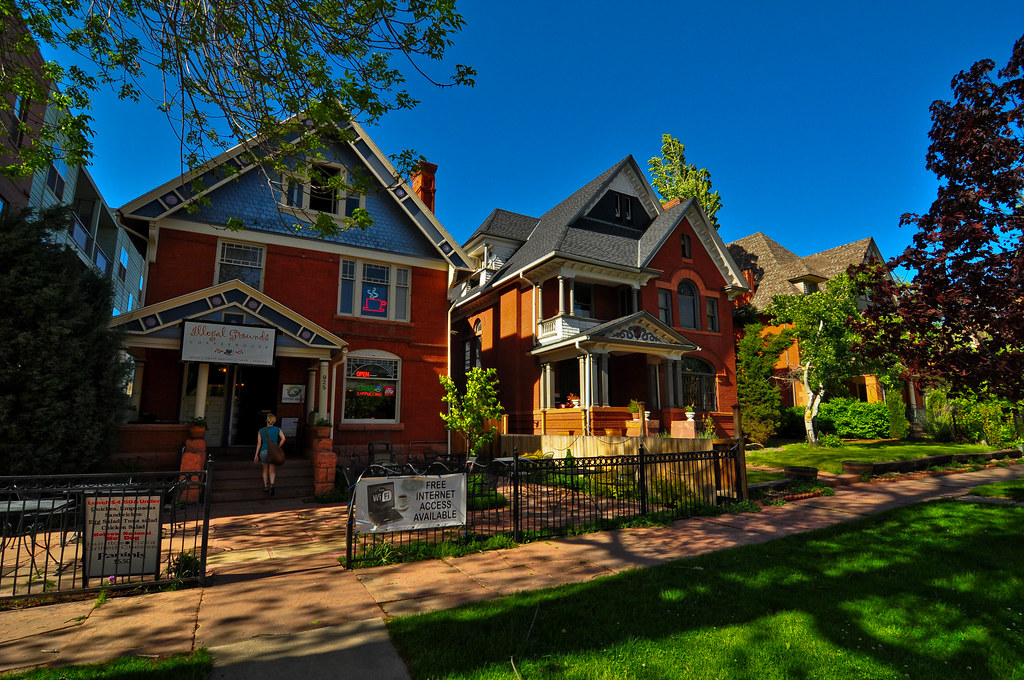 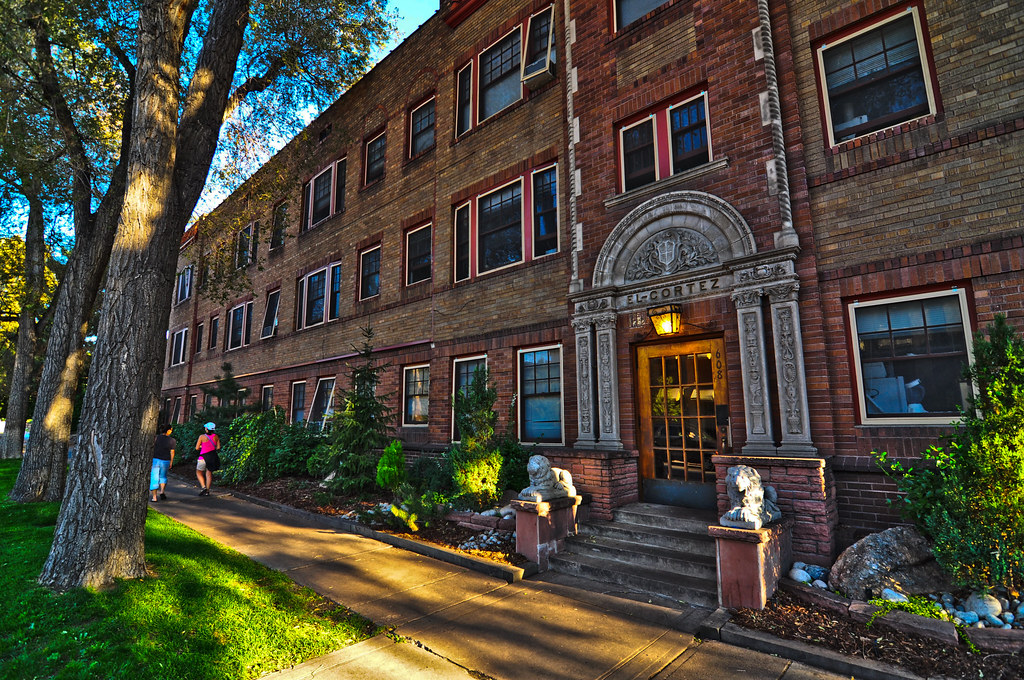 St. Paul’s United Methodist Church - 1910.  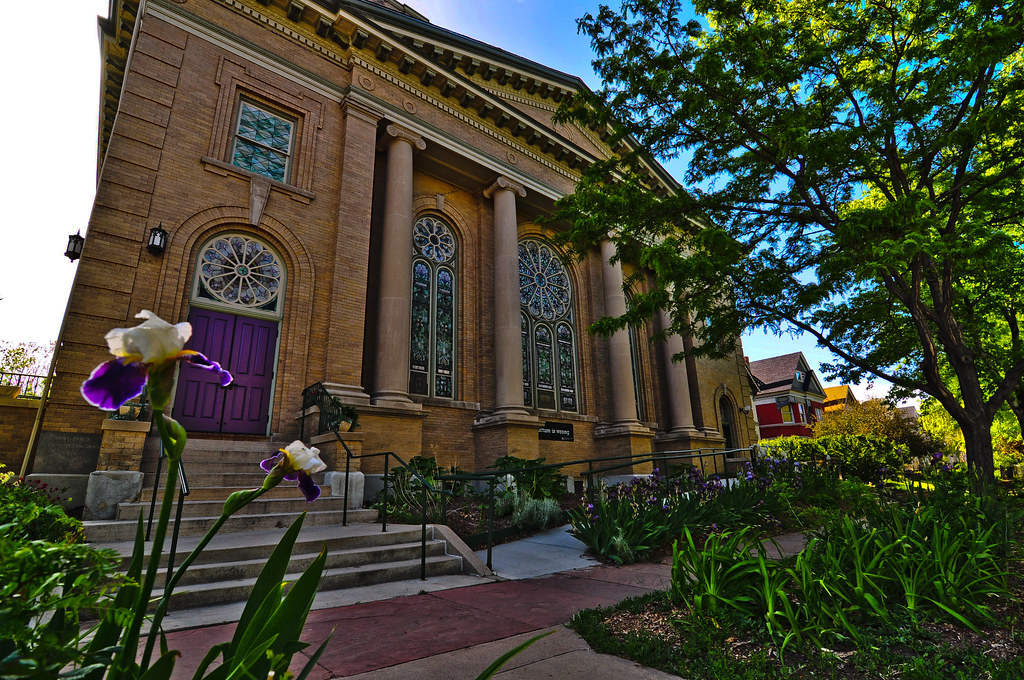  The Bailey House - 1891 - William Lang. Subsequent uses included a restaurant and more recently law offices. 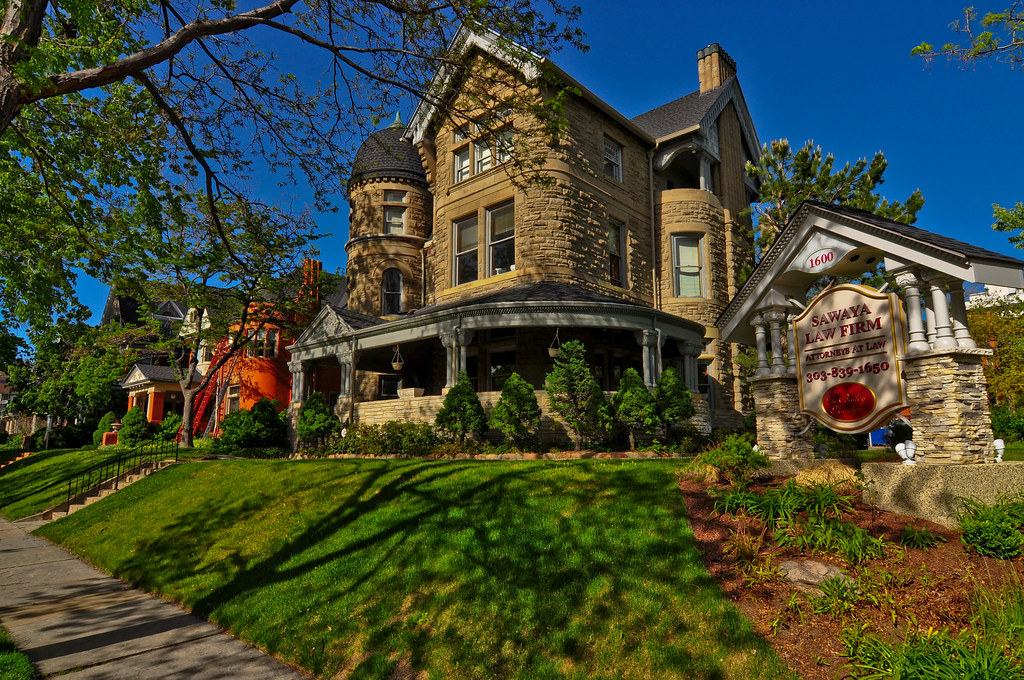  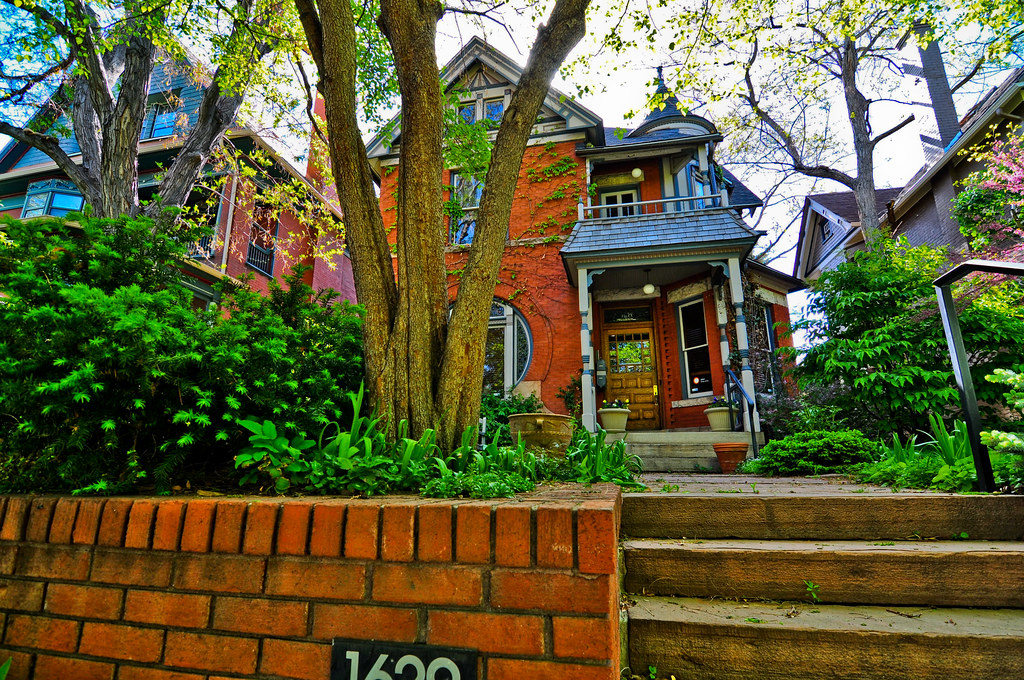 The Grant Humphries mansion - a 42-room neoclassical showpiece with a semicircular portico supported by four fluted Corinthian columns was designed by architects Theodore Boal and Frederick Harnois. Constructed between 1900 and 1902 for James B. Grant, a smelter magnate, the house was bought by Albert E. Humphreys in 1917. Humphreys, an oil tycoon, added a ten car garage complete with gas pump and car wash for his fleet of Rolls Royce Phaetons. In 1976 Ira B. Humphreys donated the home to the Colorado Historical Society and is today a popular location for events and weddings. 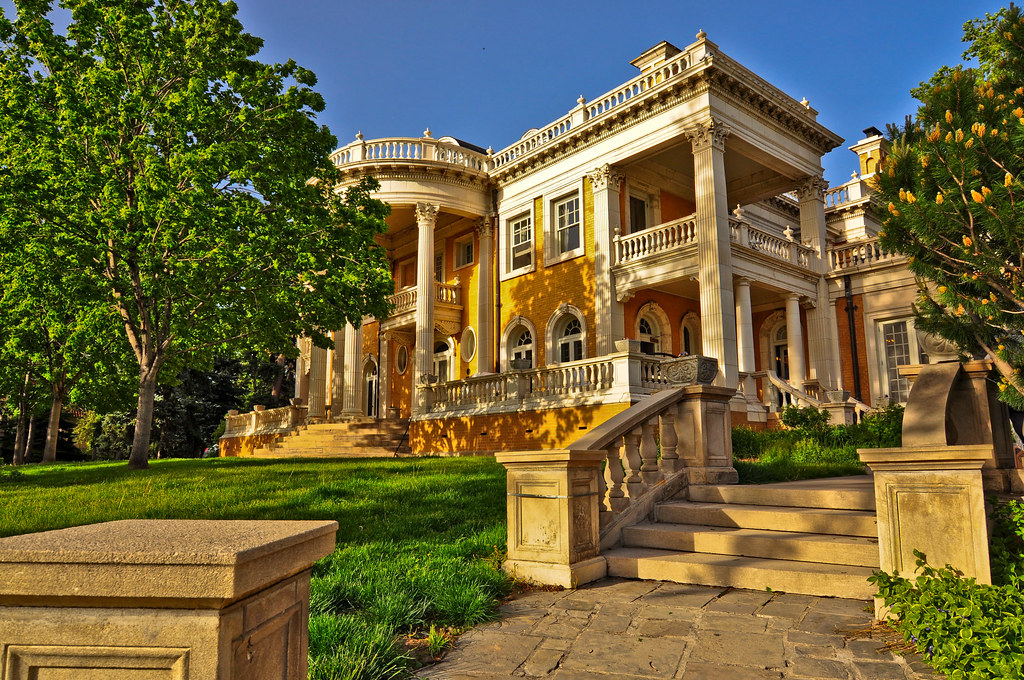 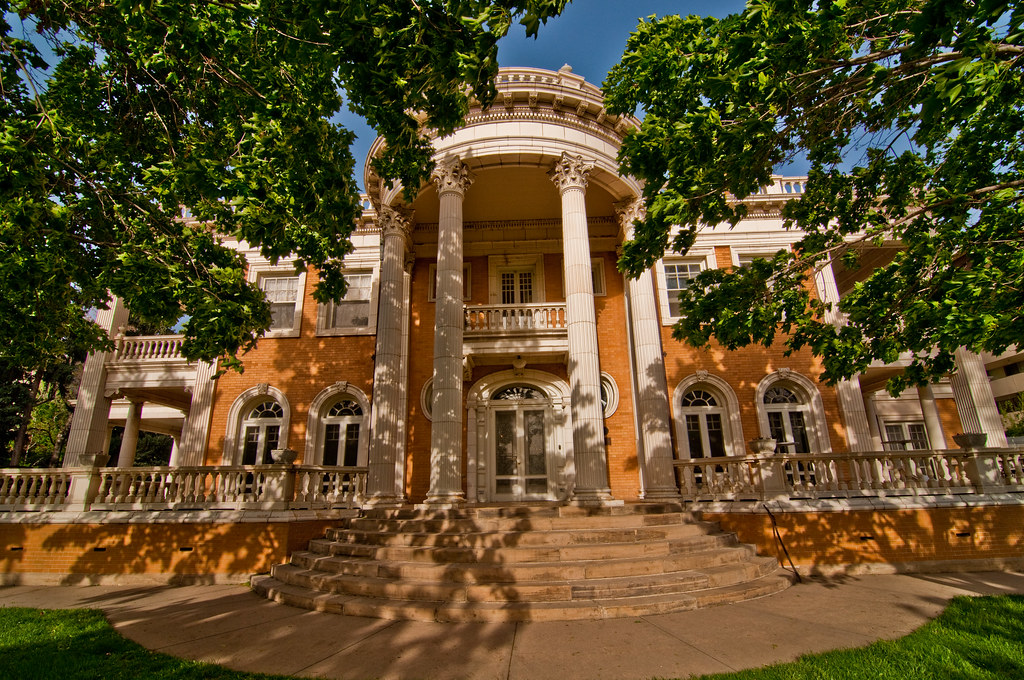 The garage is visible in this historic photo 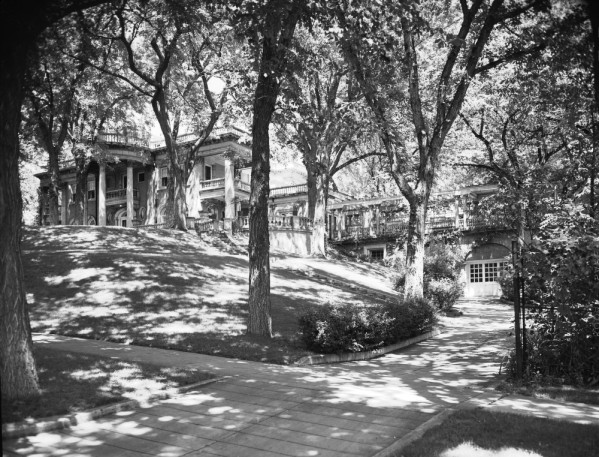 Denver Public Library, Western History Collection The First Church of Christ Scientist was built in 1904 to the neoclassical Greek Revival design of Lester Varian and Frederick Sterner. 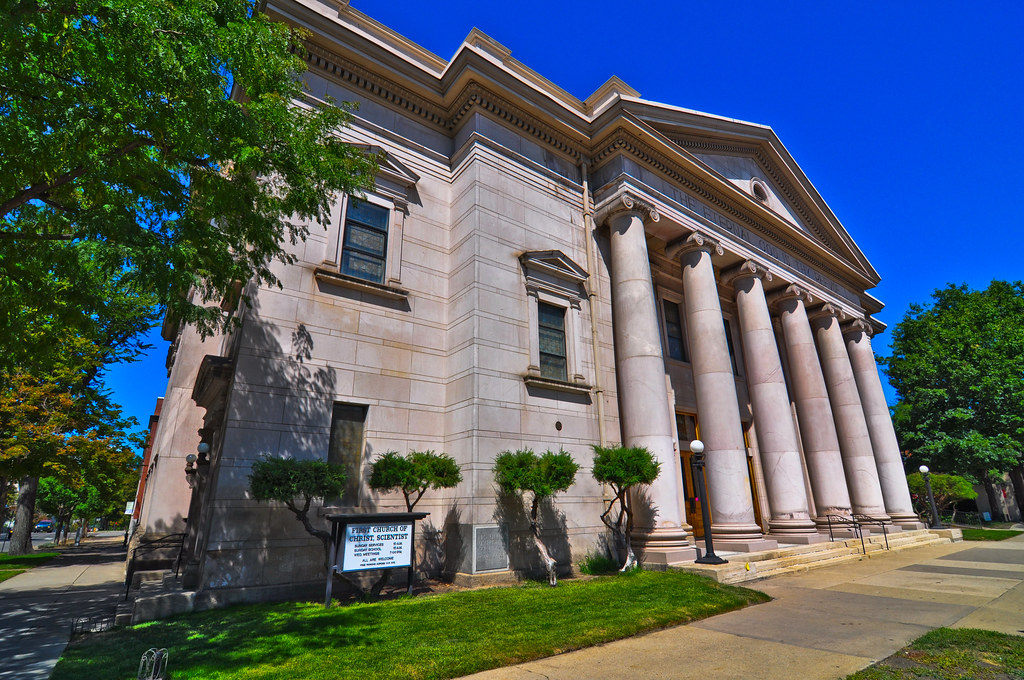 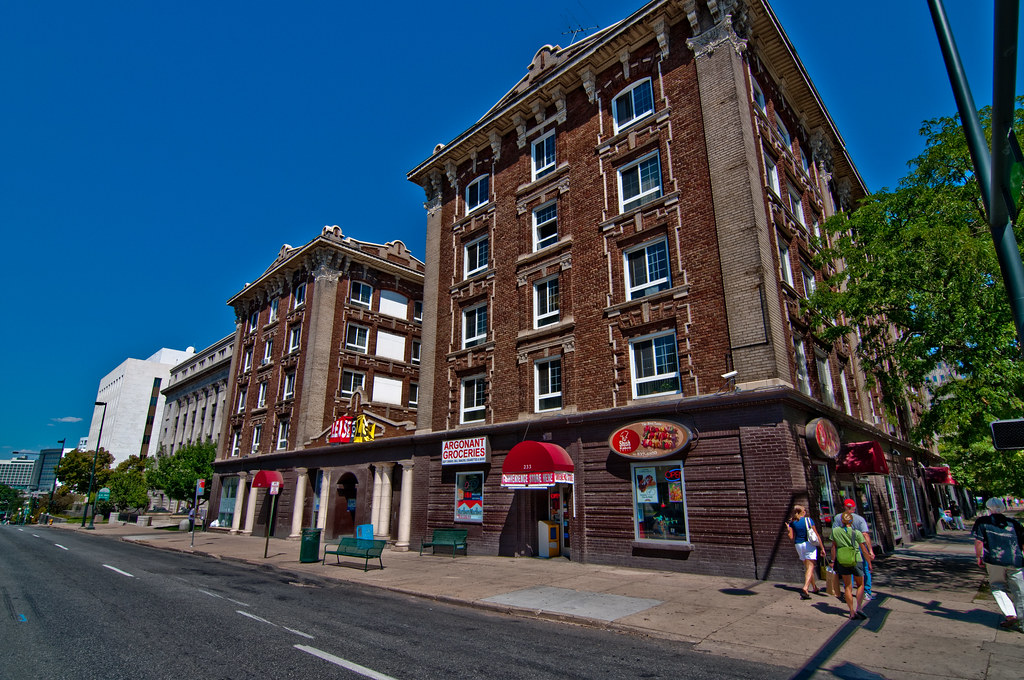  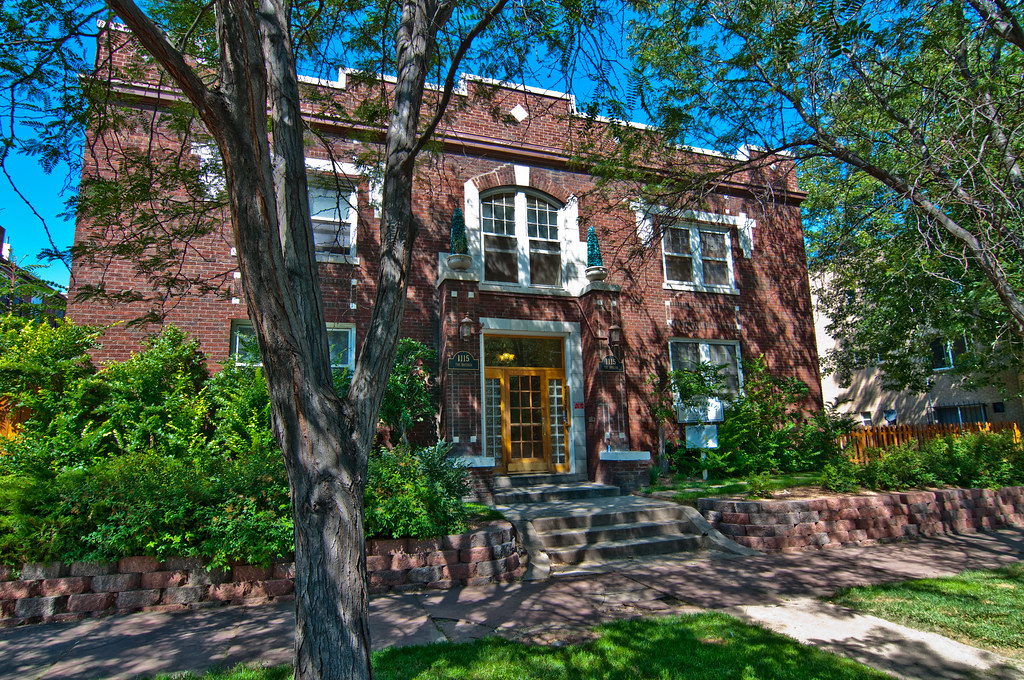 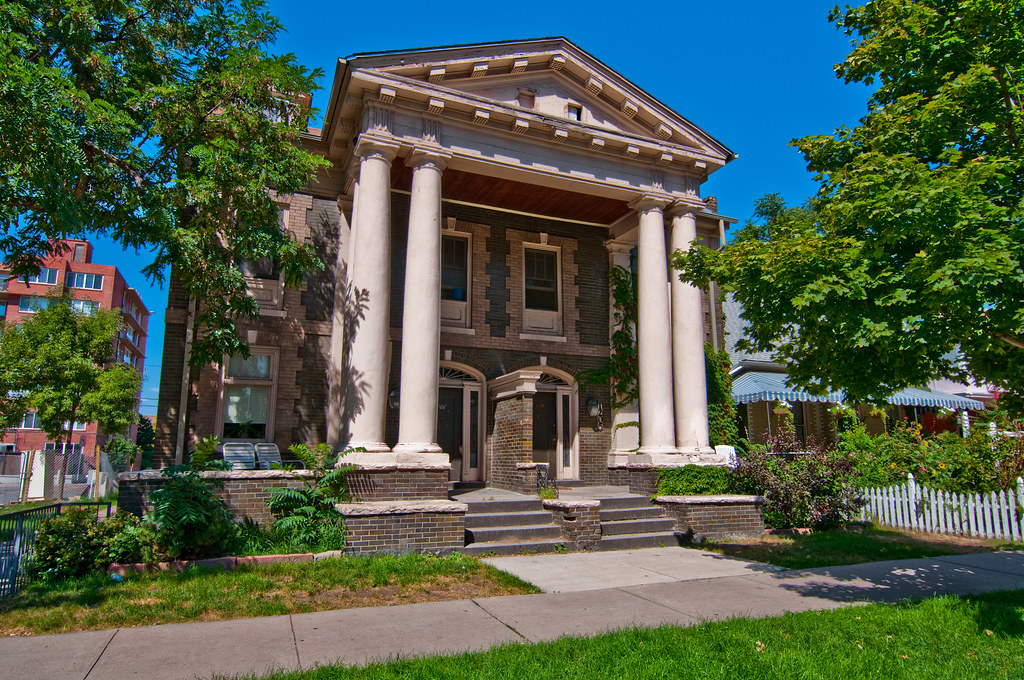 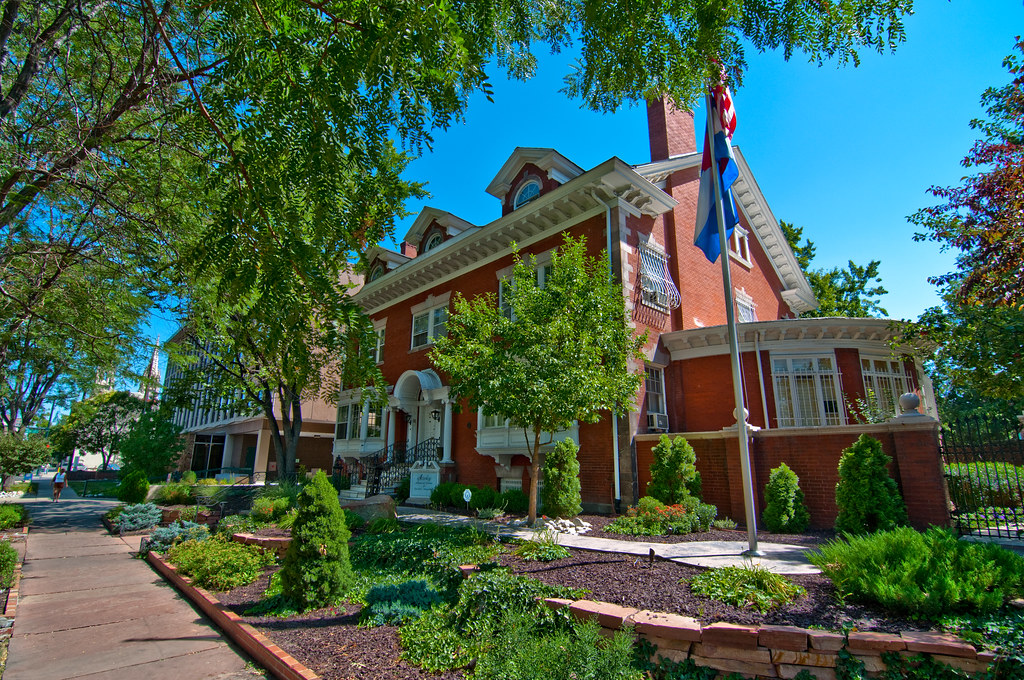  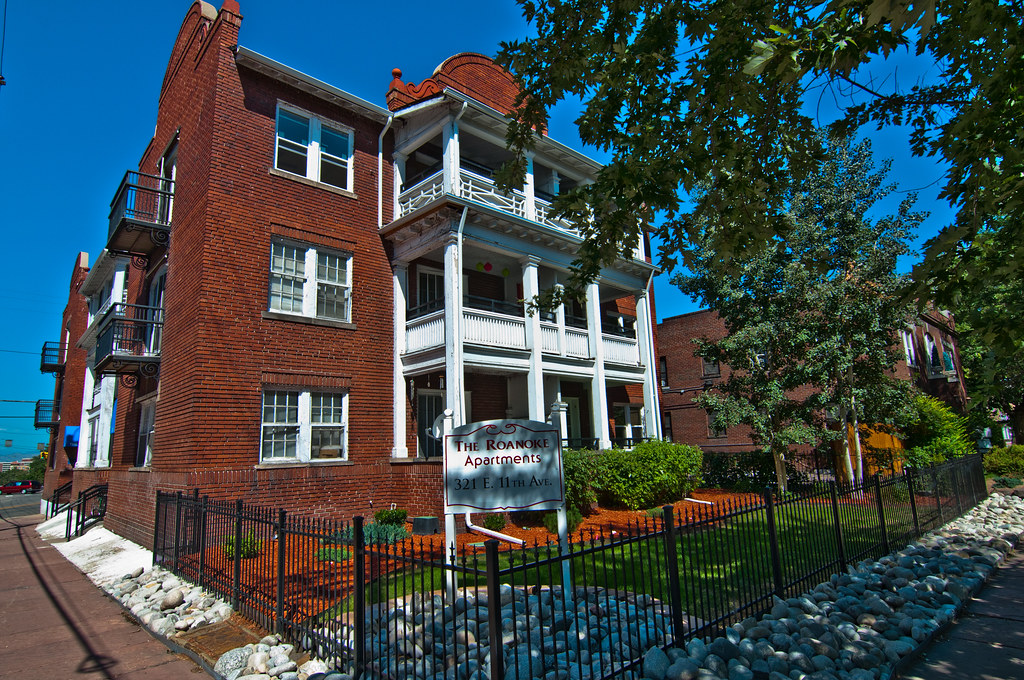 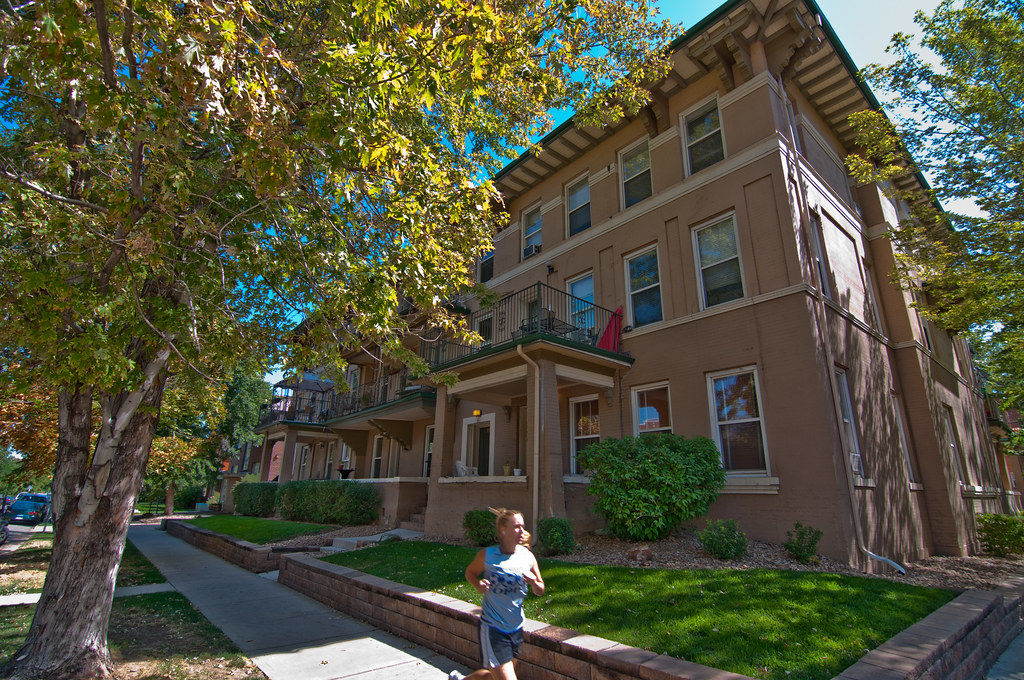 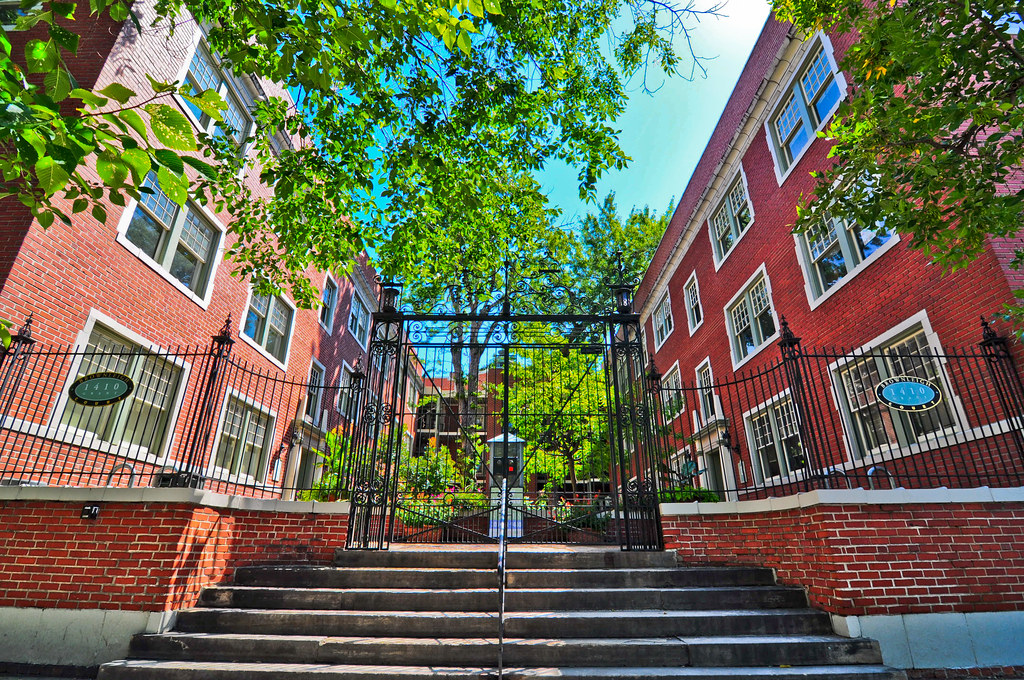 The First Baptist Church of Denver was built to the Colonial Revival design of architect George Meredith Musick between 1934 and 1936. The church was first organized prior to Colorado's statehood during the Civil War on May 2, 1864, and is the oldest Baptist congregation in Colorado. 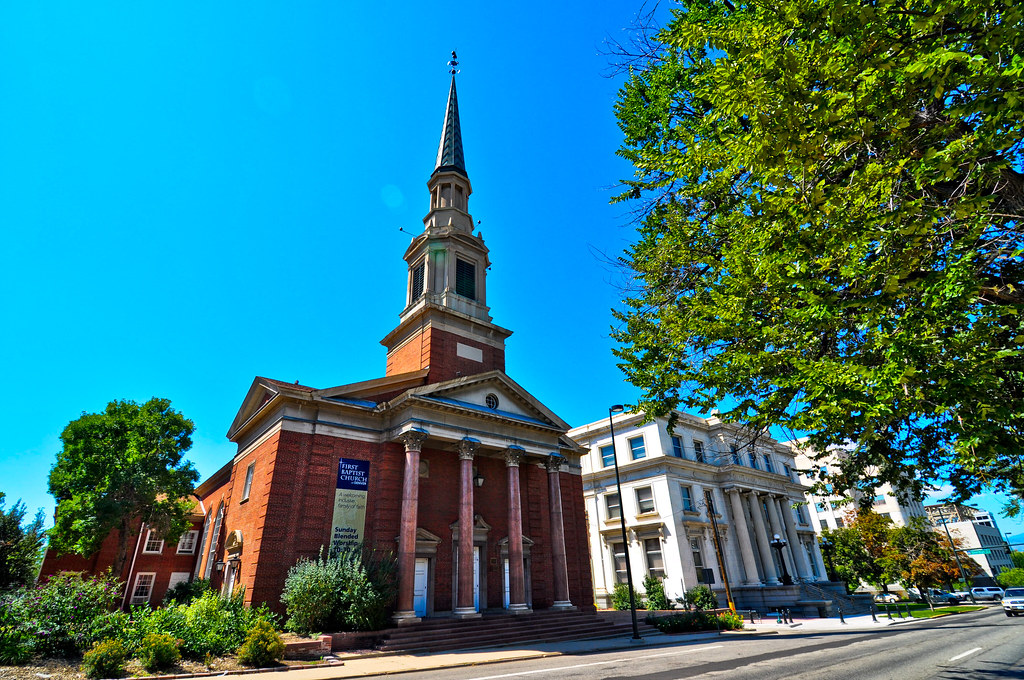 The Old State Museum was built to the Greek Revival design of architect Frank Edbrooke in 1913. Edbrooke's last work, it was sheathed in in polished Colorado yule marble with a neoclassical portico supported by four fluted marble columns, all designed to harmonize with the Colorado State Capitol Building. It opened in 1915 and featured the collections of the forerunner of the Colorado Historical Society, which it housed for 62 years, until the museum moved. After that it was restored as legislative offices. 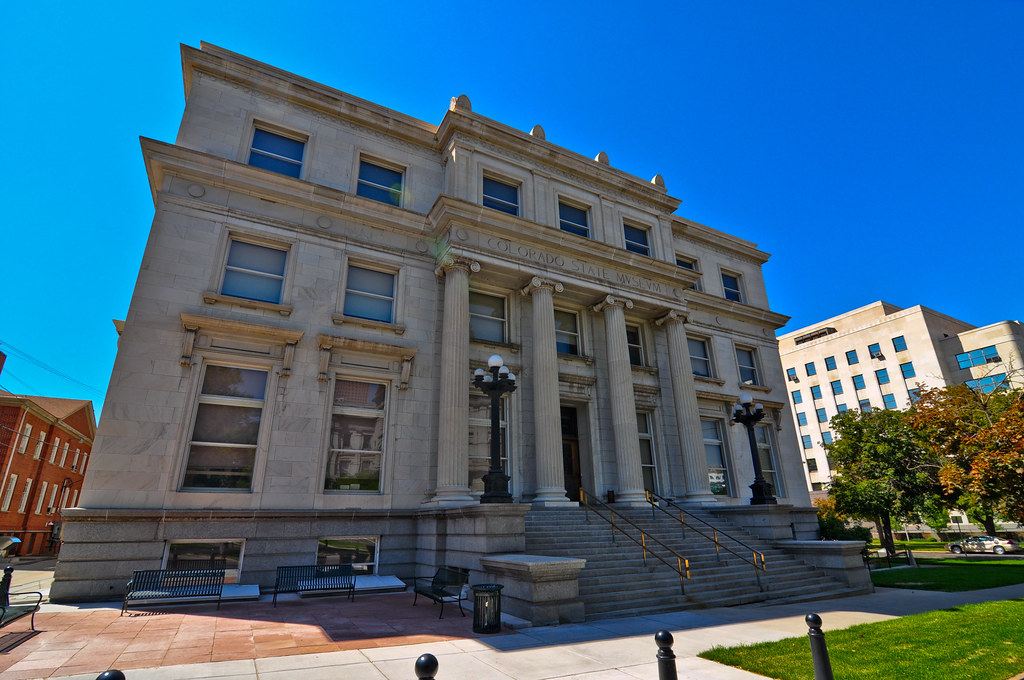  Alma Temple was designed by Julius Norton formally dedicated in 1935. 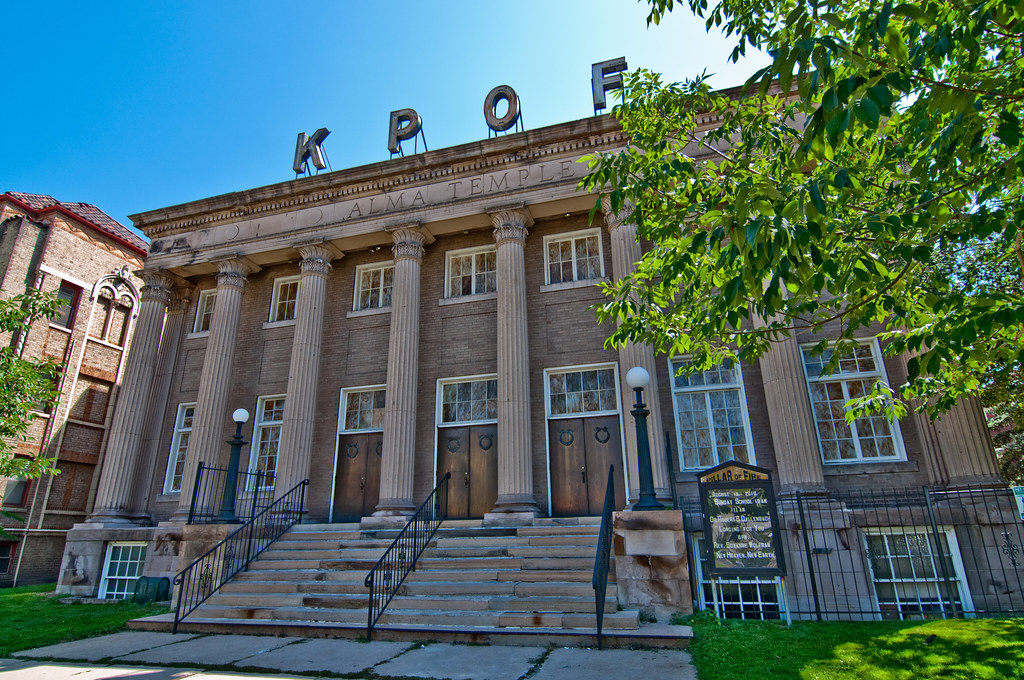 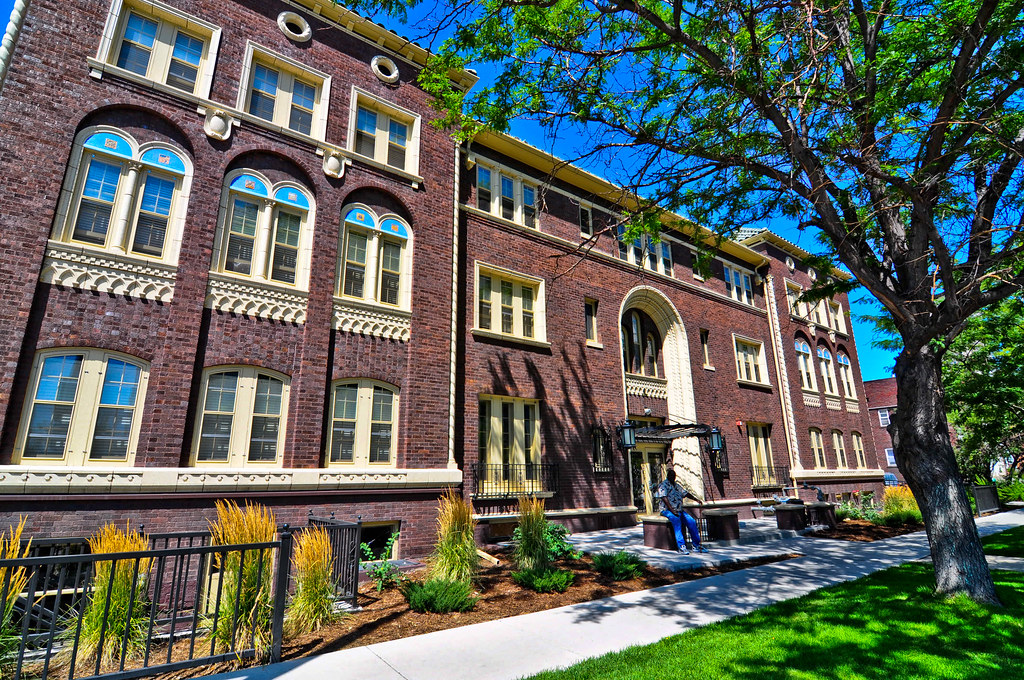 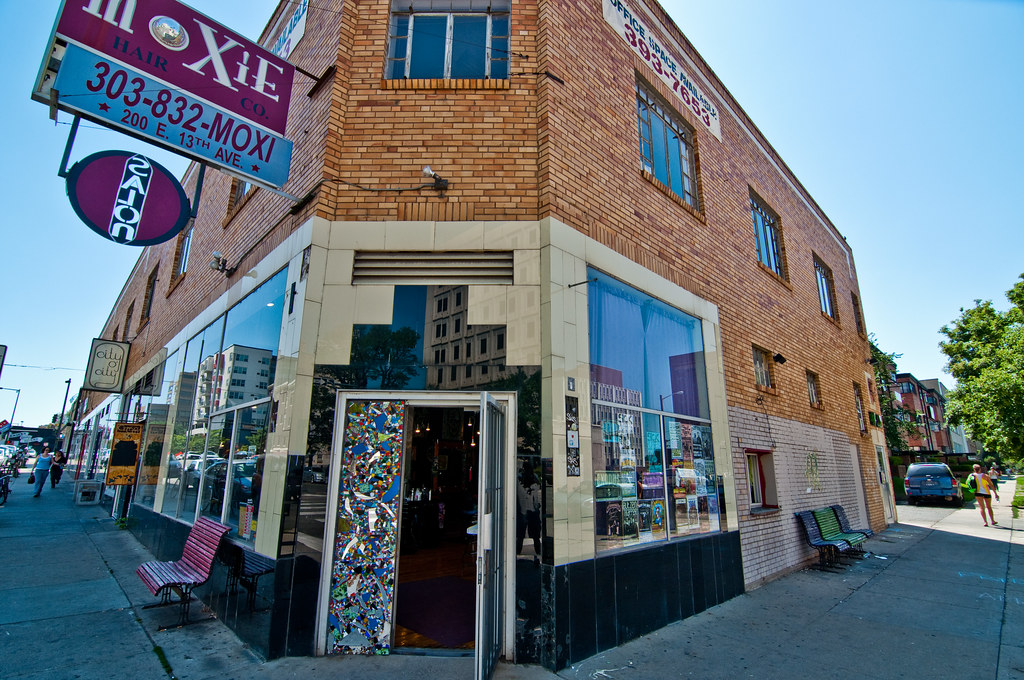 The Scottish Rite Masonic Center, built in 1923. 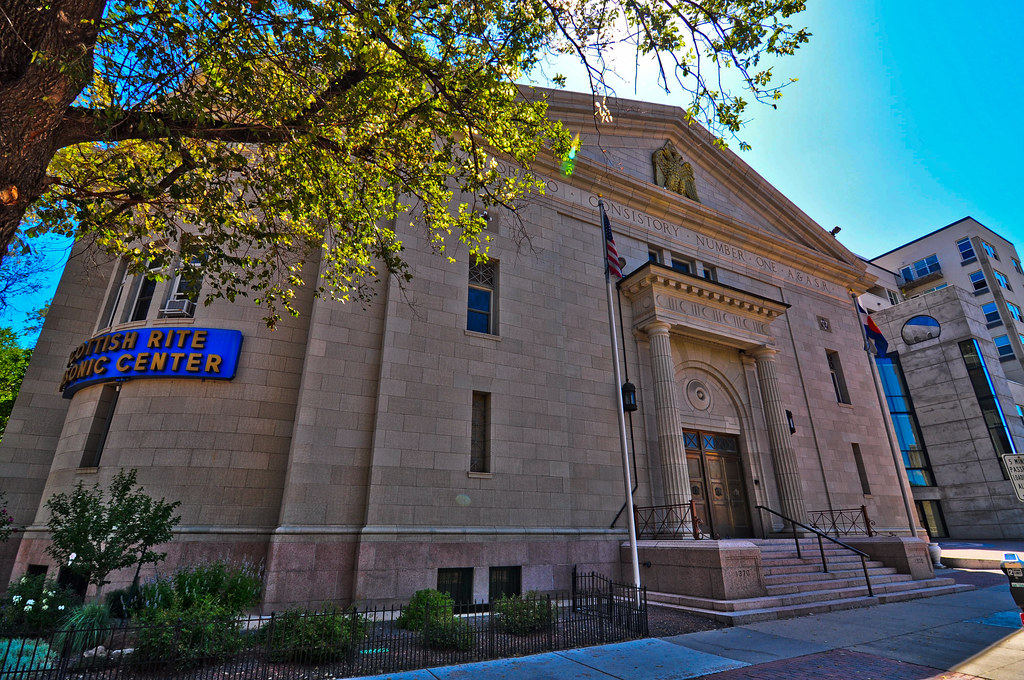  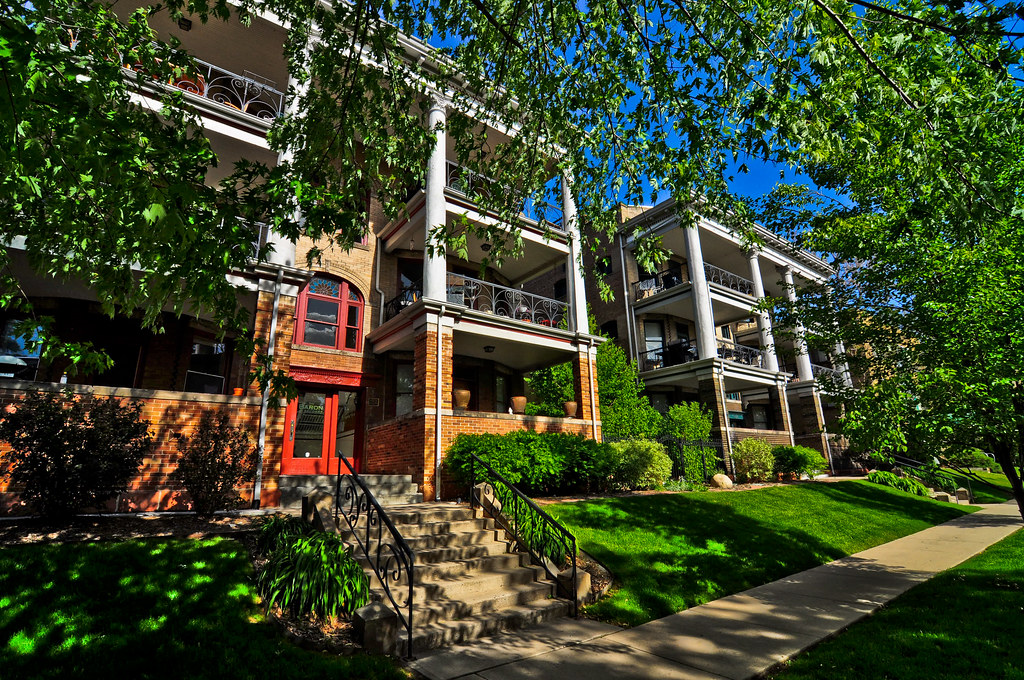 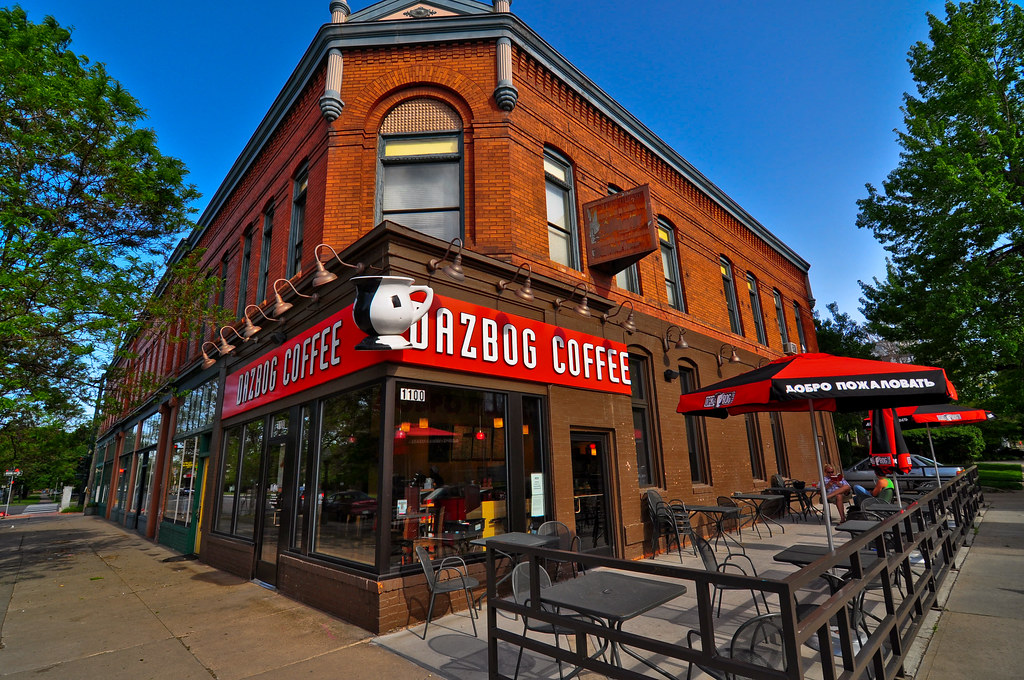 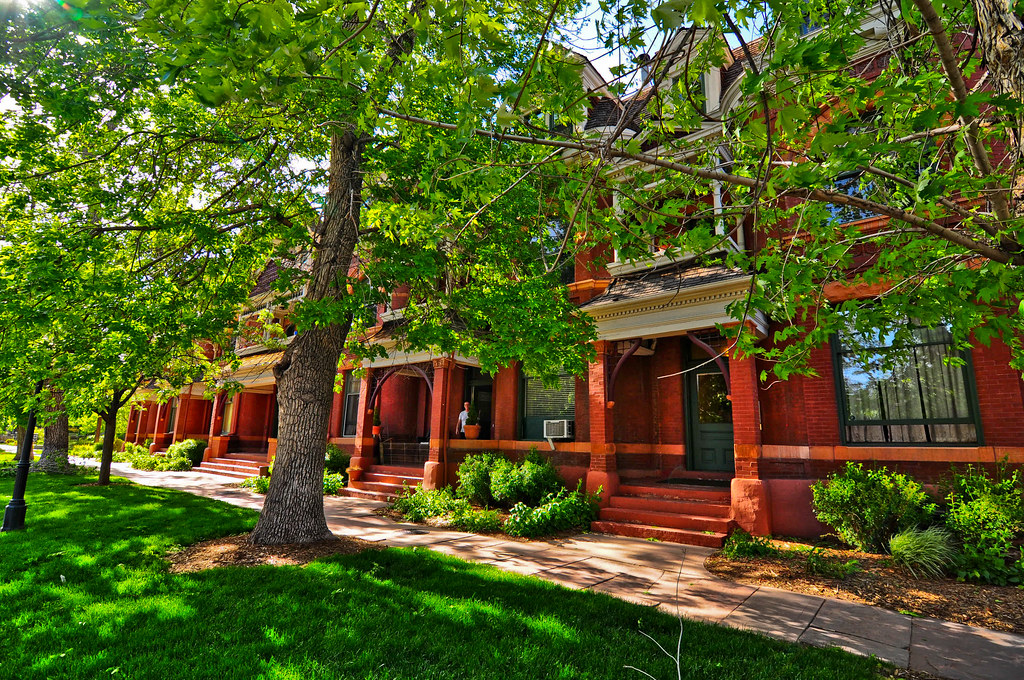 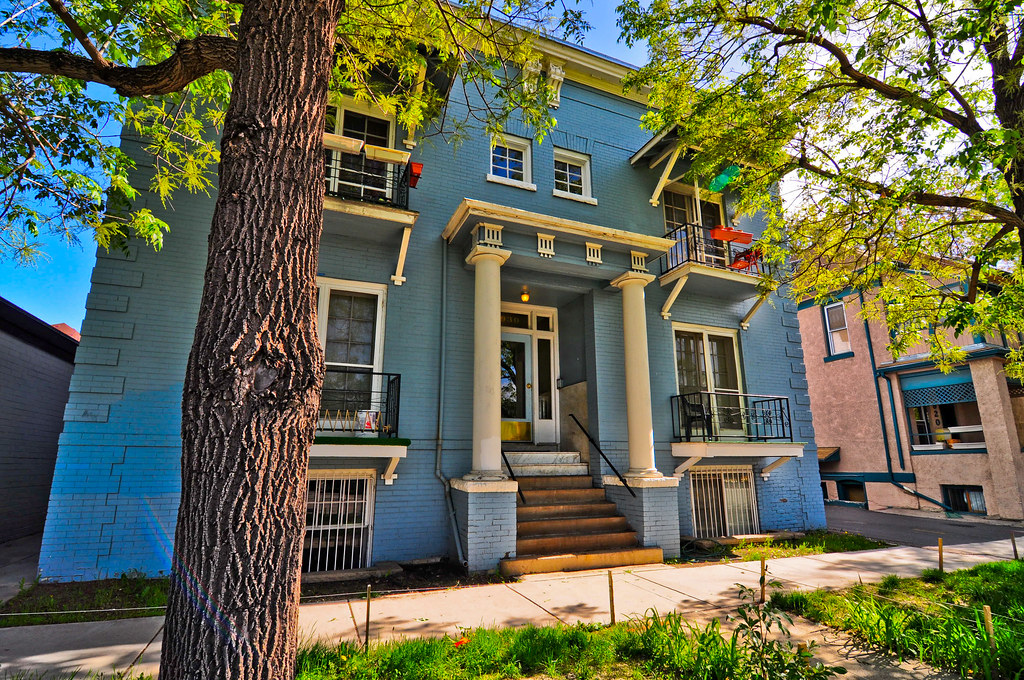 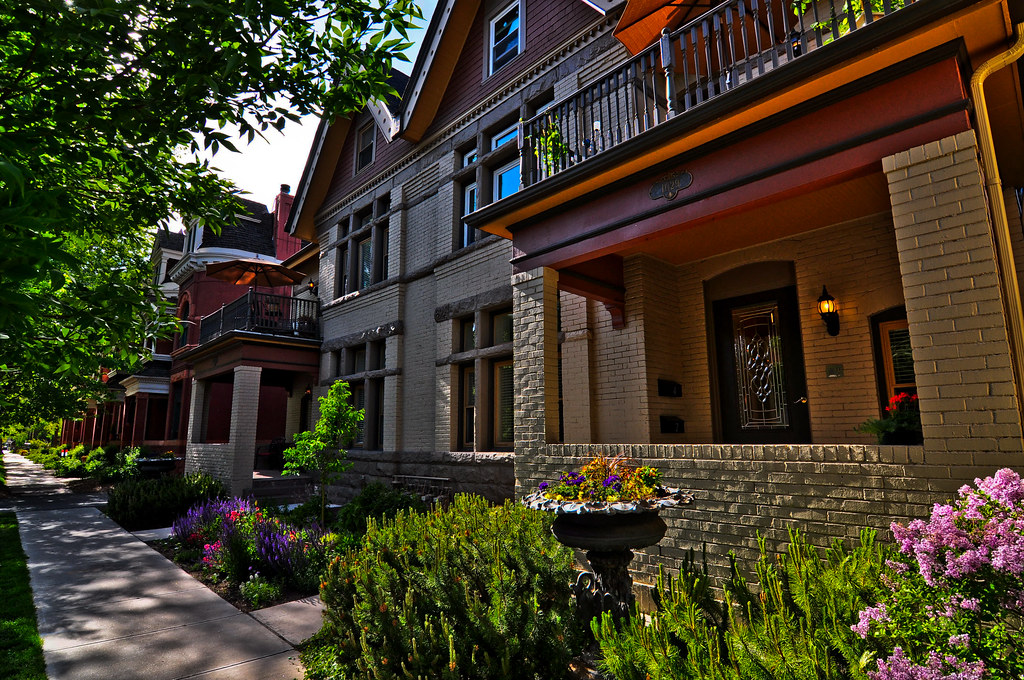 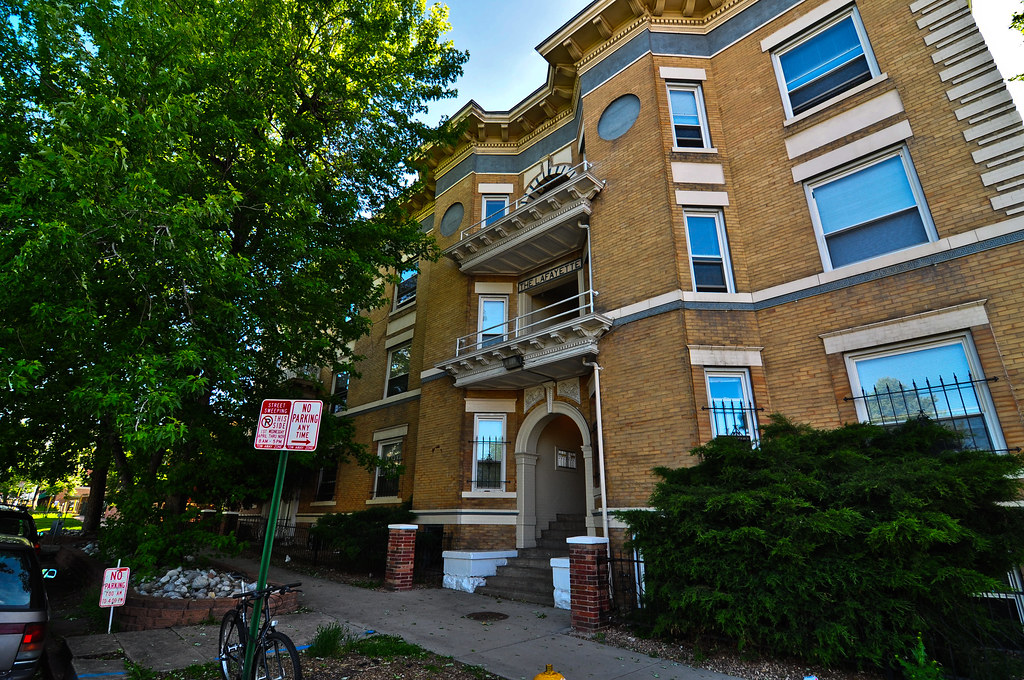    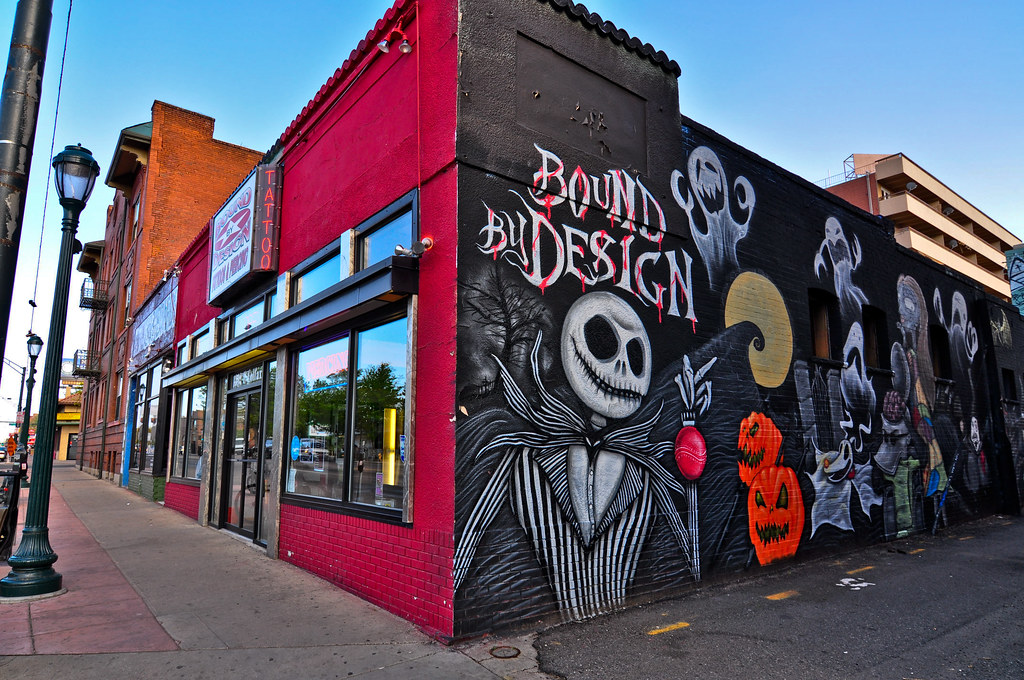  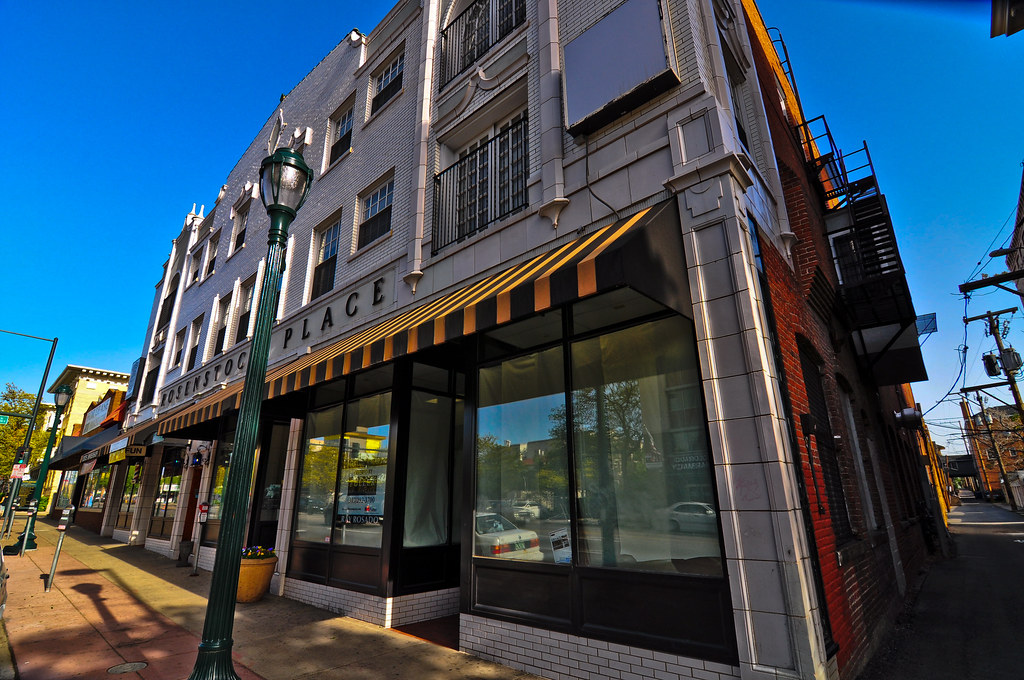  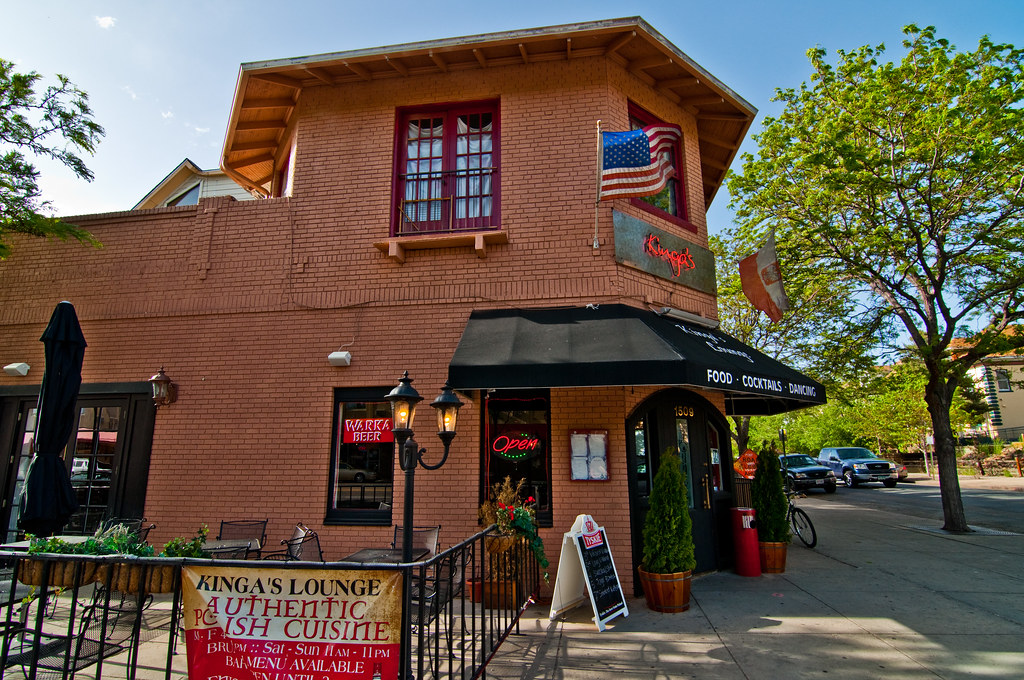   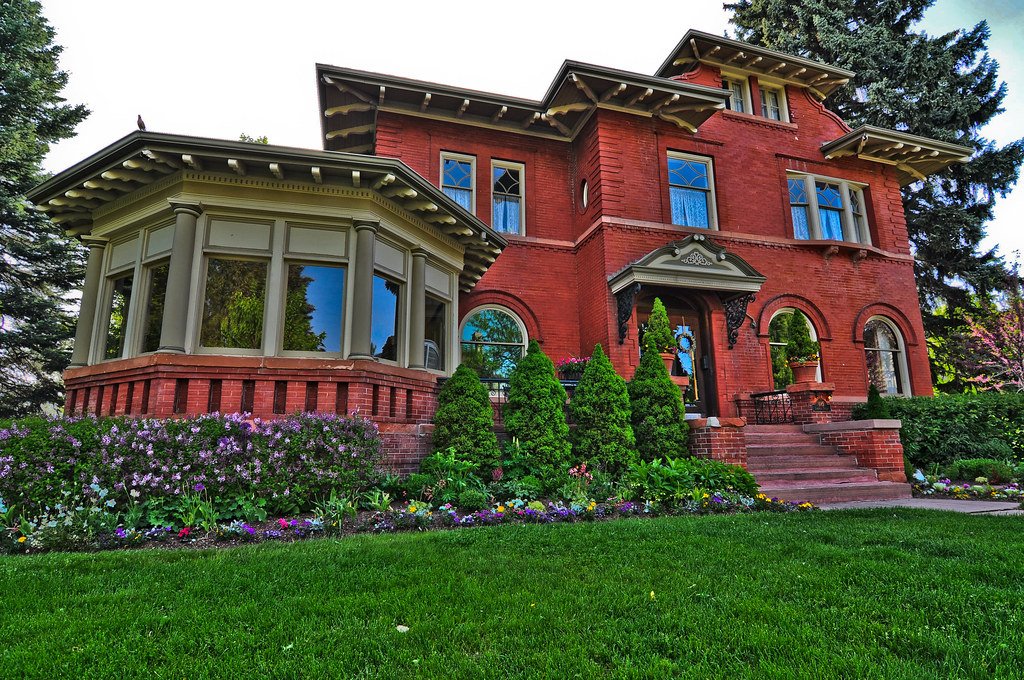  The Wood-Morris-Bonfils Mansion - 1910 - The house was designed by architects Maurice Biscoe and Henry Hewitt in the Italian Renaissance Revival style. Subsequent uses have included the home of the Mexican Consulate and most recently condos. This house is massive - unfortunately you can’t see much of it from my photos.  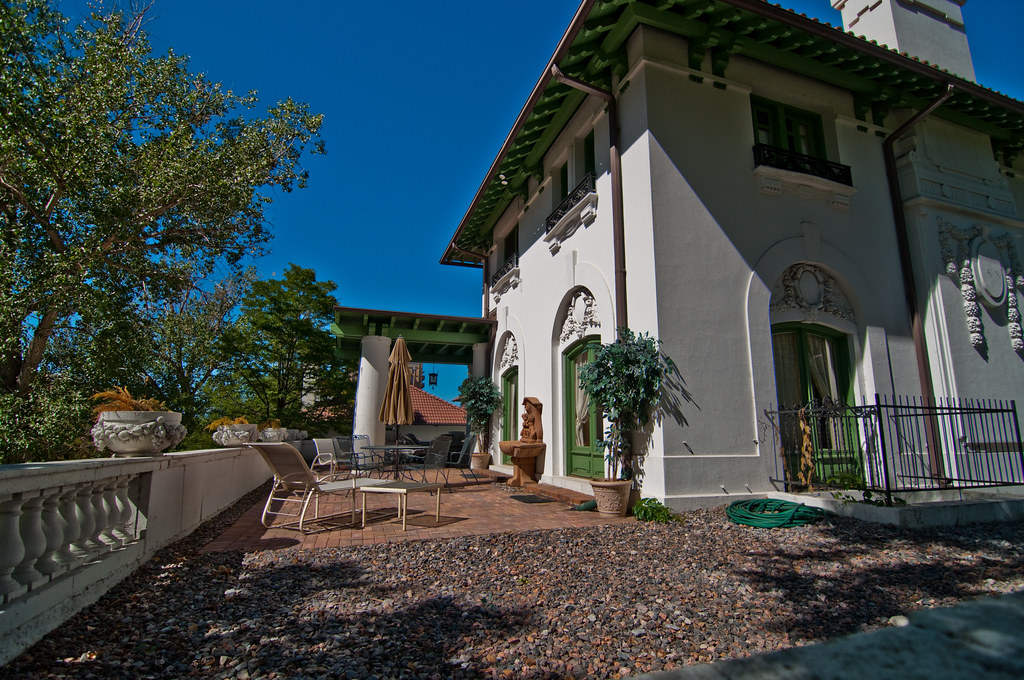 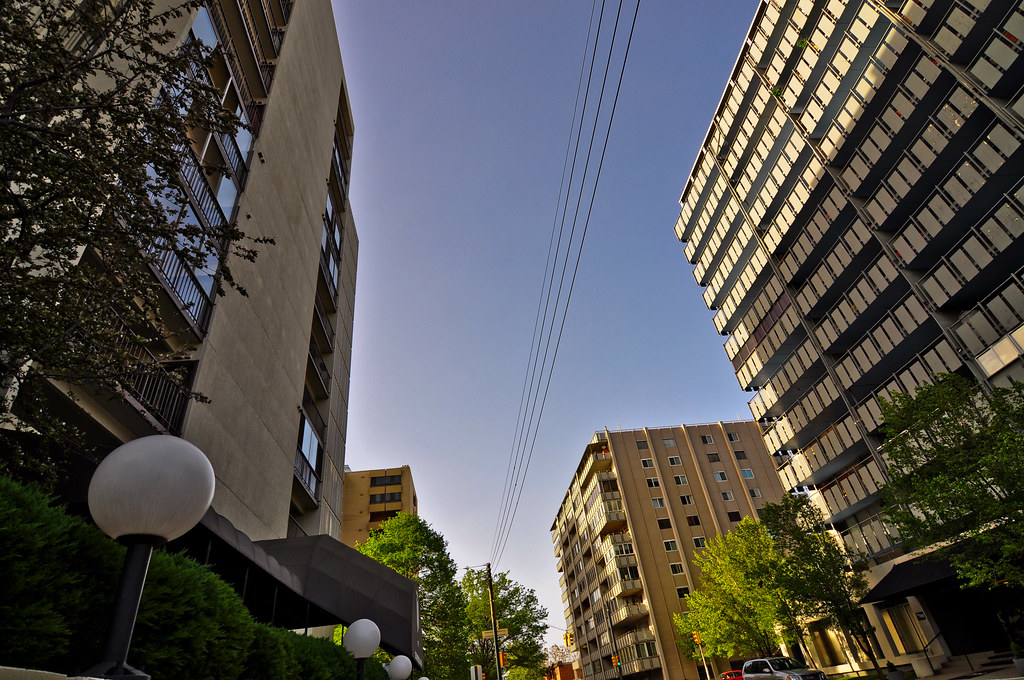  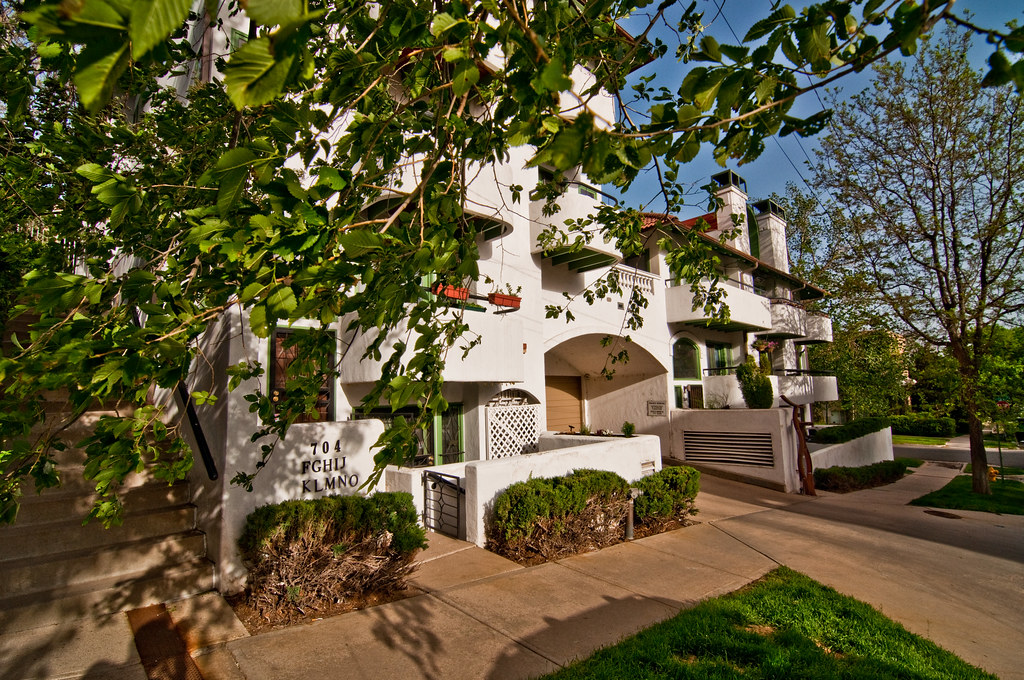  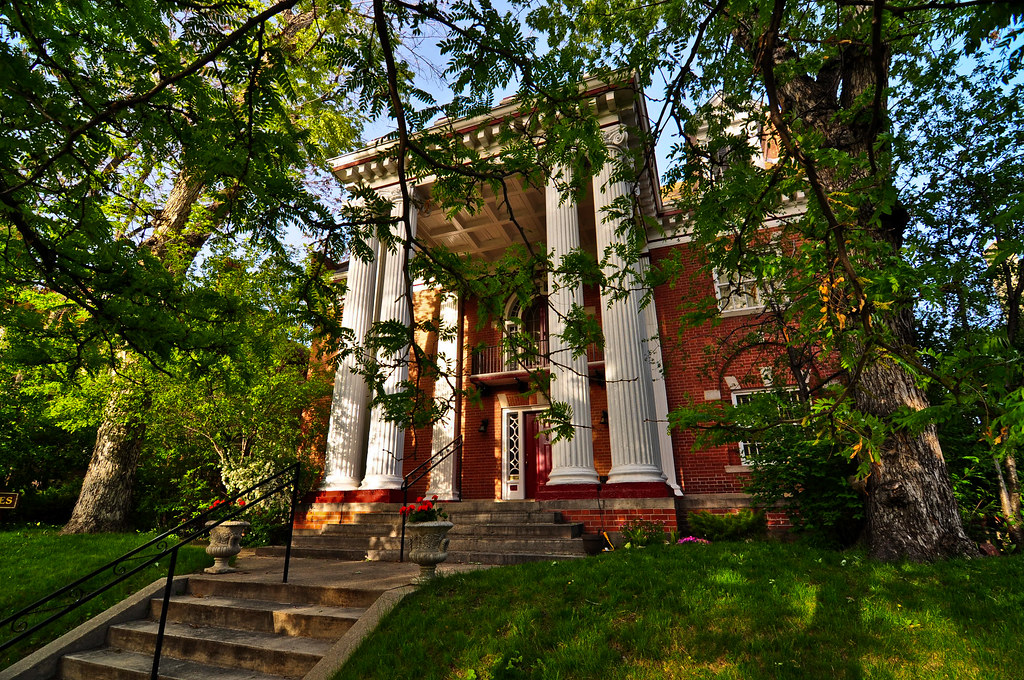  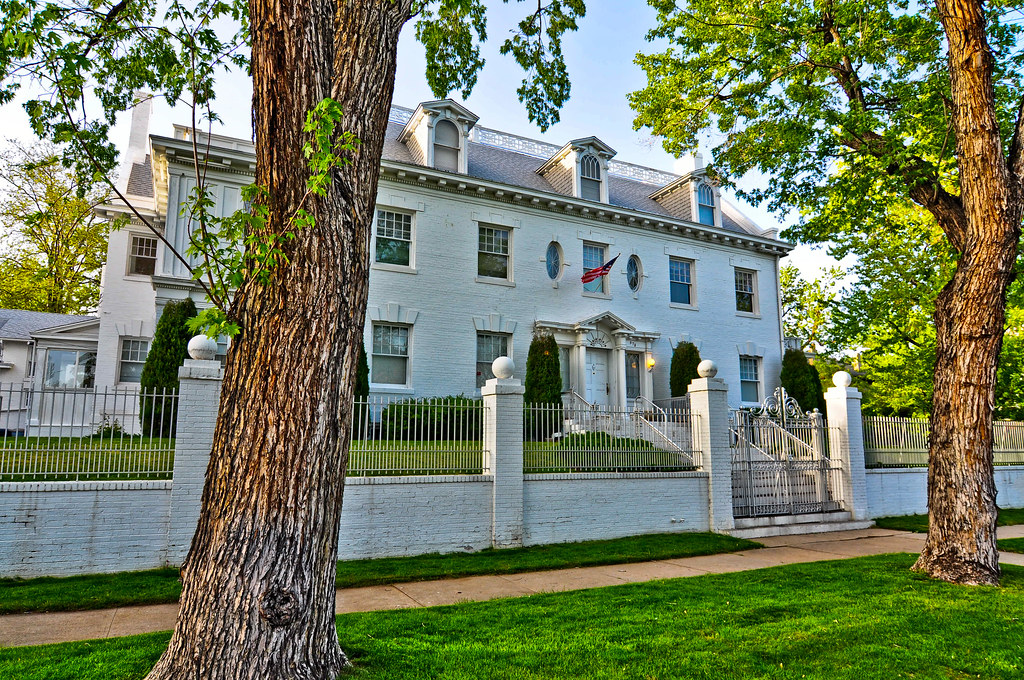 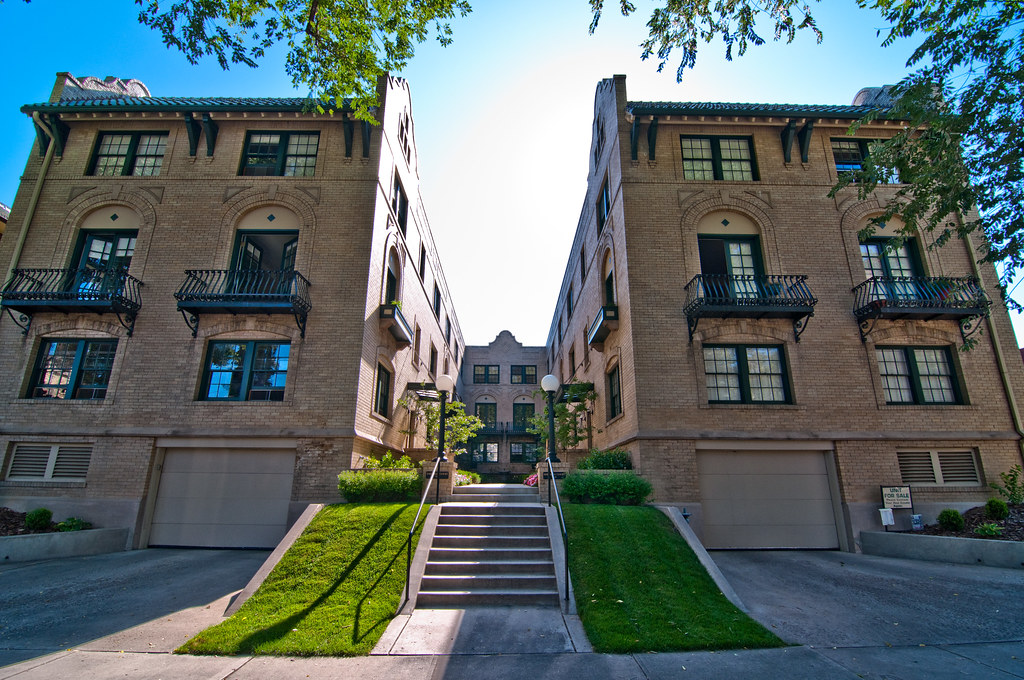 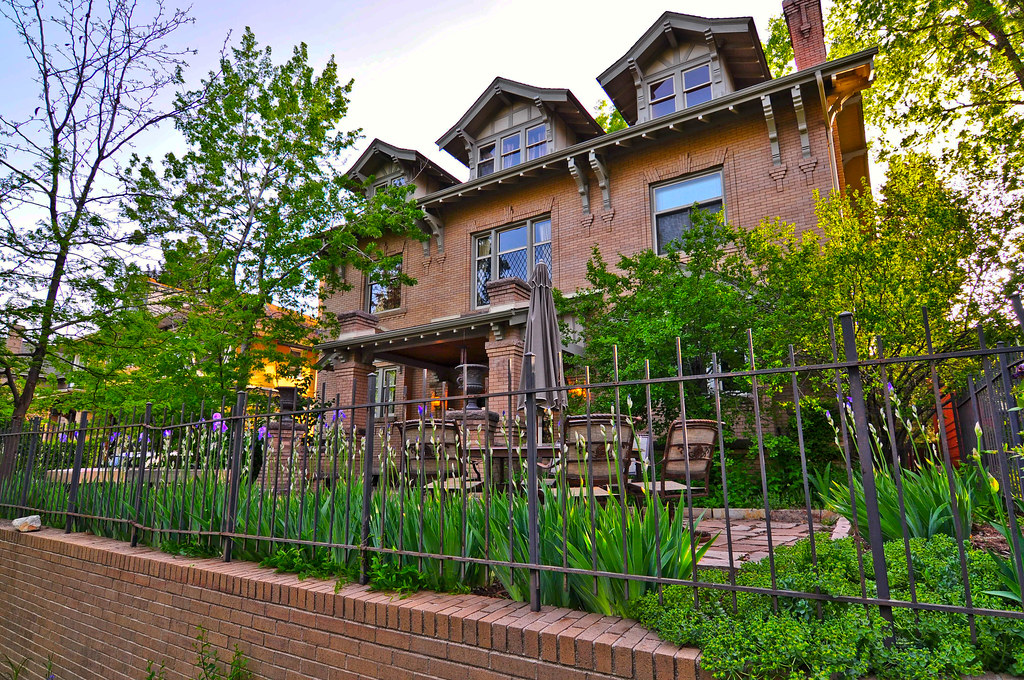 Charlie Brown’s Bar and Grill in the Colburn Hotel, where Jack Kerouac and Neal Cassady spent time in the summer of 1947, visiting Carolyn Cassady, who studied art and theatre at the University of Denver and lived at the Colburn. 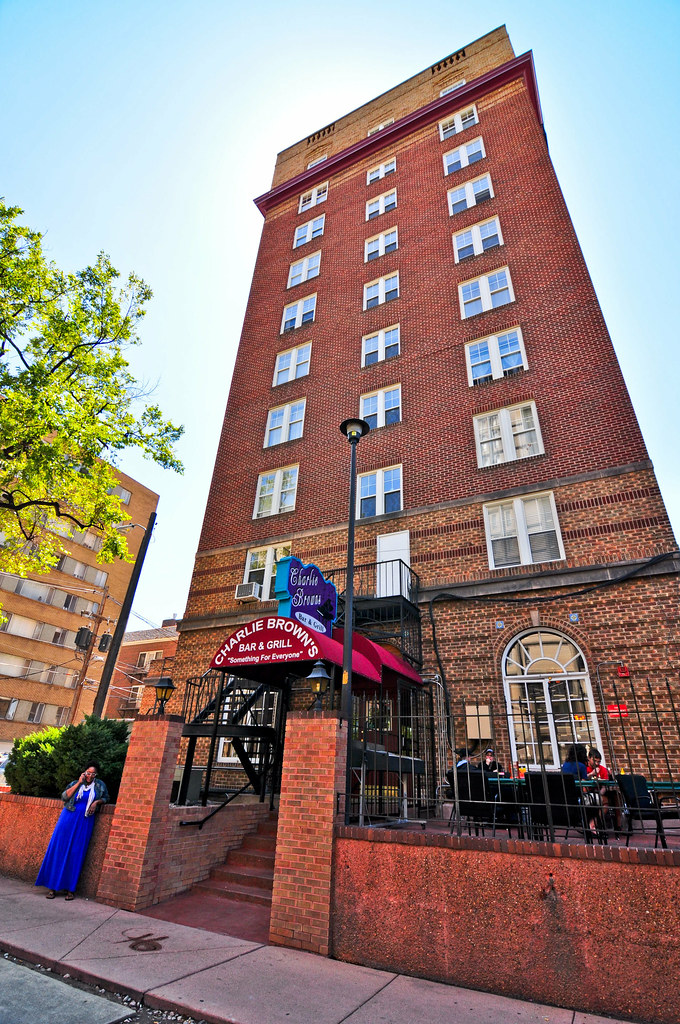 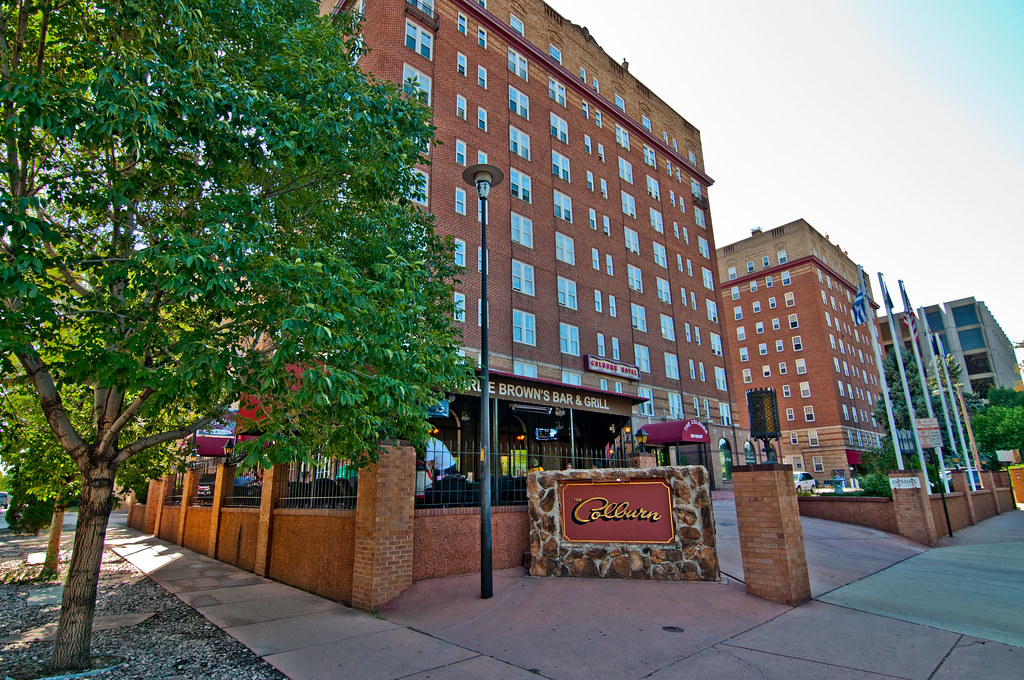 The Colburn Hotel - 1925 - This is where Cassady and Kerouac lived and Allen Ginsburg as well until he ran out of money. 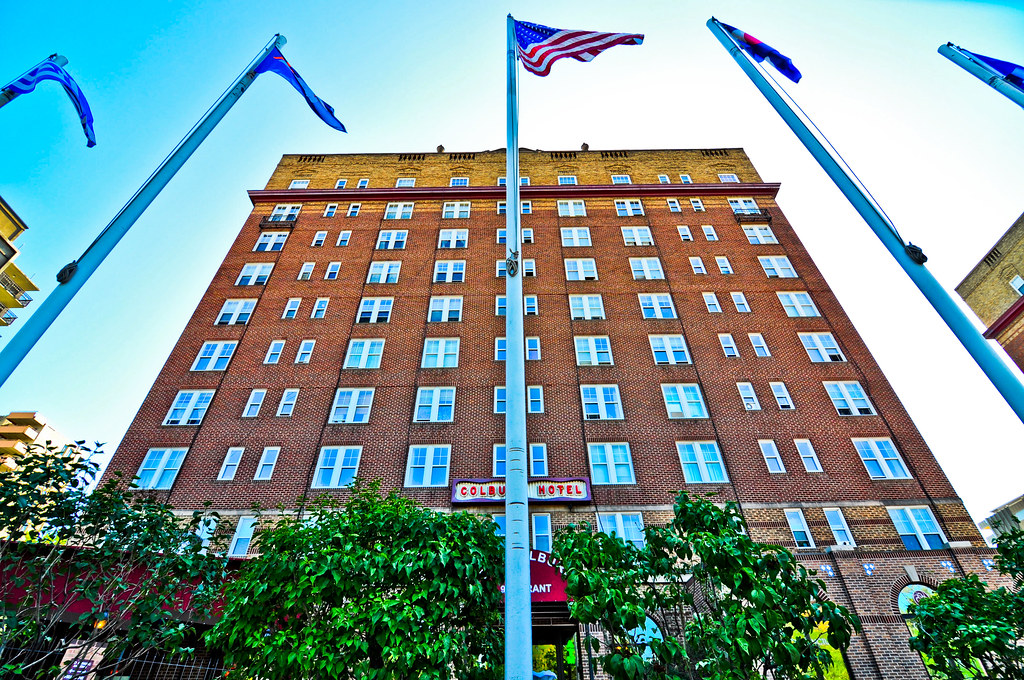  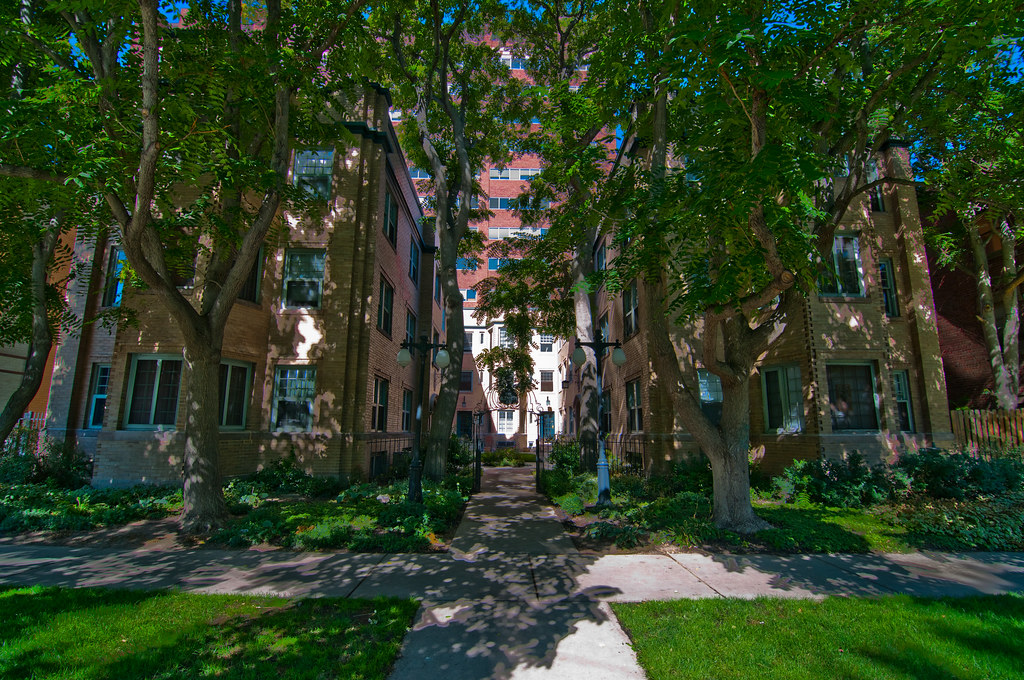 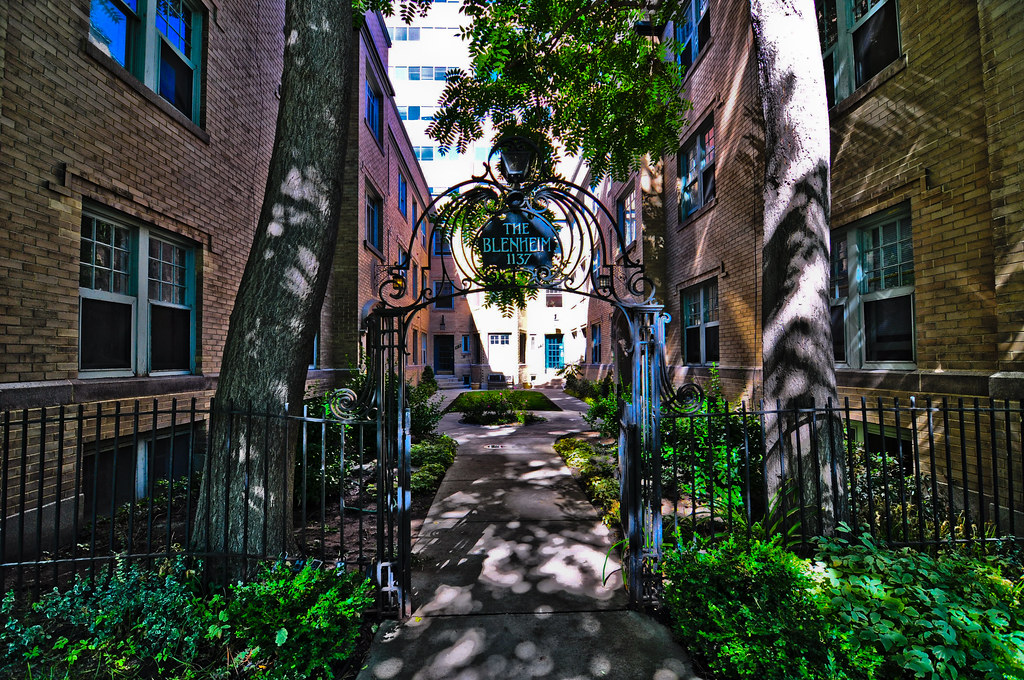 Montgomery Court - 1908 - Built in he Renaissance Revival Style, it was one of the first fireproof, reinforced concrete residential buildings. It was also one of five Capitol Hill apartments that introduced the front light court in the city. 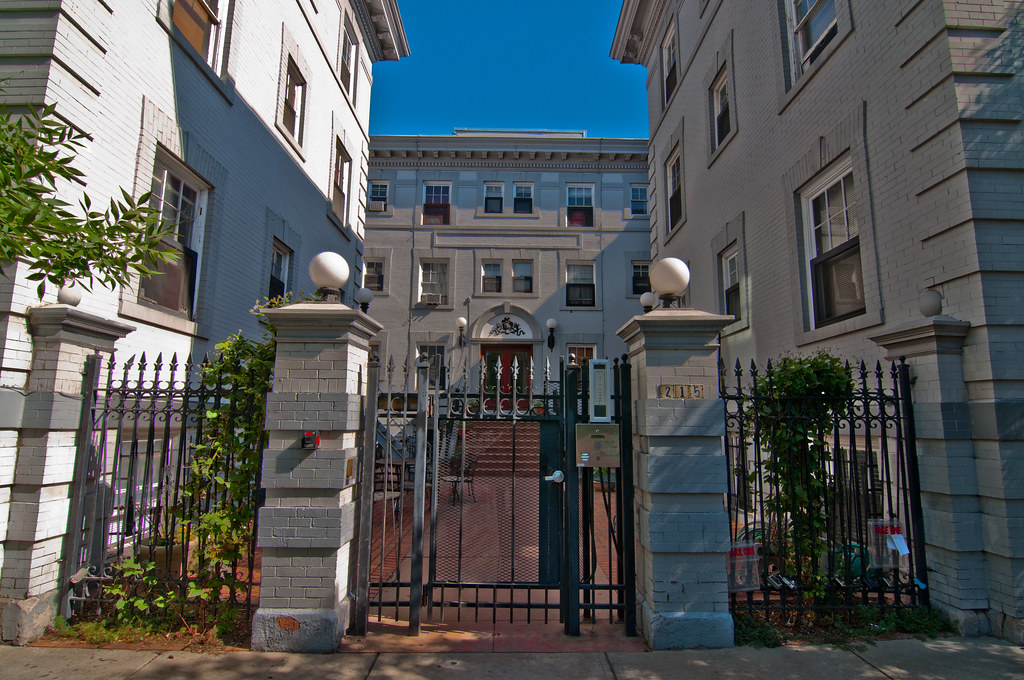 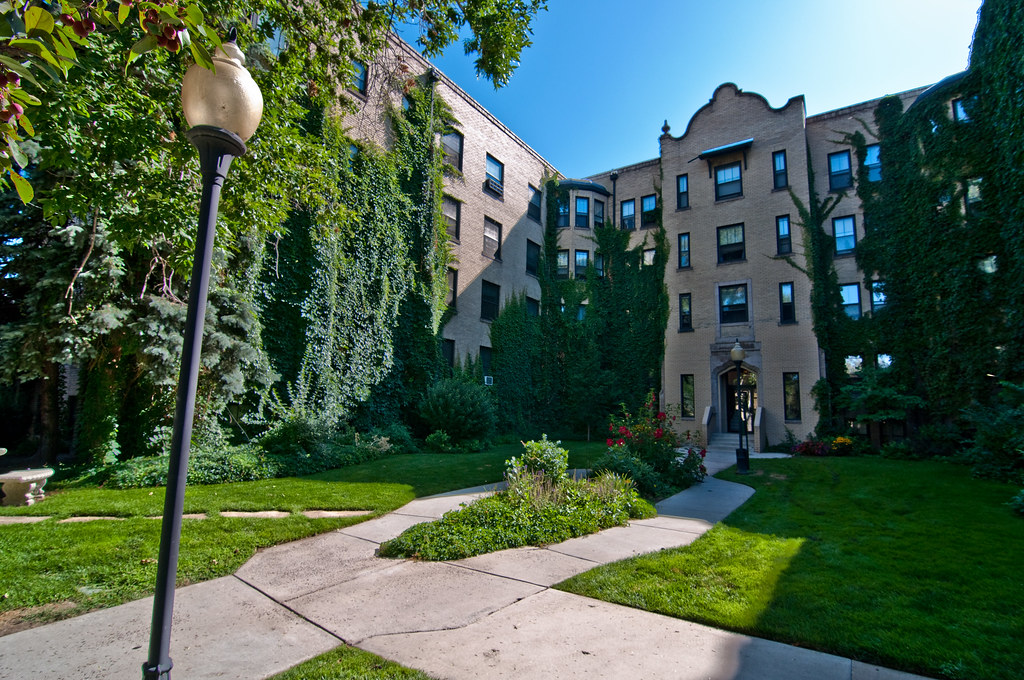 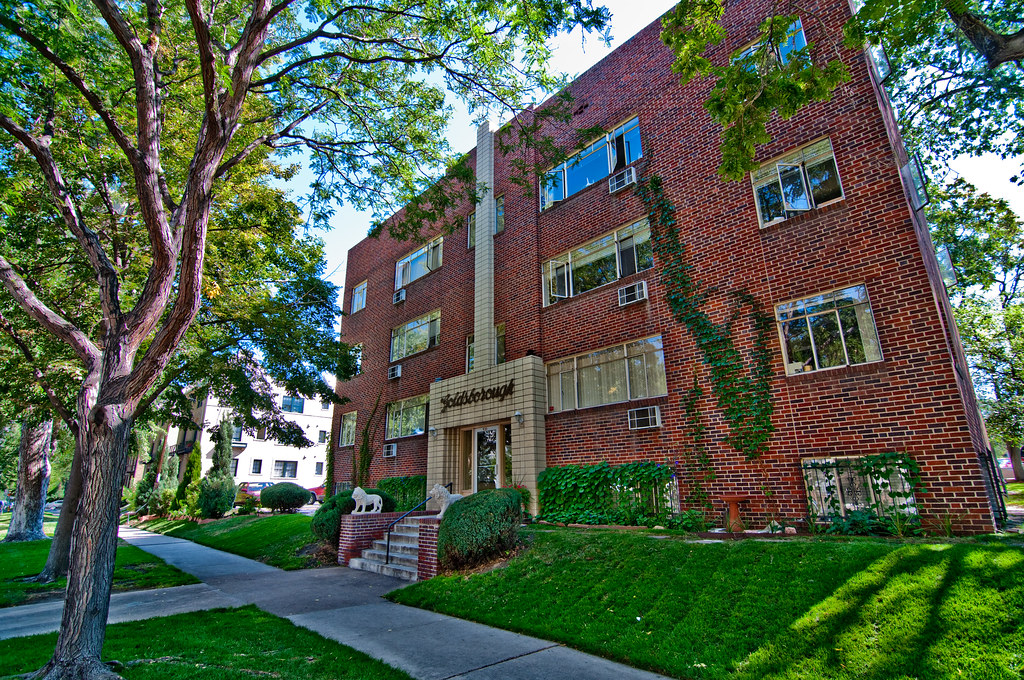 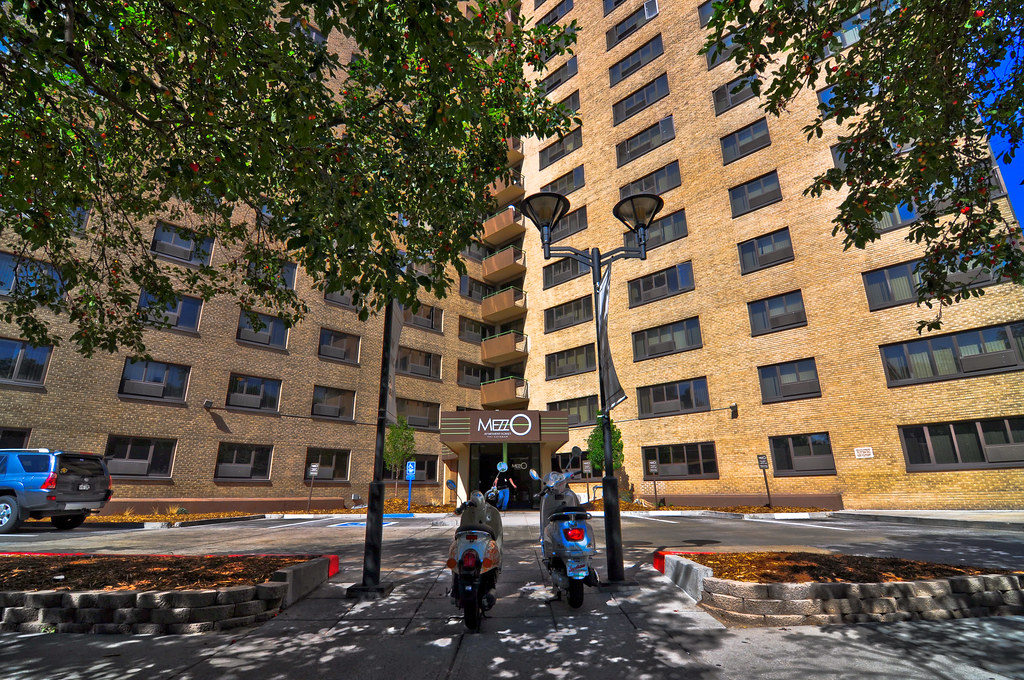   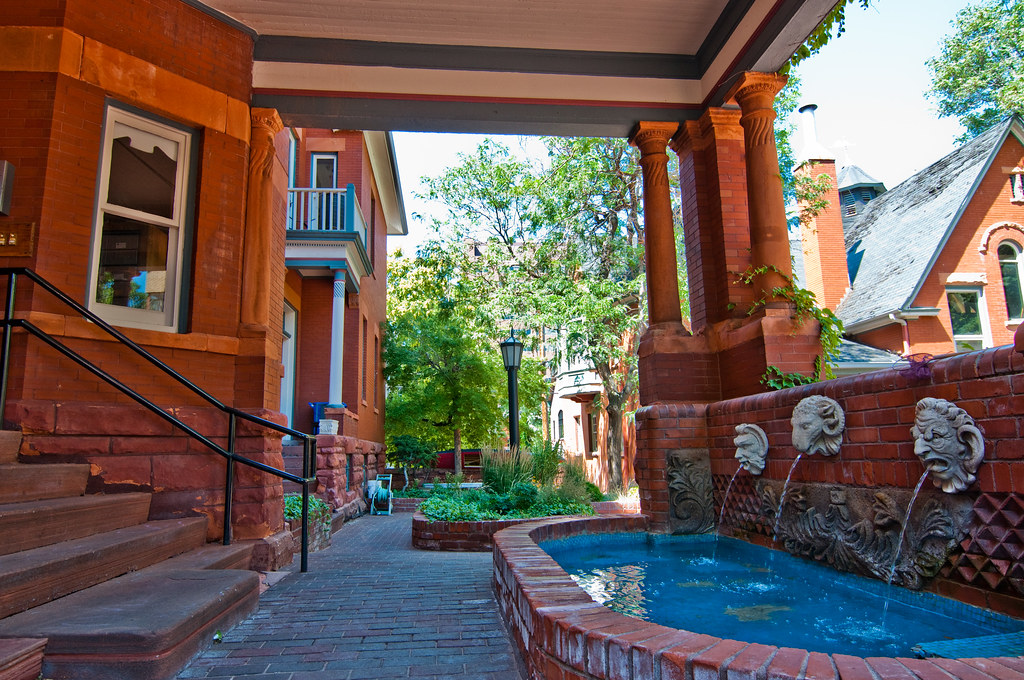 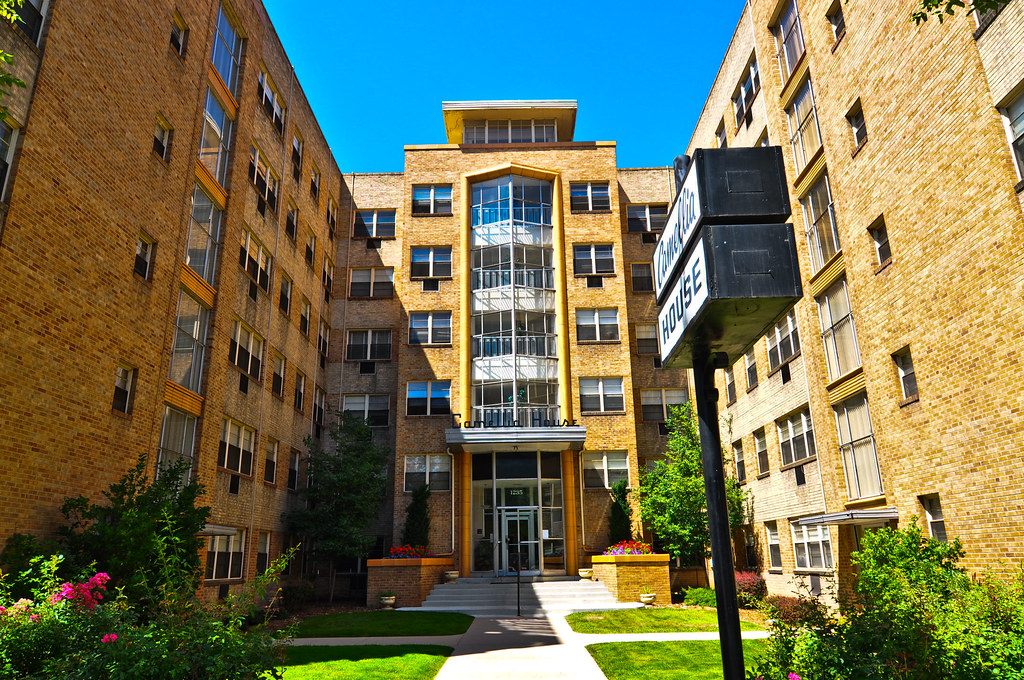 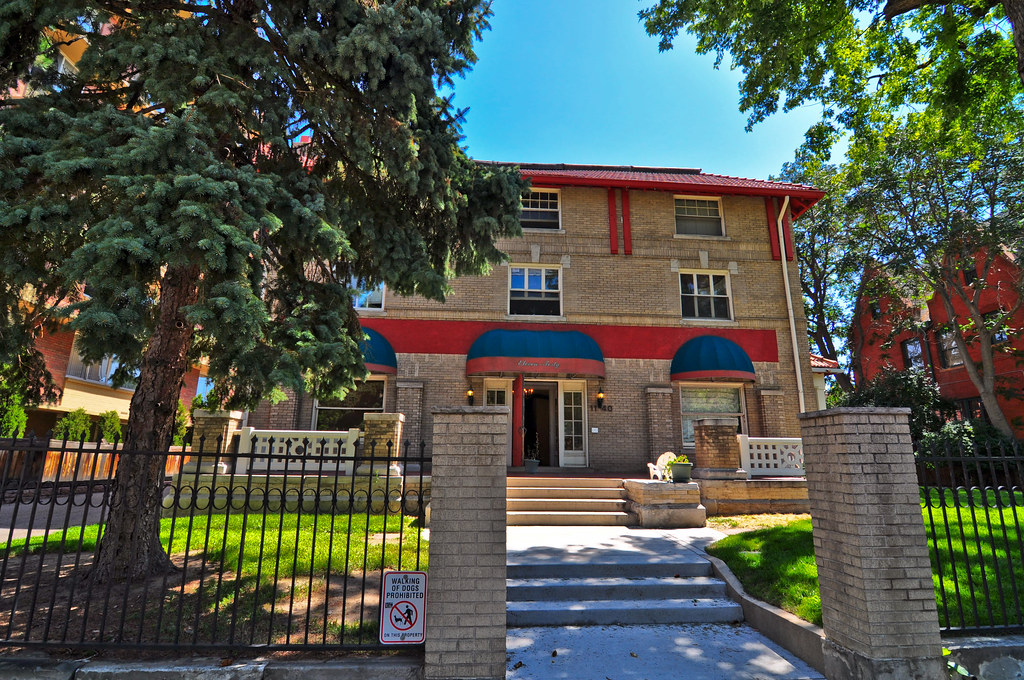  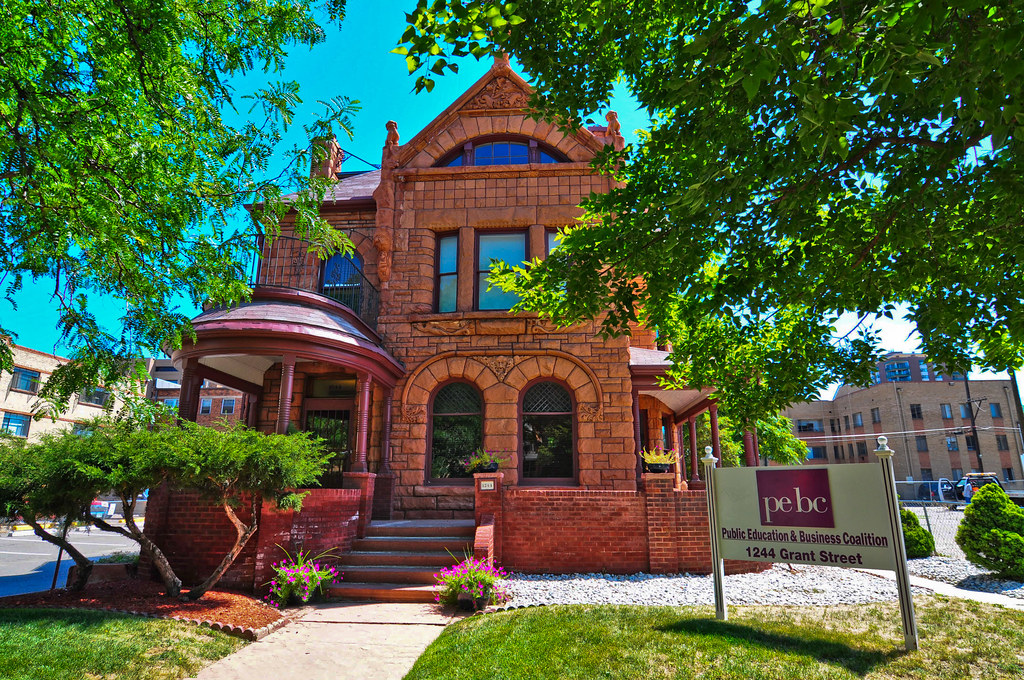 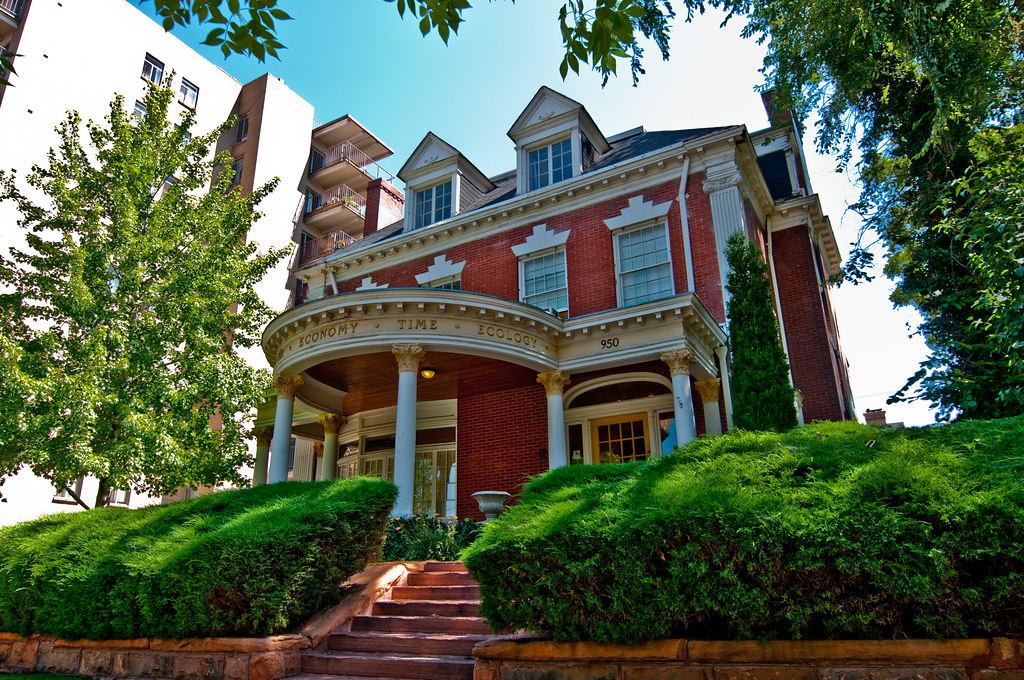  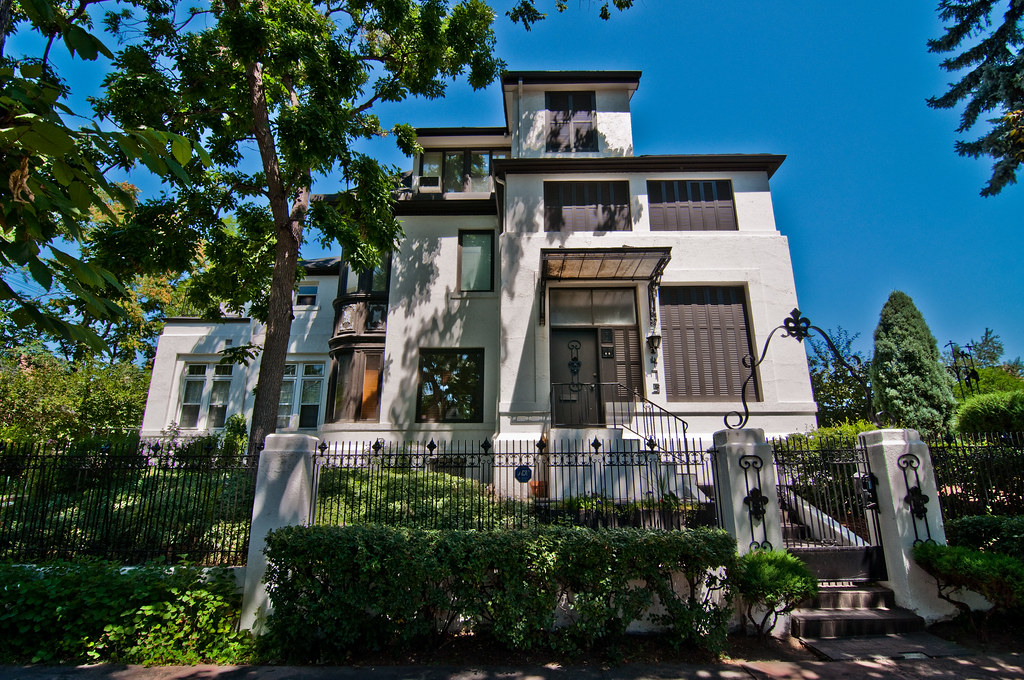 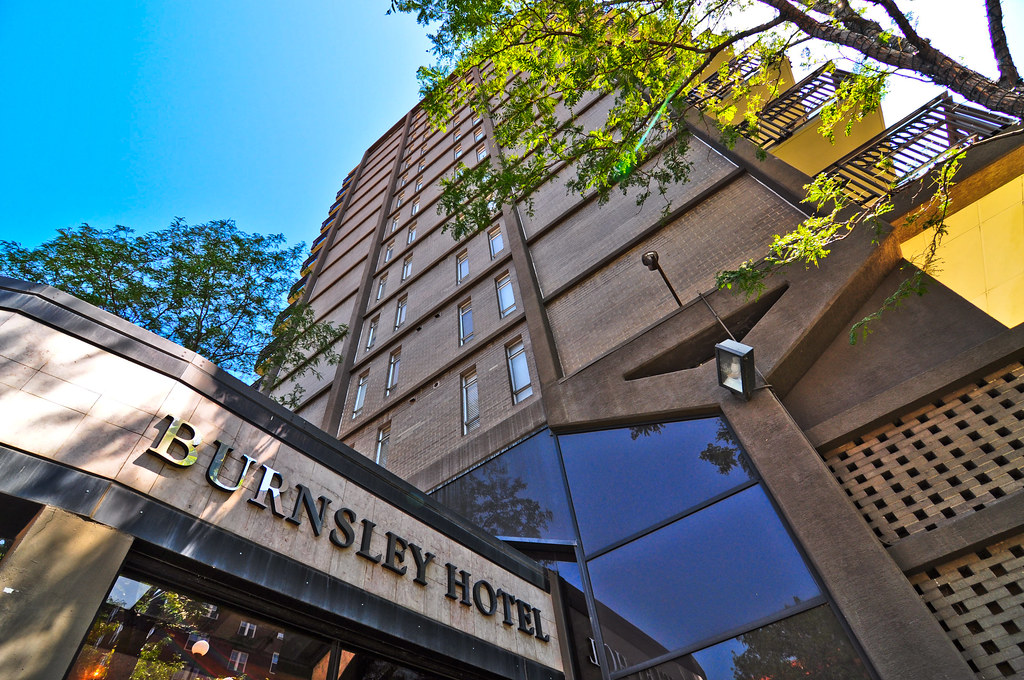 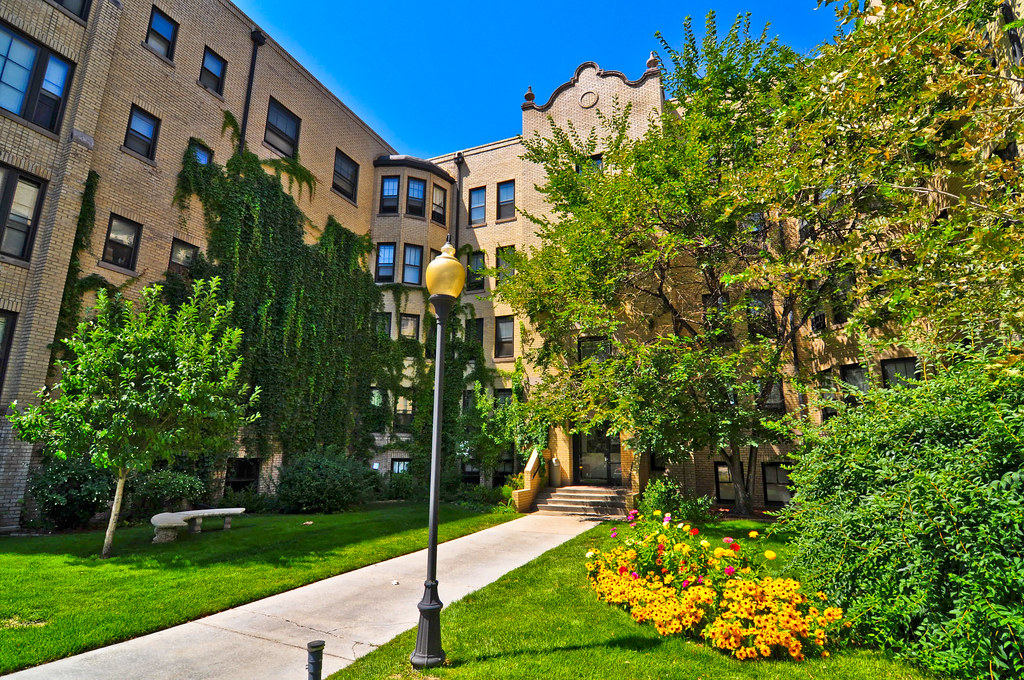    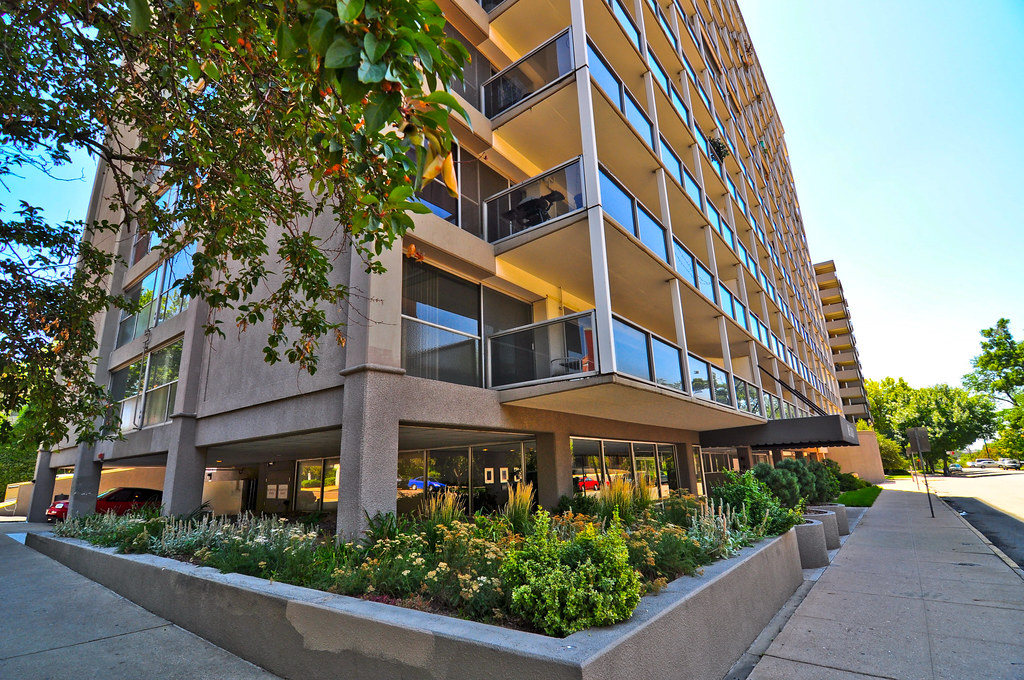 Alhambra - 1892 - This Moorish Revival style home was built by Hal Sayre from a basic foursquare plan. Features ogee arch windows and arcaded front porch. 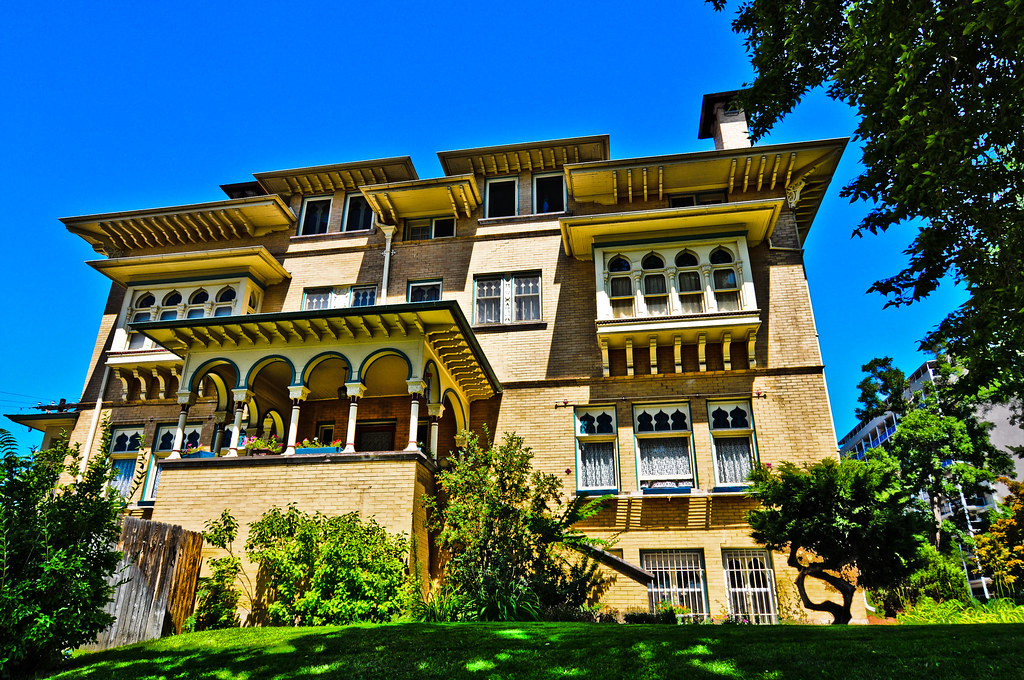 The interior doorways and woodwork echo the arabesque exterior.  Denver Public Library, Western History Collection 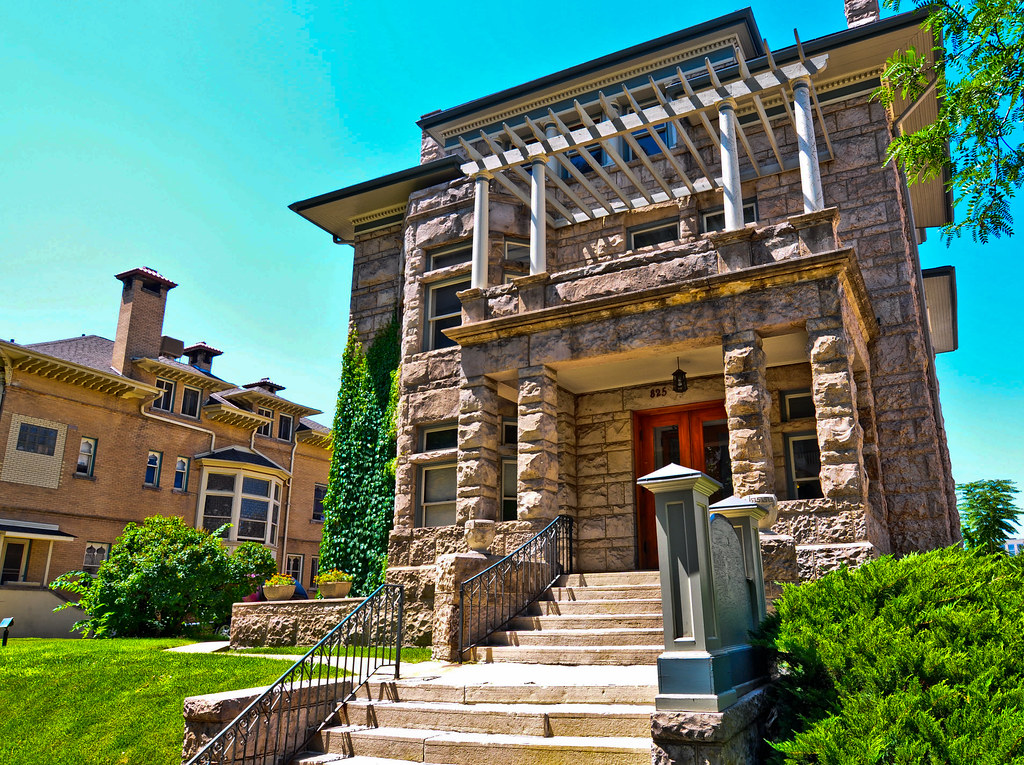 The Cardenas - 1925 - another Walter Rice design flaunts ornament loosely based on Spanish Colonial design with tile pent roof, iron balconies, curvilinear parapets and arched bays accented by white plaster contrasting with the dark brick. Rice designed this and several other buildings with the Churrigueresque ornament of 18th century Spain and Mexico.  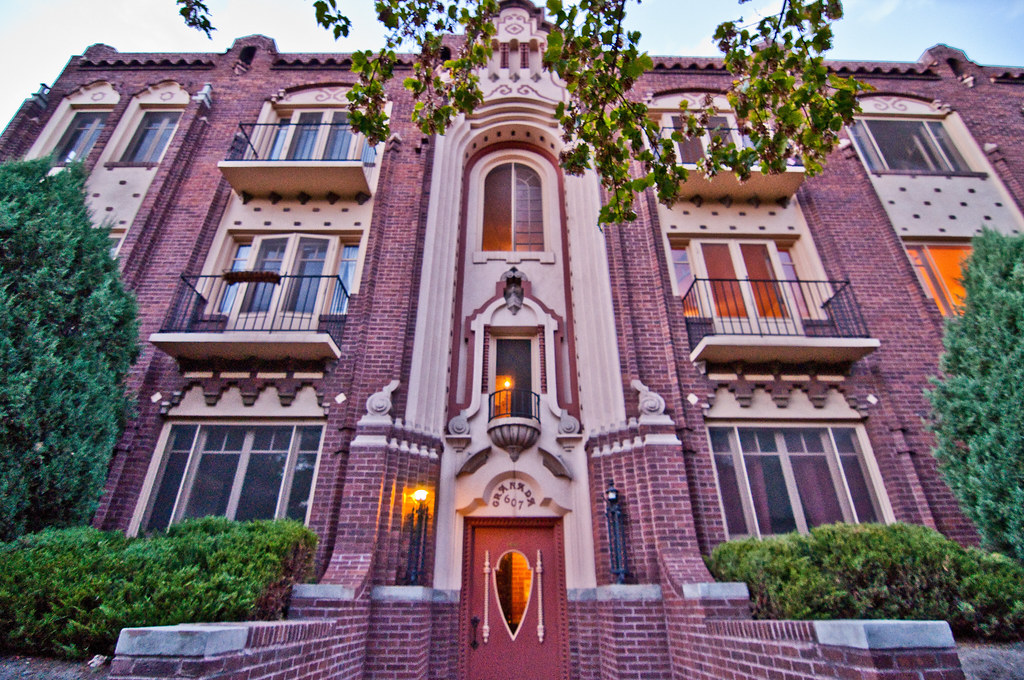 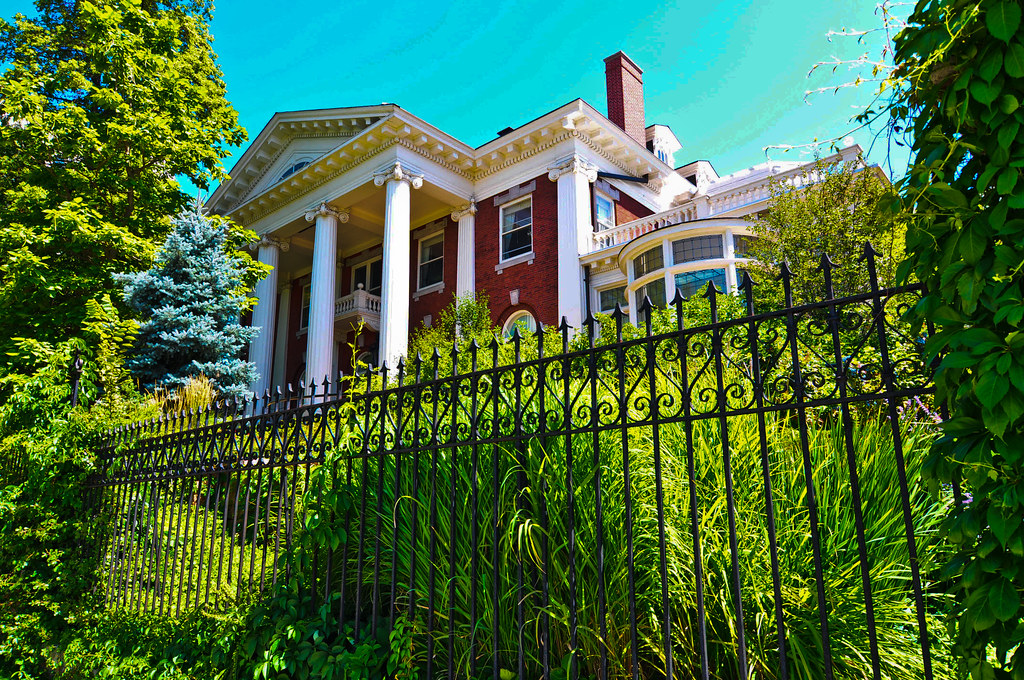 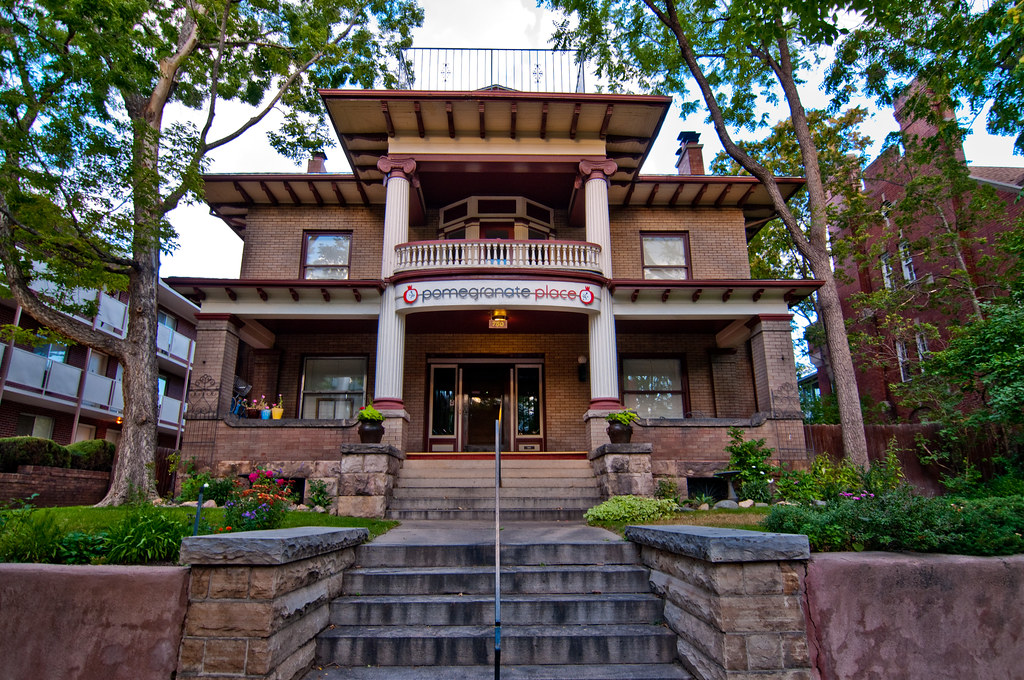 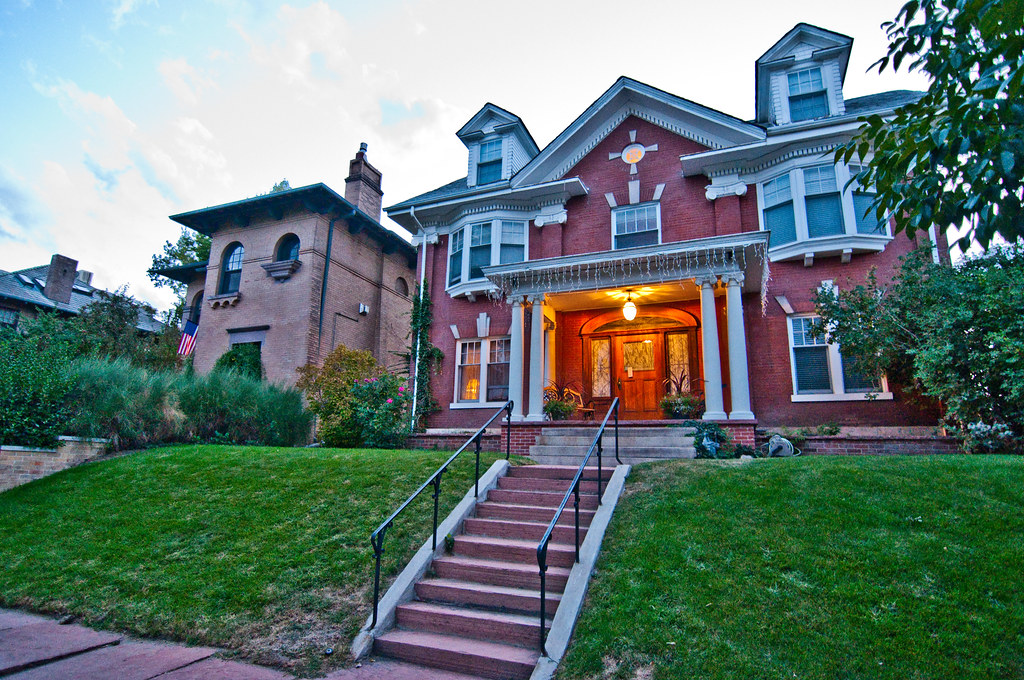 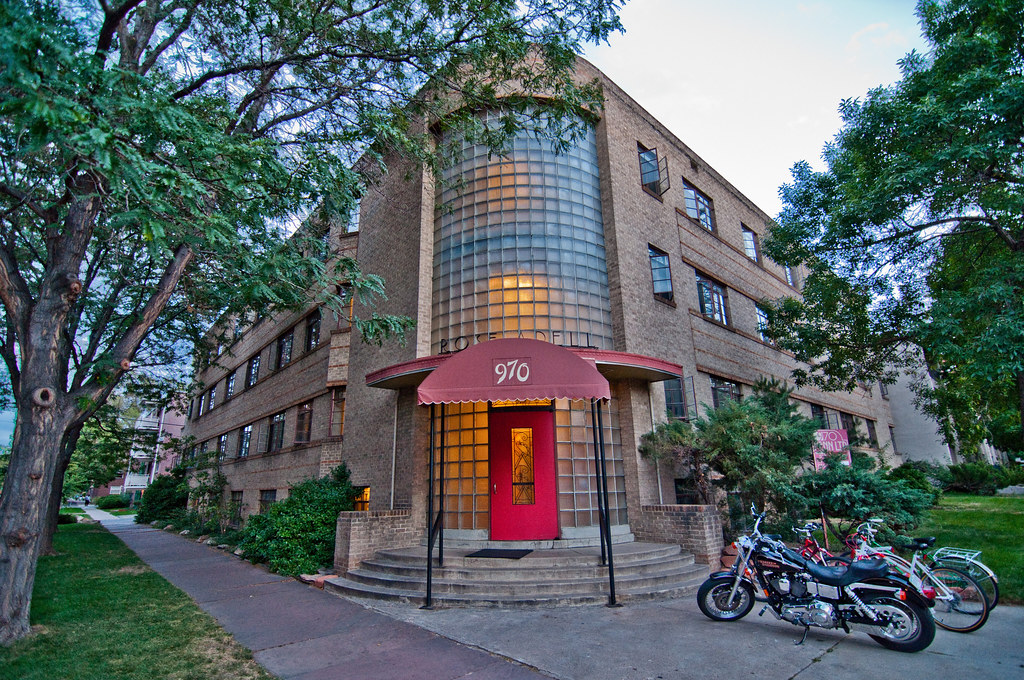 The Adolf Zang residence - 1902 - This Neoclassical design by Frederick C. Eberley features a two-story, semicircular and balustrated Ionic columned portico. Original interior features include gold leaf and hand-painted ceilings, stained glass windows, and ten varieties of wood for paneling, doors, moldings, and carvings. Current use is for offices. 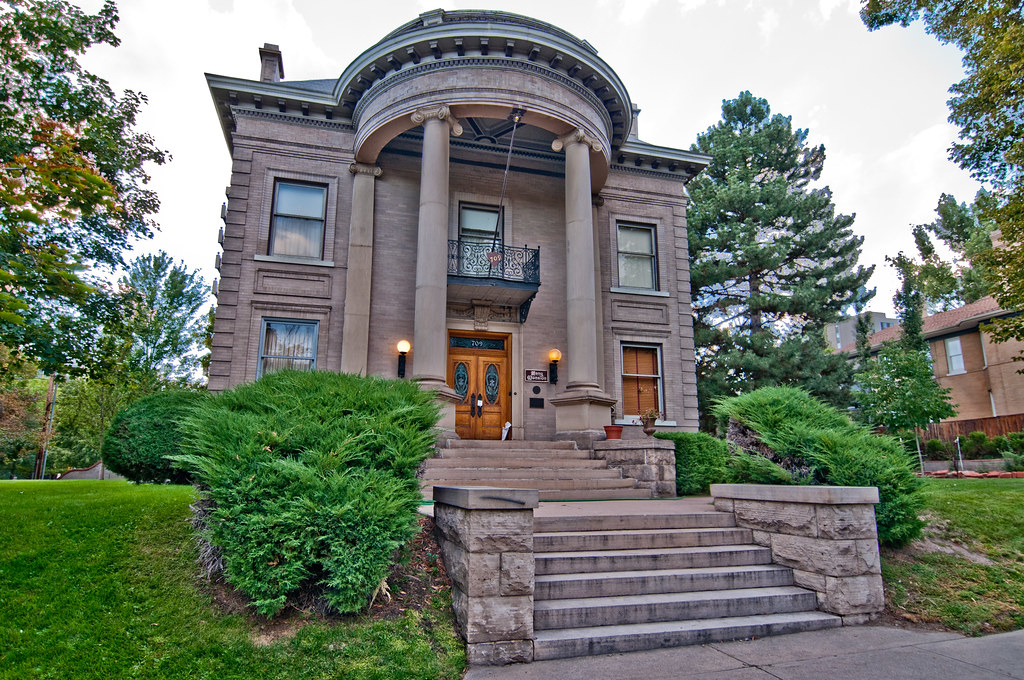  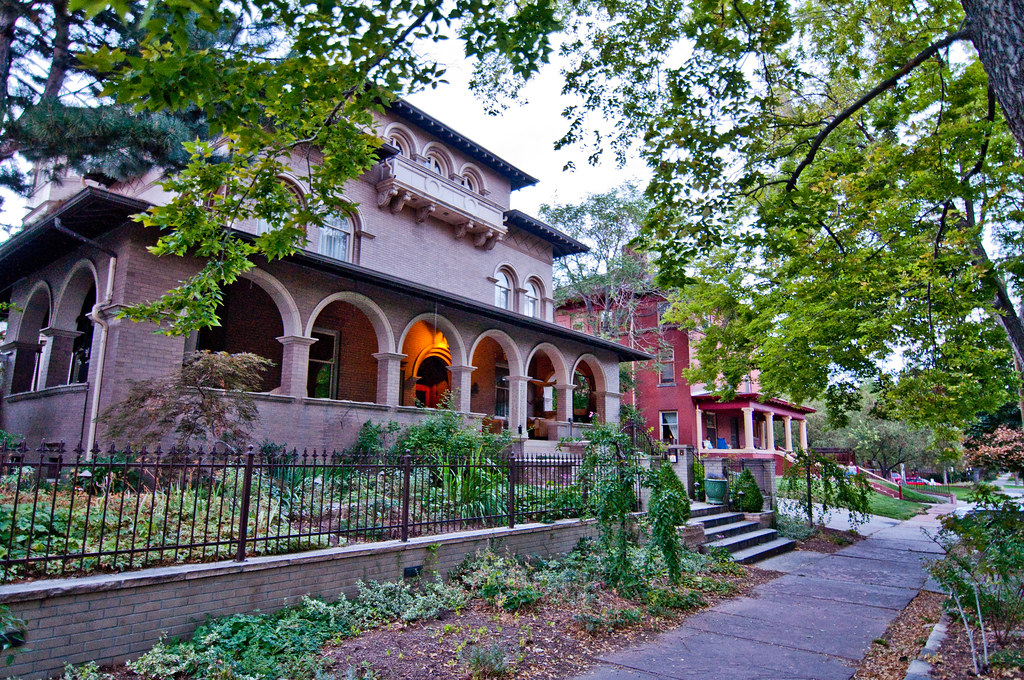 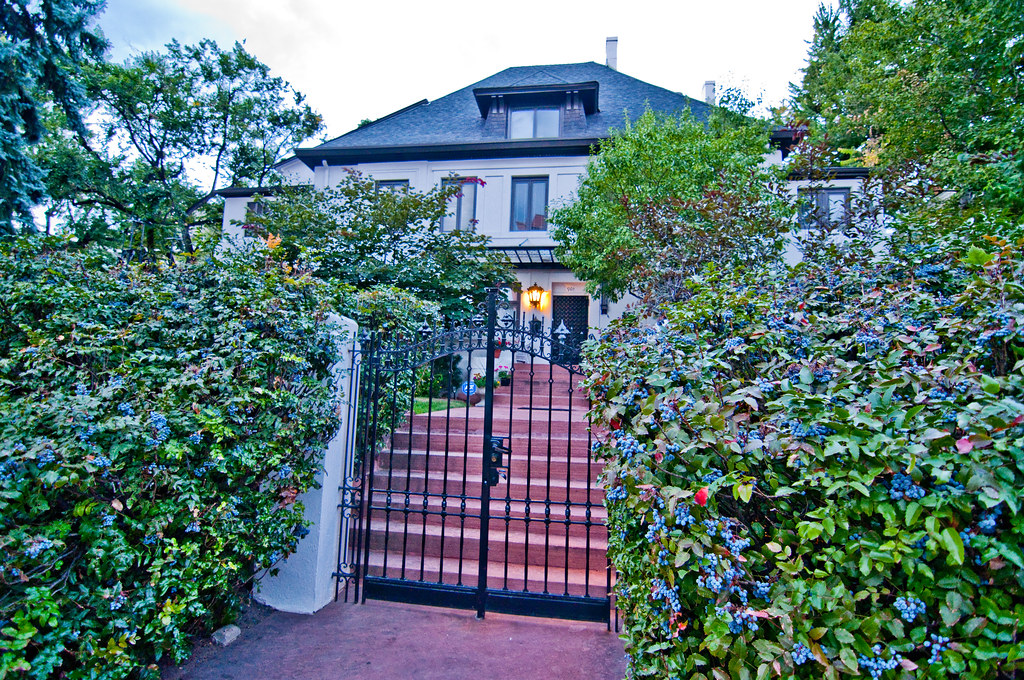 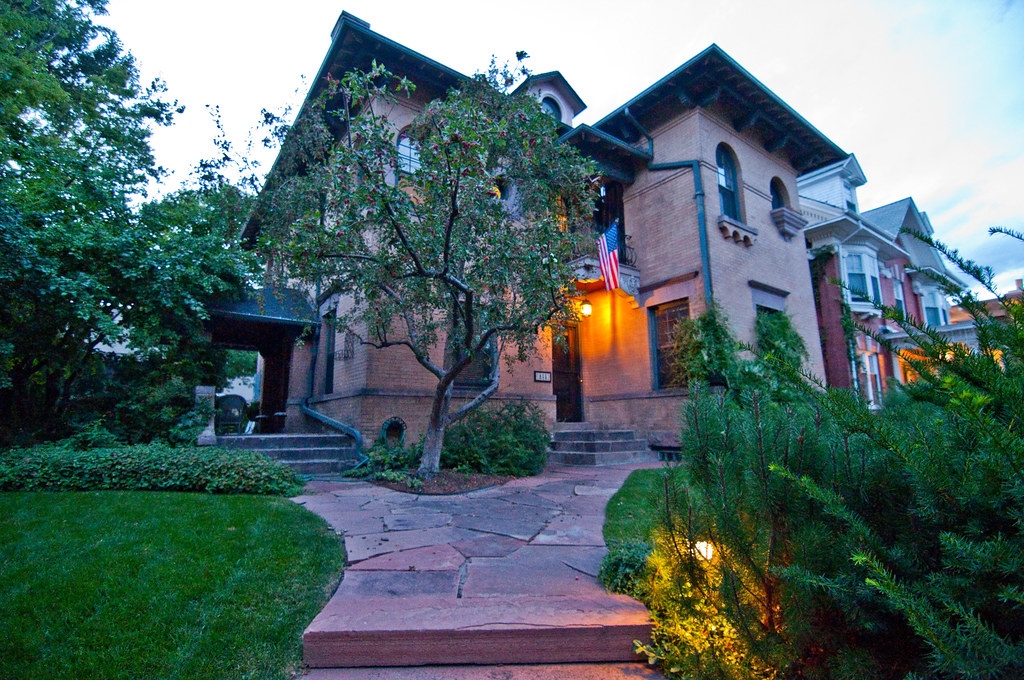  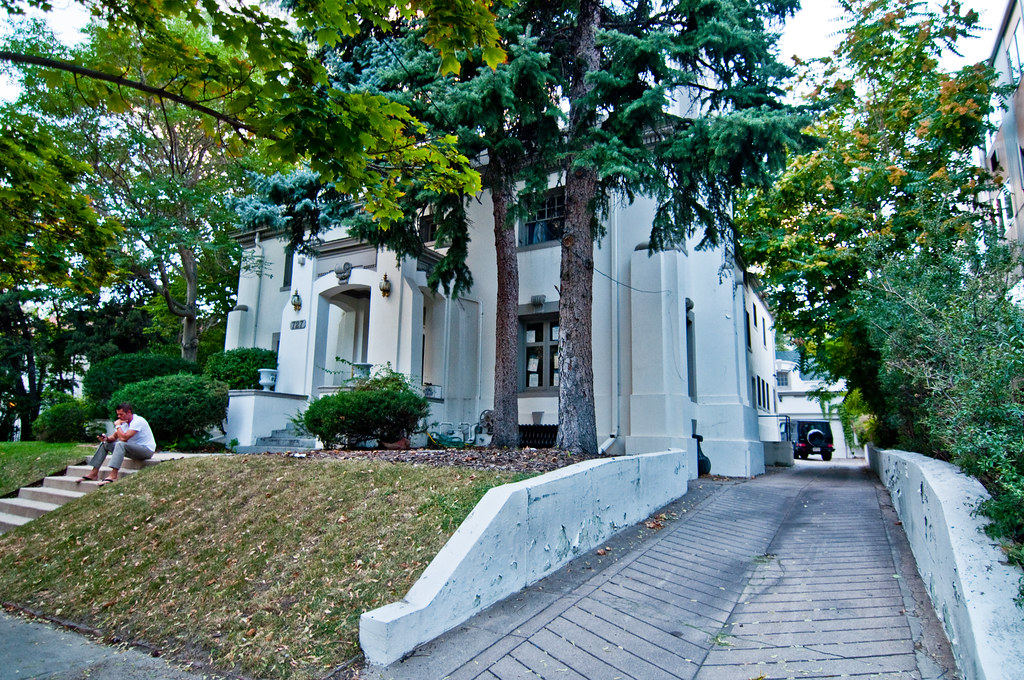 Another mansion converted into condos. I love the way they created intimate spaces. They even subdivided the former pool house. The landscaping is wonderful. 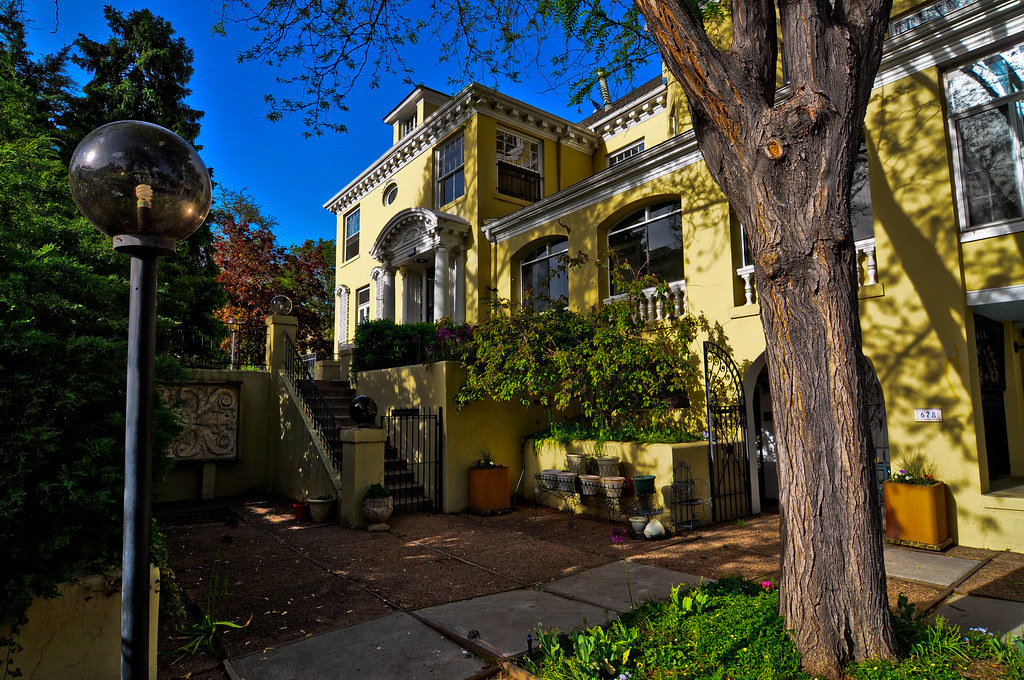 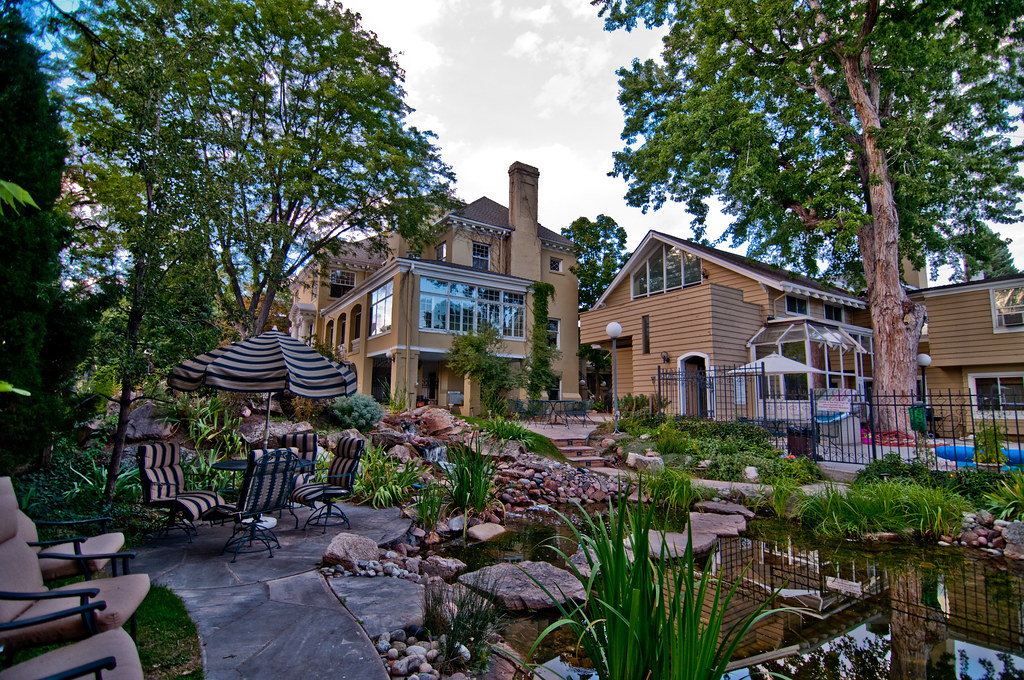  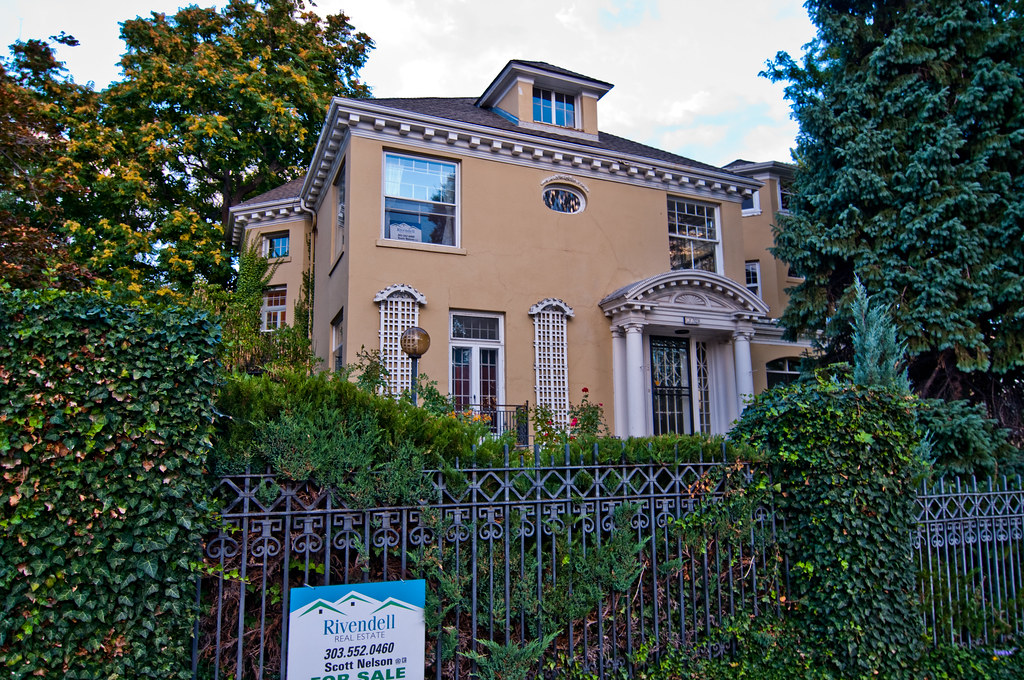  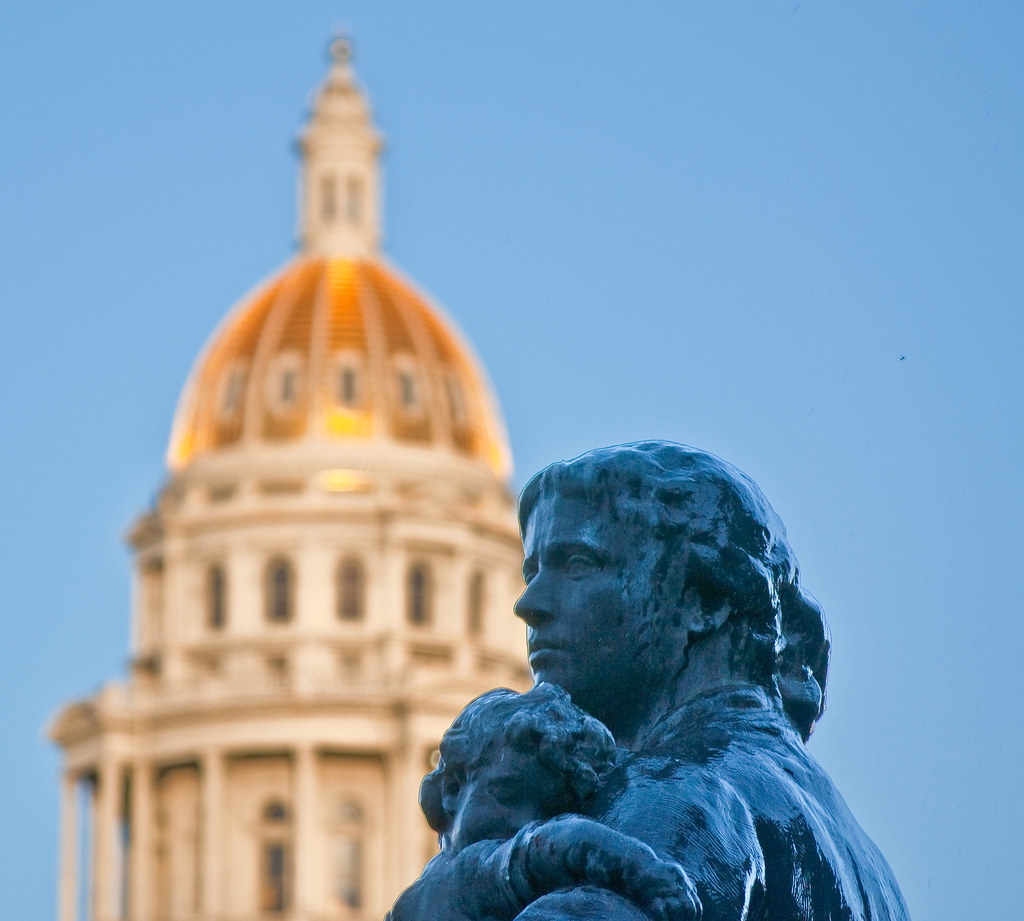 The Voorhies Memorial, designed by sculptors Arthur and William Fisher, was installed at the north end of Denver Civic Center Park in 1920. The 35-foot sandstone on granite and sandstone base semi-circular pillar structure was a gift from John N. P. Voorhies. 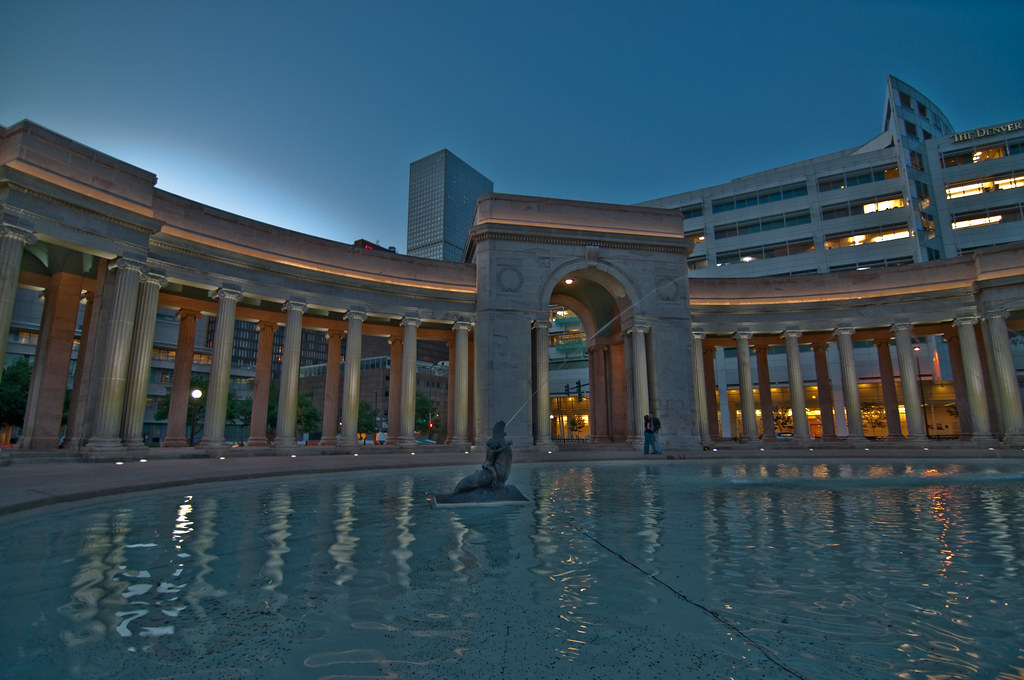 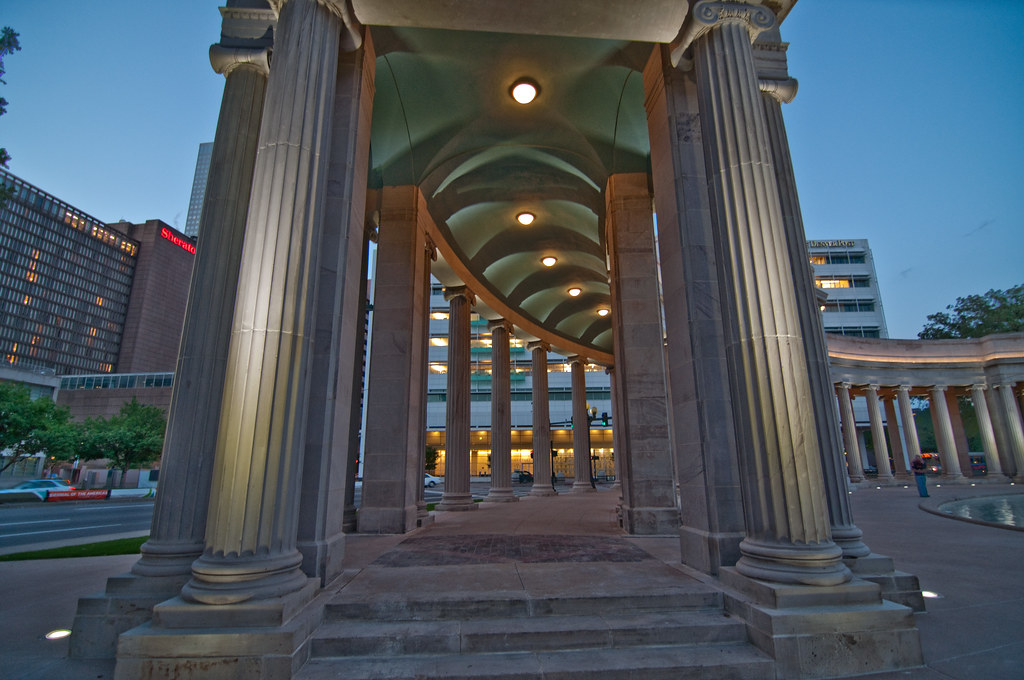 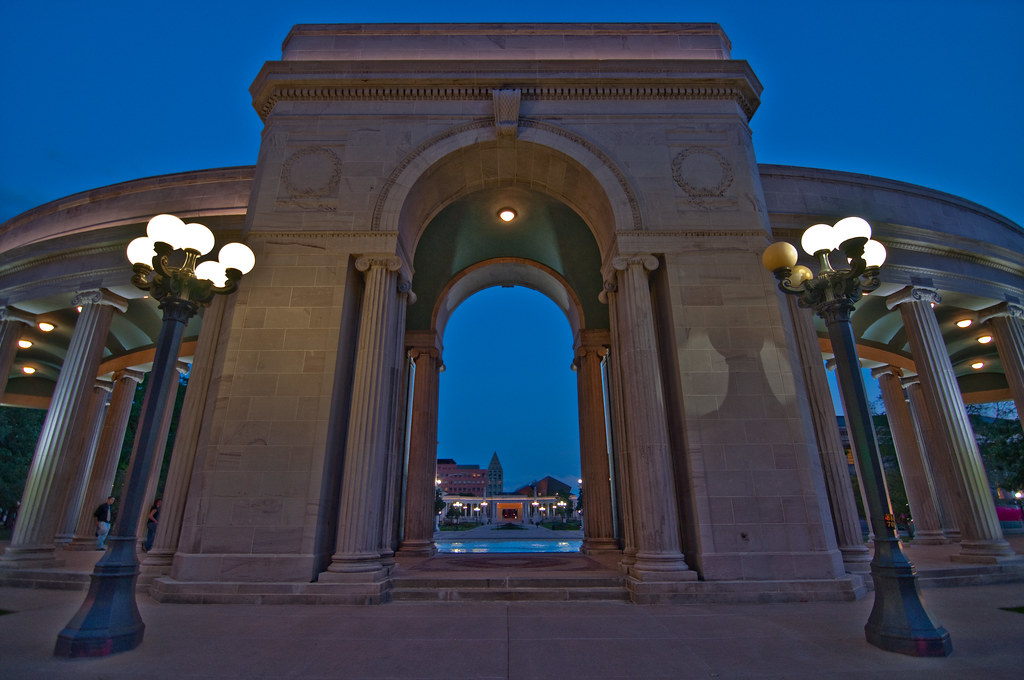 Denver Civic Center Park officially opened in 1919. The park originated with mayor Robert W. Speer's City Beautiful civic improvement campaign. Speer hired Charles Mulford Robinson to develop plans for the area, which were defeated in a 1907 election. Speer remained determined to proceed but was stalled when replaced as mayor in 1912. The new mayor brought in Frederick Law Olmsted Jr, whose ideas included an informal grove of trees on the eastern edge of the park, and a lighted concert area. When Speer was reelected in 1917, he brought in Chicago planner and architect Edward H. Bennett, who combined all the previous plans, and added the Greek amphitheater, the Colonnade and the seal pond.  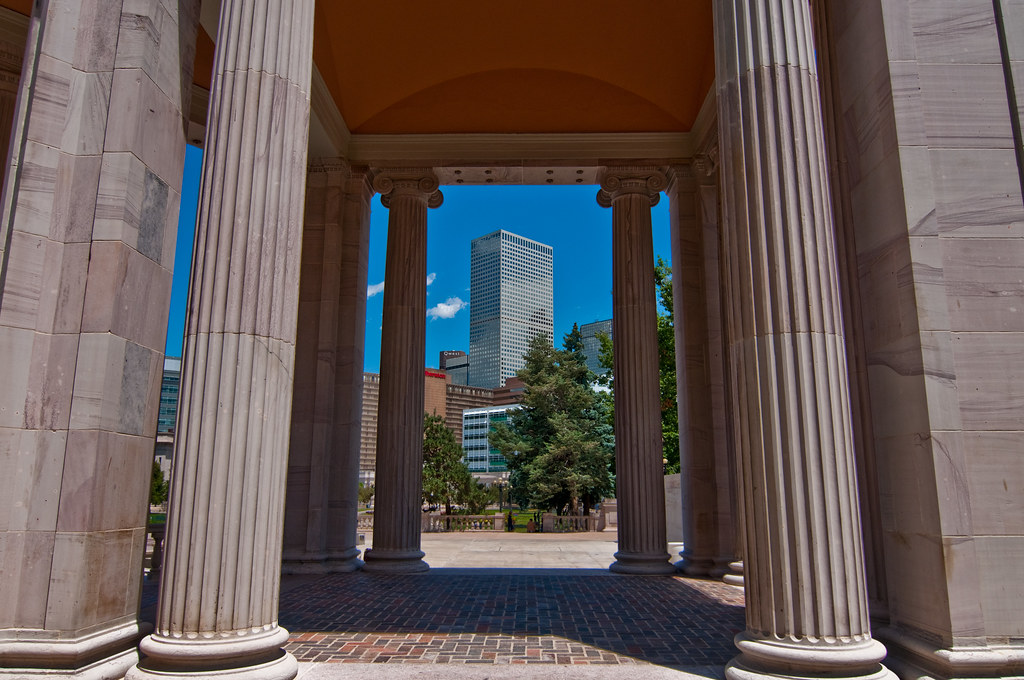  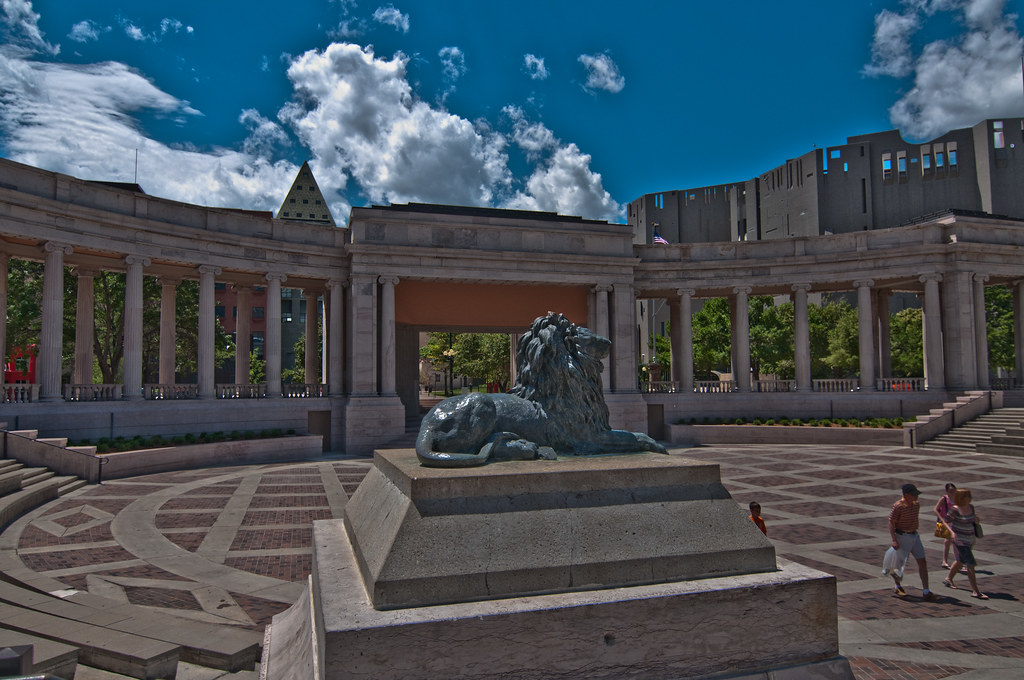 The McNichols Building - Civic Center. 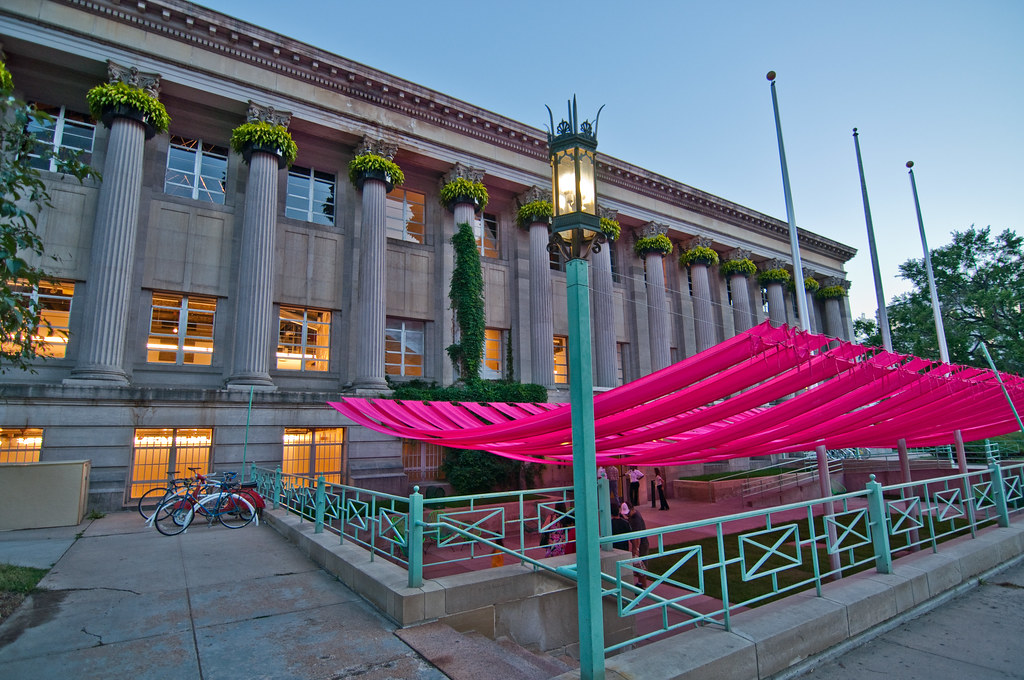 The Denver City and County Building was conceived as part of the 1906 Robinson Plan but took 26 years and the combined efforts of 39 architects to realize, finally completed in 1932. Designed in a Beaux-Arts Neoclassical style, the facade features two curved wings with engaged Ionic columns, a rusticated base of Cotopaxi granite, and a carillon clock tower topped with a golden eagle. A monumental staircase leads up to a three-story tall temple-front entry with Corinthian columns of Stone Mountain, Georgia, granite. Large bronze doors open into a lobby featuring Colorado travertine panels, eight 19-foot high columns in the rotunda, and various works by local artists. 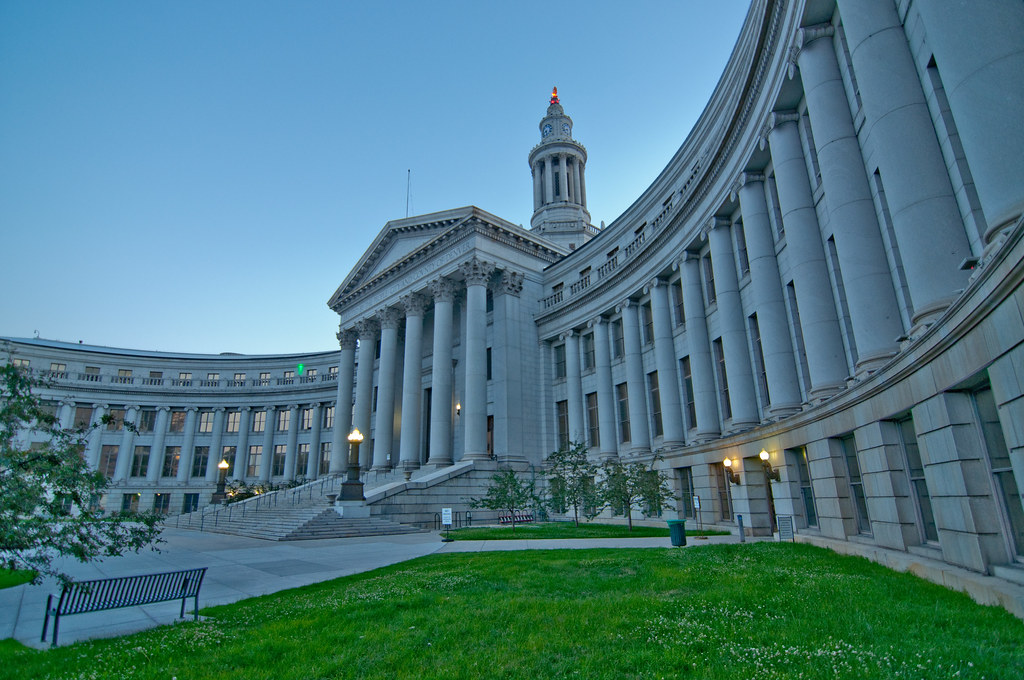 The Yearling, originally designed by sculptor Donald Lipski in 1997 for Doris Friedman Plaza in New York's Central Park, was bought by the City of Denver in 1998 and installed on the Children's Lawn at Denver Central Library in 2003. 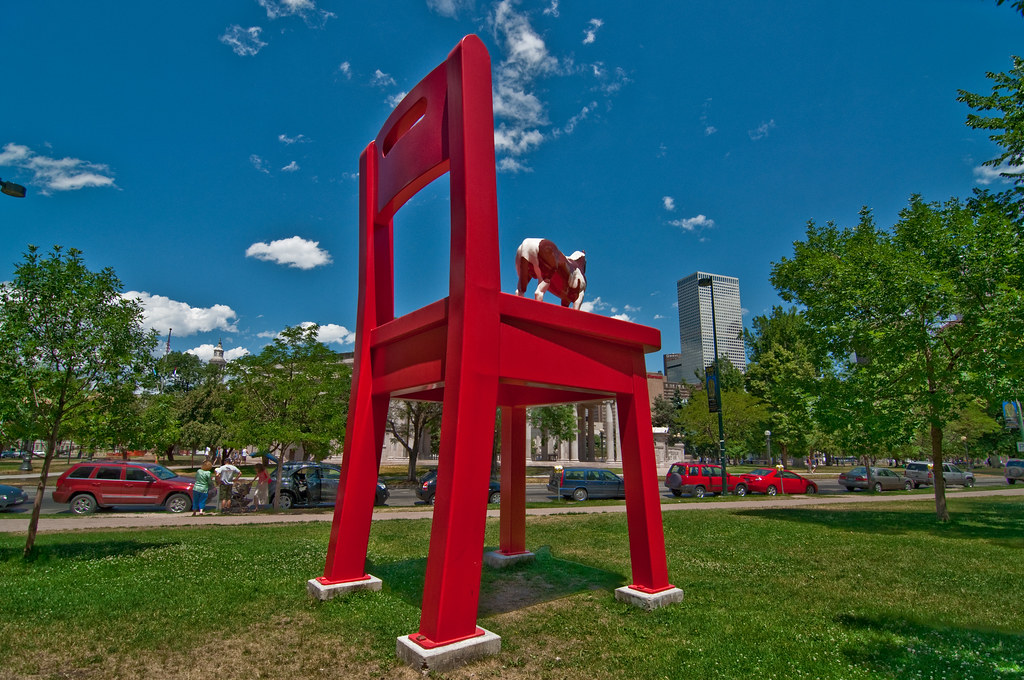 In 1971, the Denver Art Museum opened what is now known as the North Building, designed by Italian architect Gio Ponti and Denver-based James Sudler Associates. The seven-story structure, 210,000-square-foot building allowed the museum to display its collections under one roof for the first time. The North Building was an innovative move away from traditional, temple-style museum architecture. More than a million reflective glass tiles on the building’s exterior complement the dramatic windows and pierced roofline of the building’s castle-like facade. 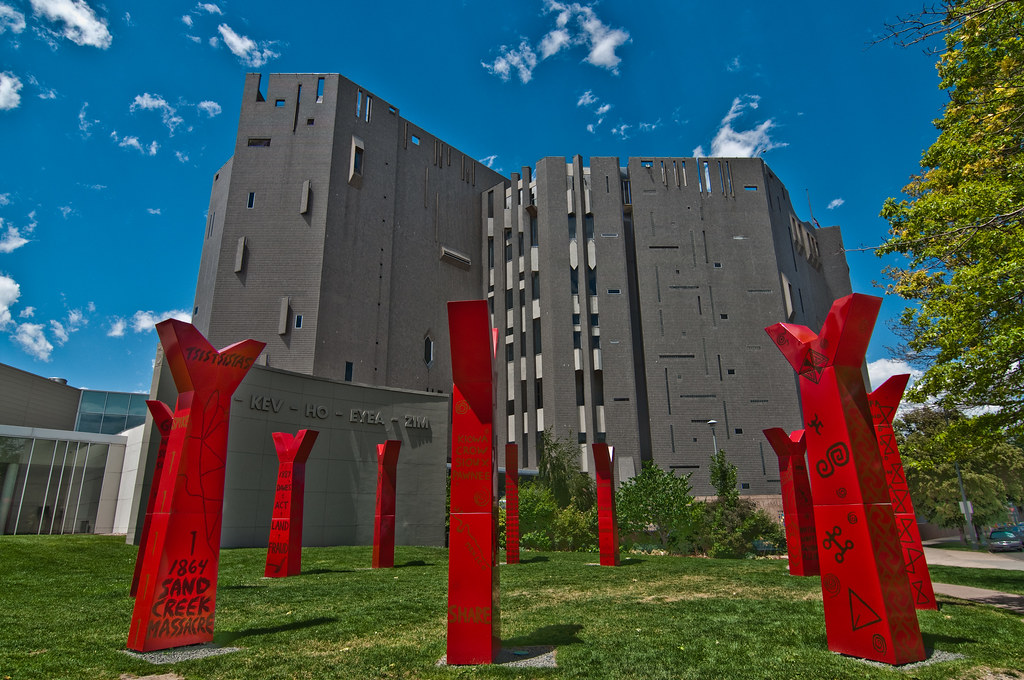 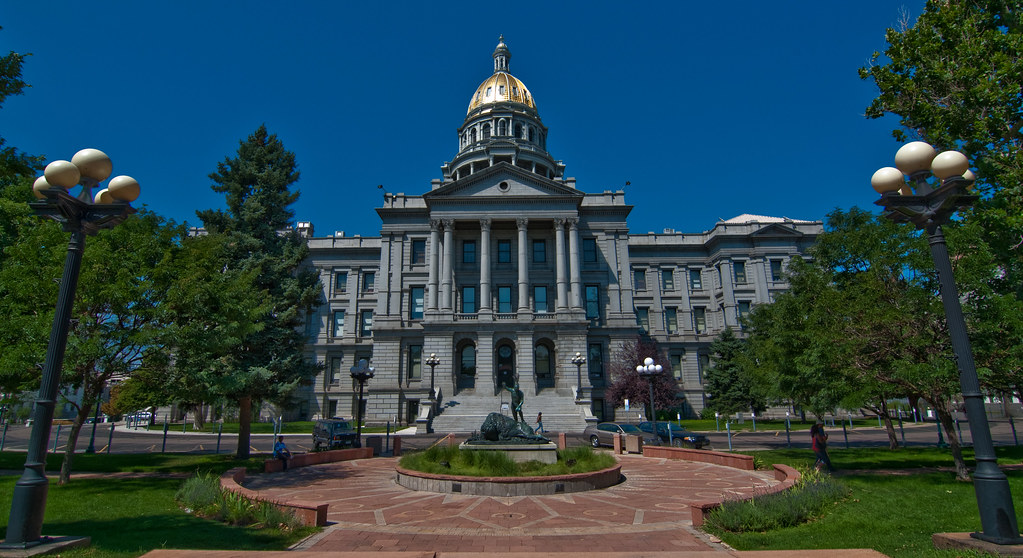   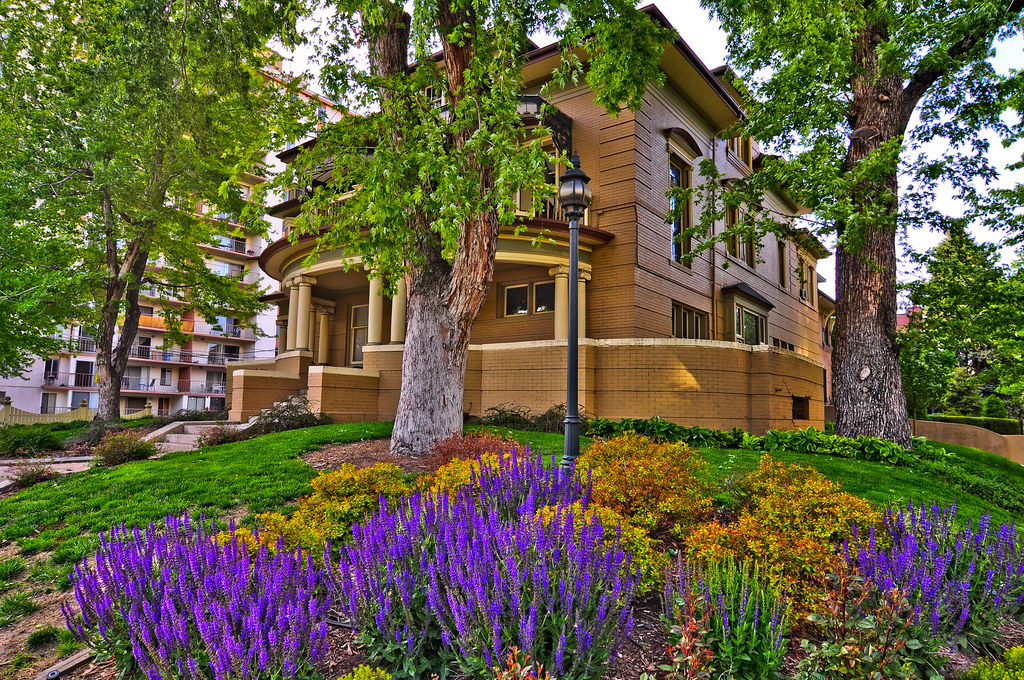 The Dorset - 1938 - Streamlined horizontal bands and belt courses, a rounded front corner, and glass and metal entry trim distinguish this building as Art Moderne. 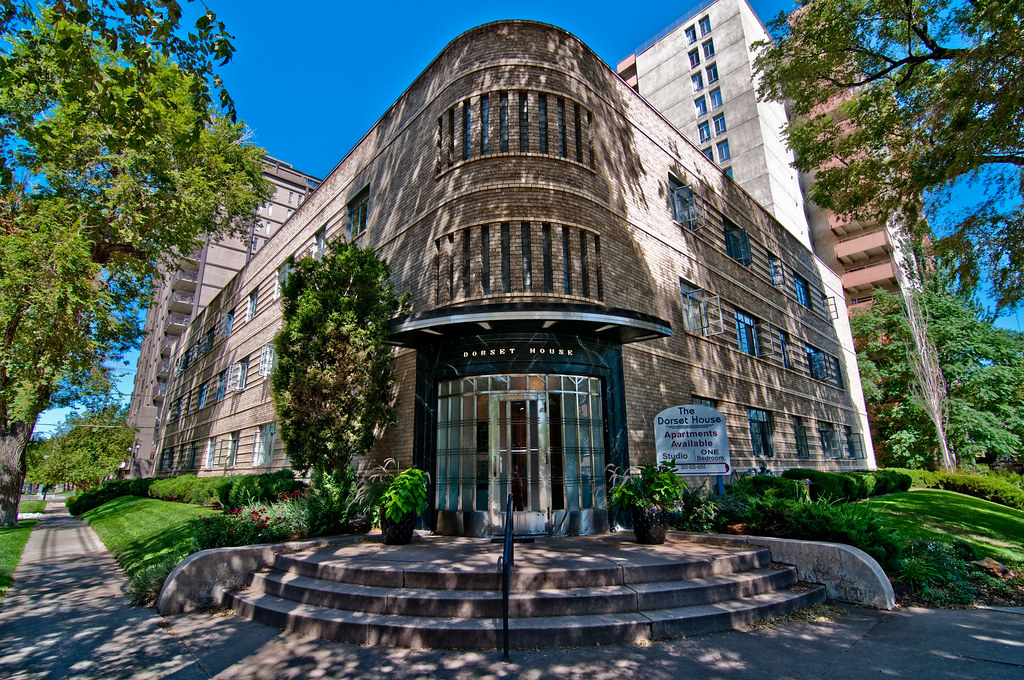 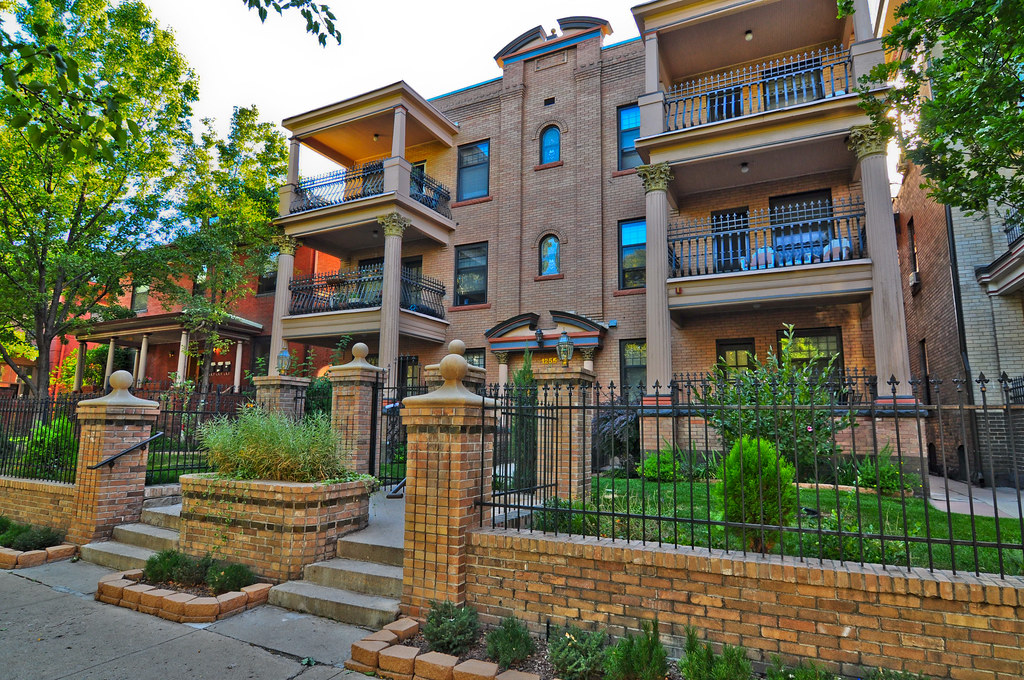 The Malo house - 1921 - Architect Henry James Manning produced this Spanish Colonial Revival house with a great deal of finely-crafted ornament on both the interior and exterior. The front has a recessed porch behind three round-arched openings with elaborate cast-concrete details and second-floor wrought iron balconettes. Of special interest are the hand-painted ceramic tiles under the roof eaves. 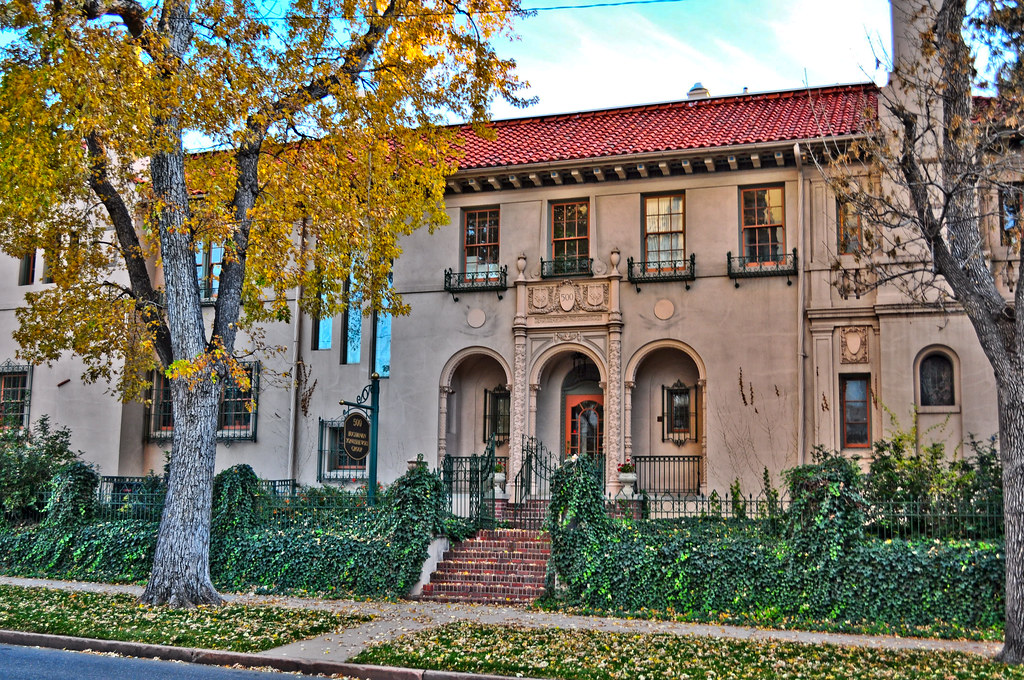 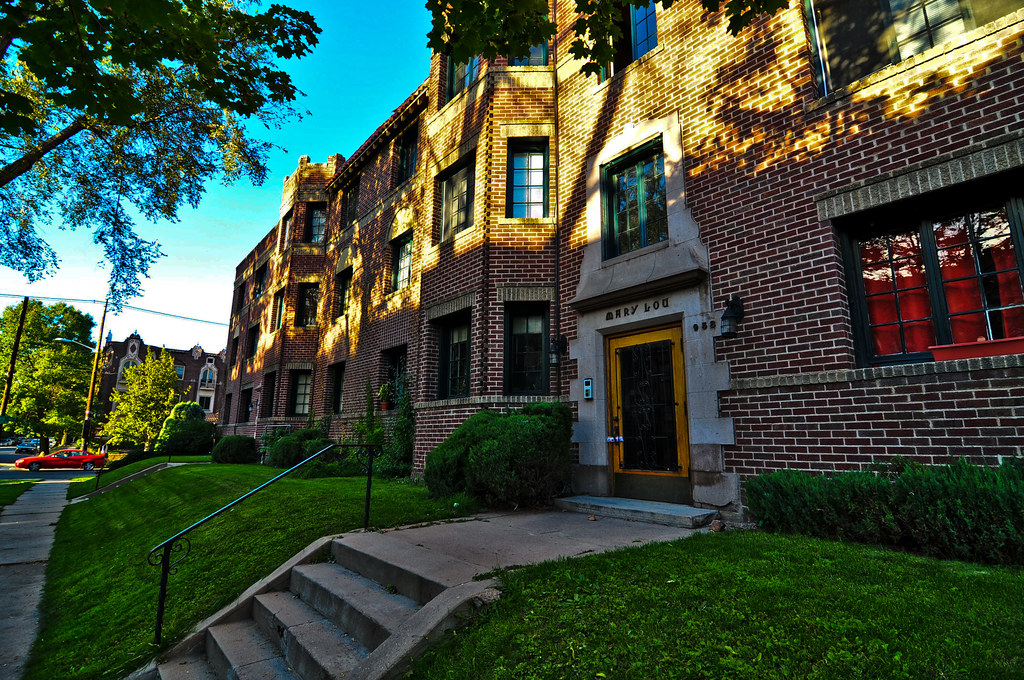 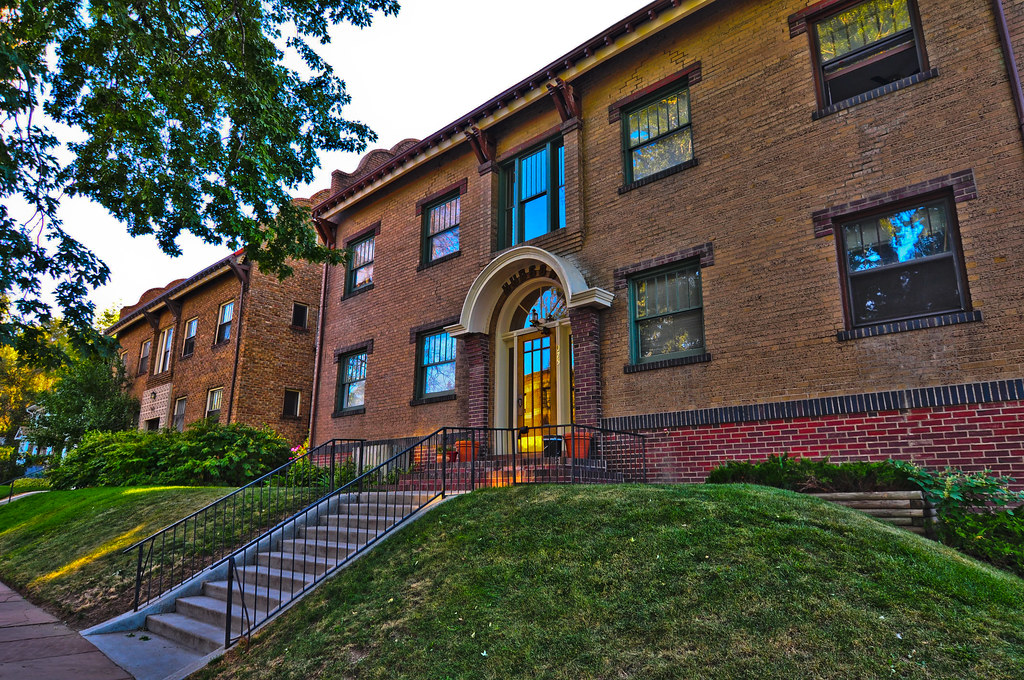 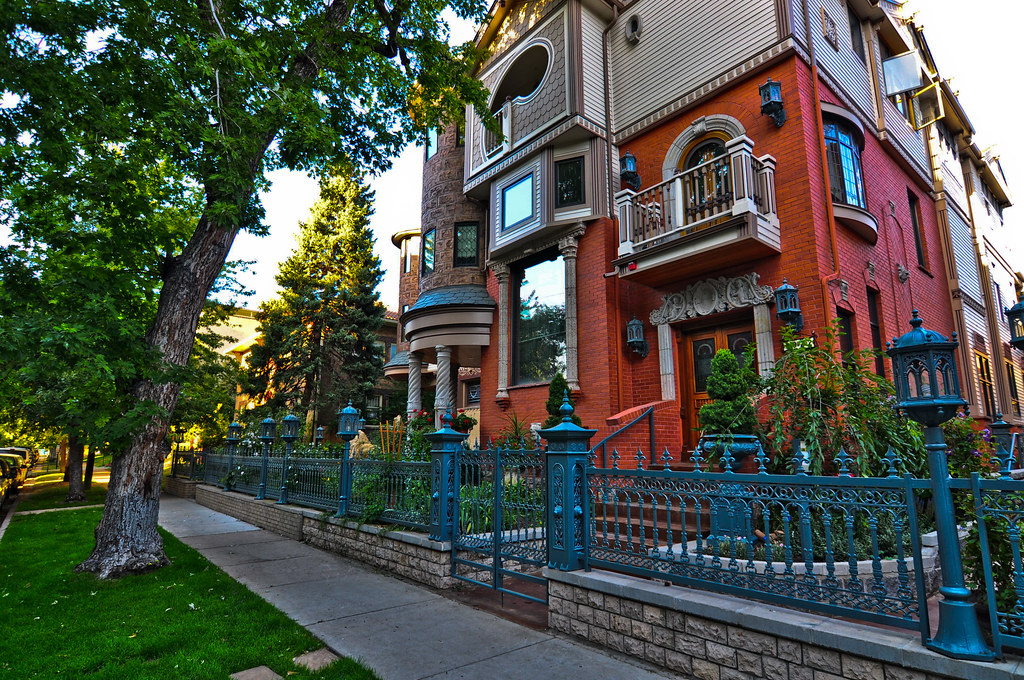  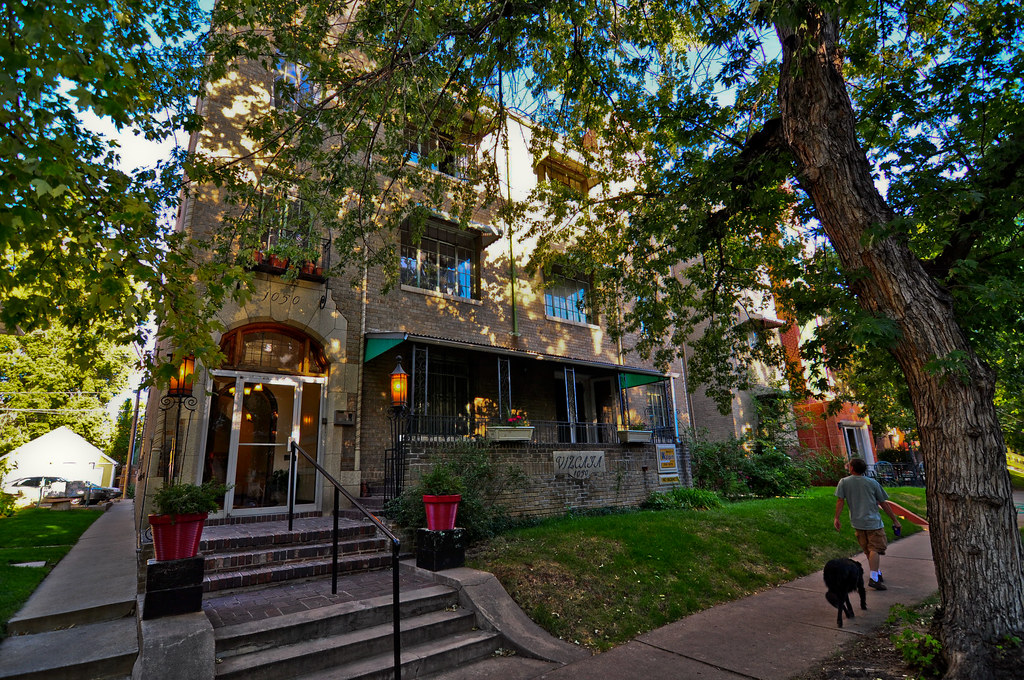  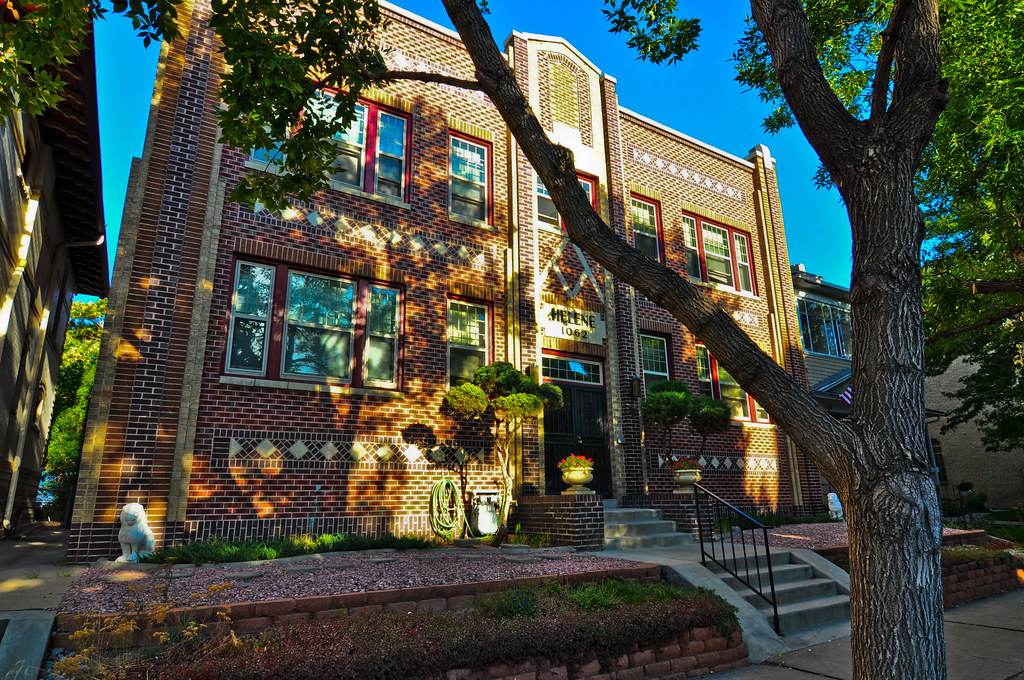 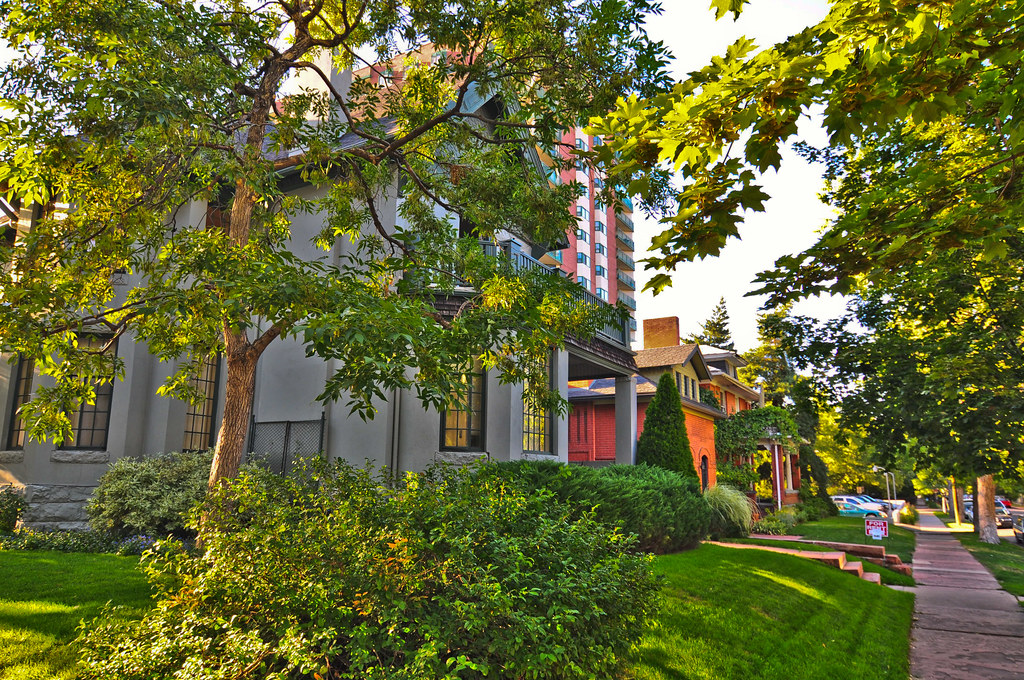  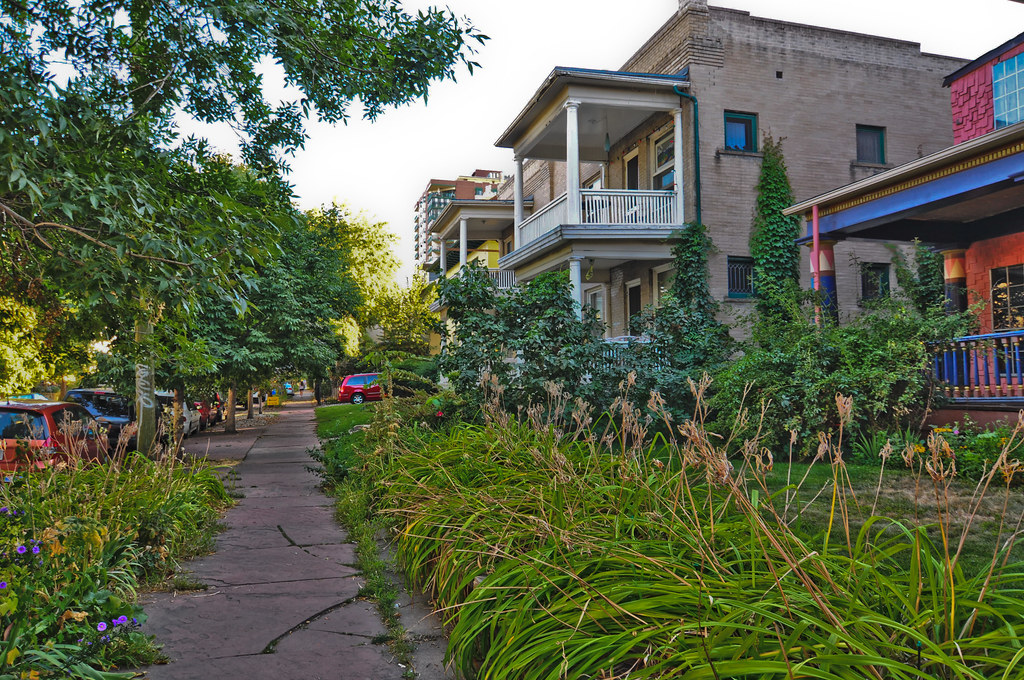 Denver B-Cycle 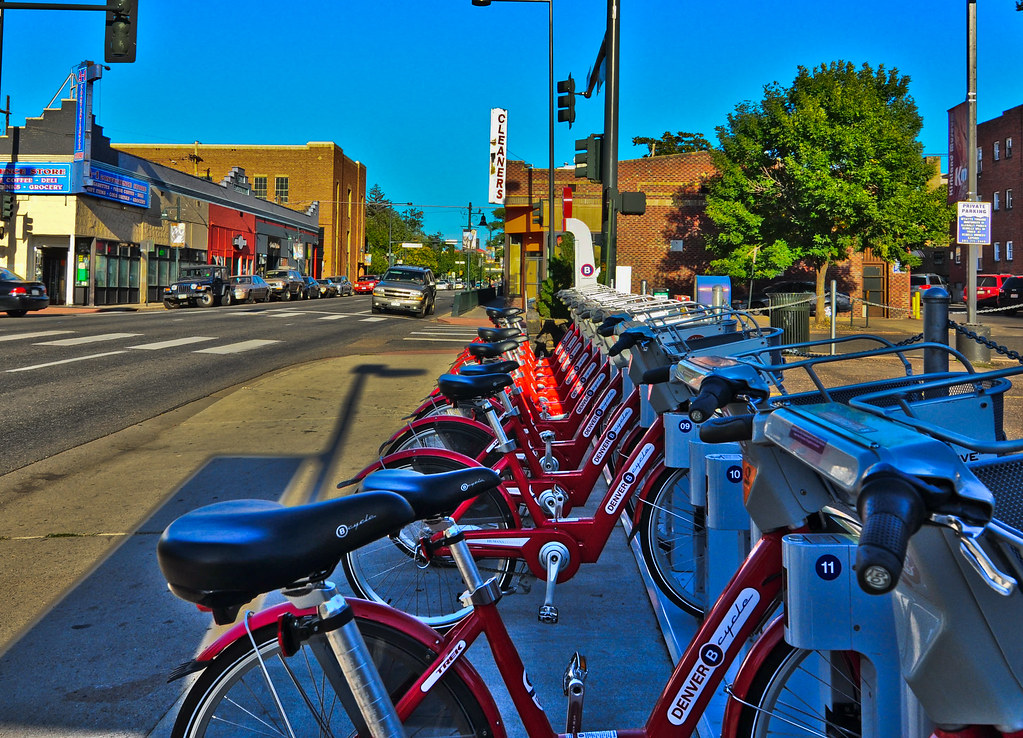   The Croke-Patterson-Campbell Mansion - 1891. An example of Chateauesque-style architecture designed by Isaac Hodgson is based on the 16th-century Chateau Azay-le-Rideau in France’s Loire Valley. The home has lost some ornamentation and its chimneys as compared to the historical photo below but is in fine condition overall.  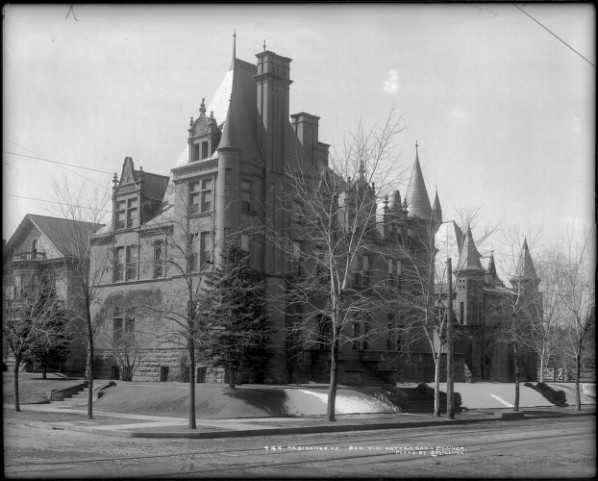 Denver Public Library, Western History Collection 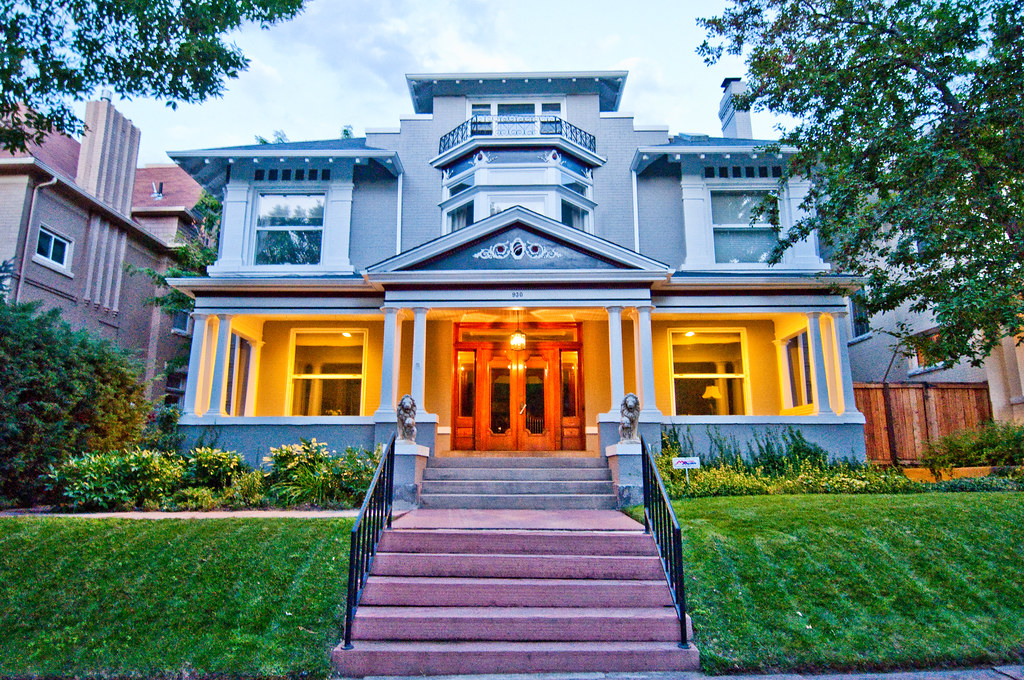 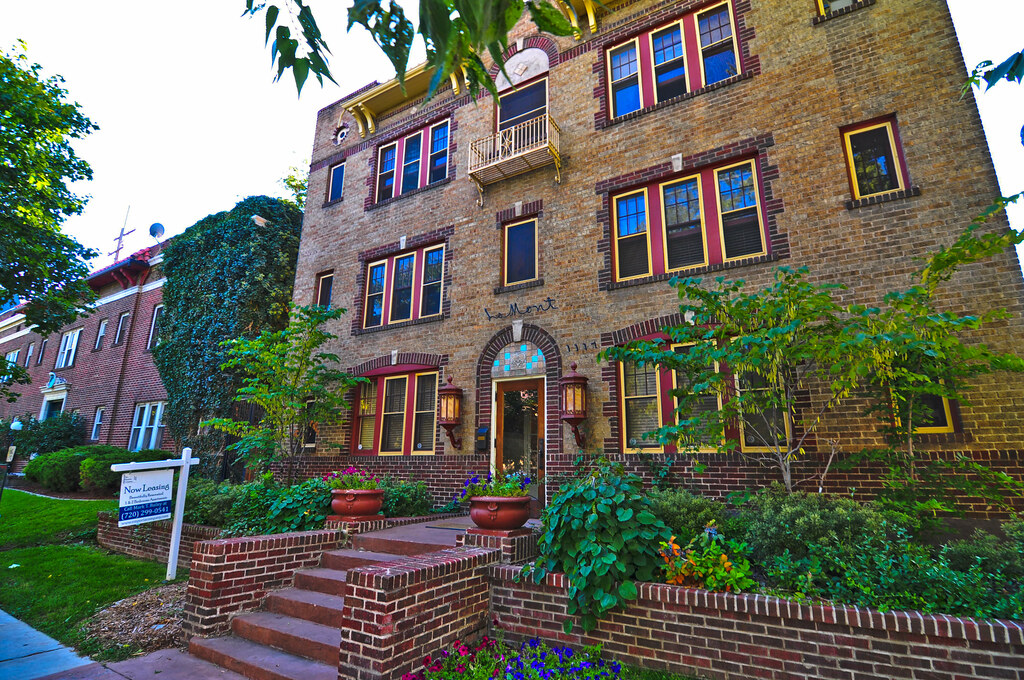 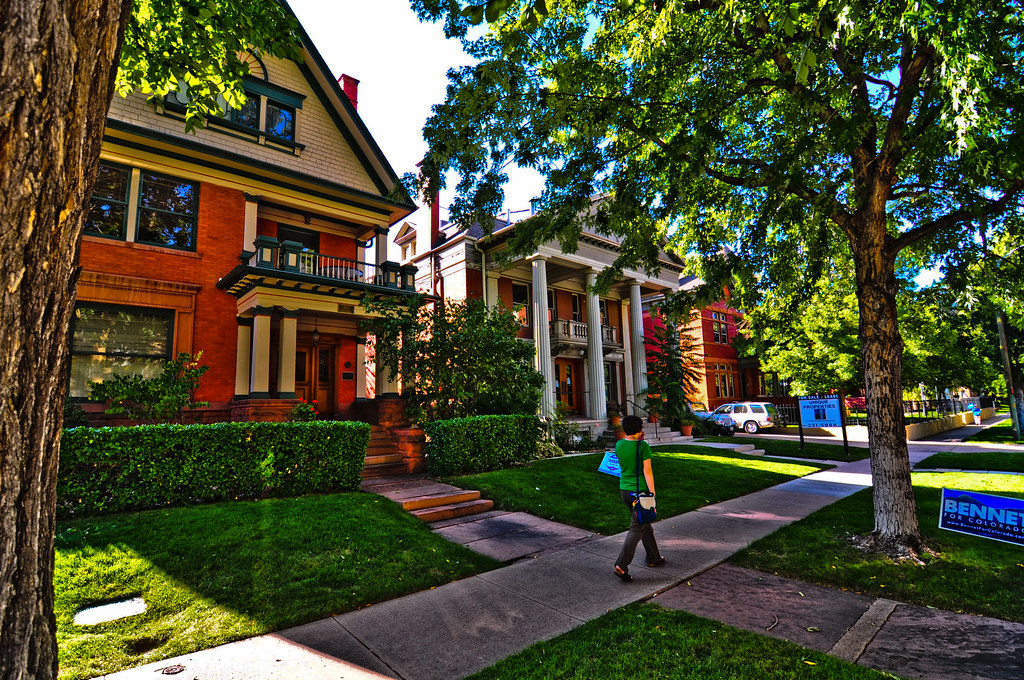 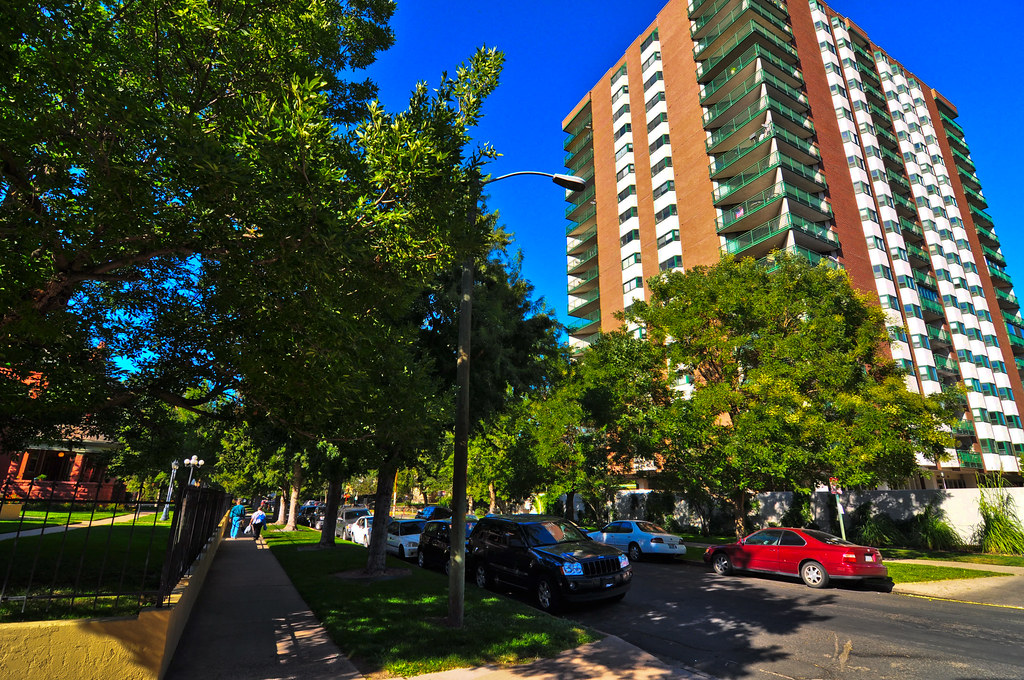 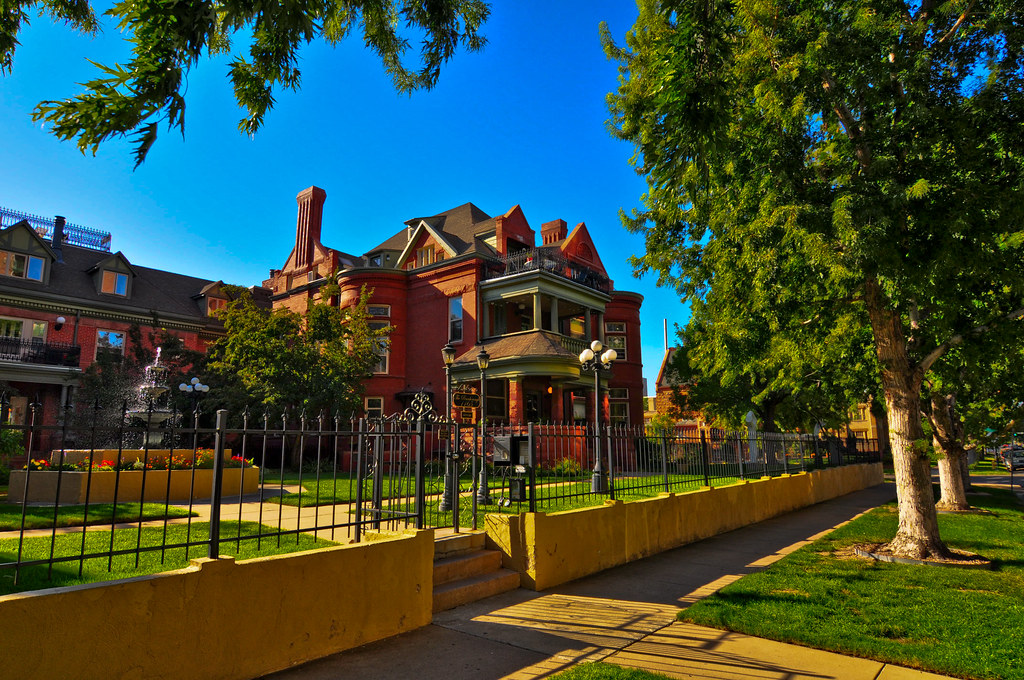 Dunning Benedict House - This house was constructed by well-known Denver architect William Lang, who designed over 150 homes for families of Colorado’s growing upper-middle-class between 1888 and 1893. Built in 1889, this gray stone Romanesque Revival structure was originally inhabited by Walter Dunning. In 1898, Mitchell Benedict and his family purchased the home. Benedict served as city attorney, was involved in the construction of the Capitol building, and also contributed to the development of the Riverside Cemetery. After the Benedicts sold the property in 1930, the house was divided into apartments. 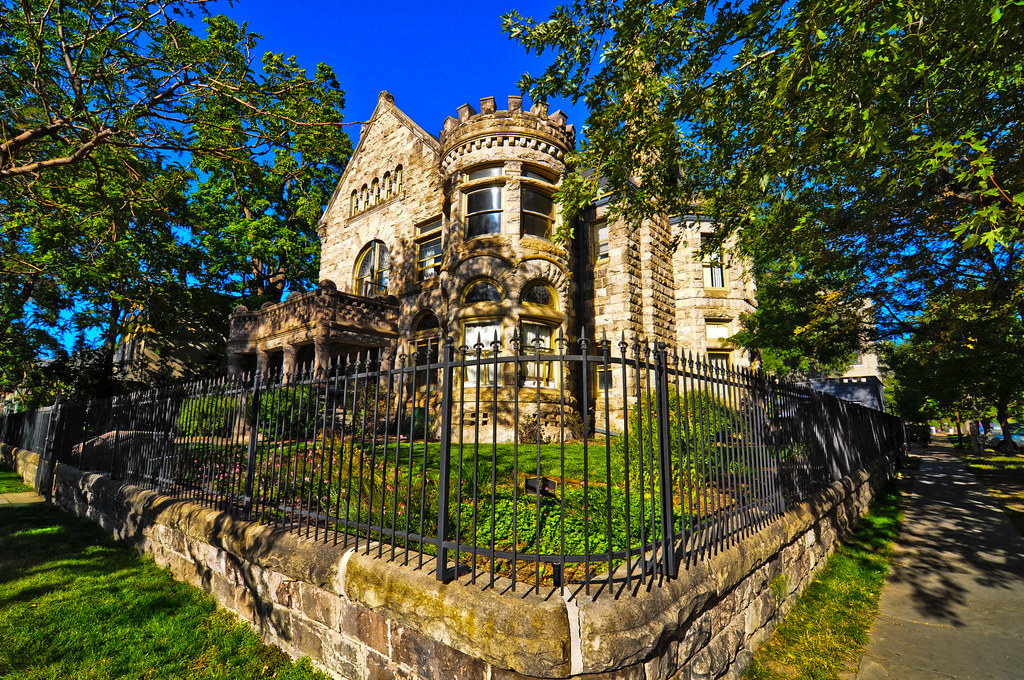      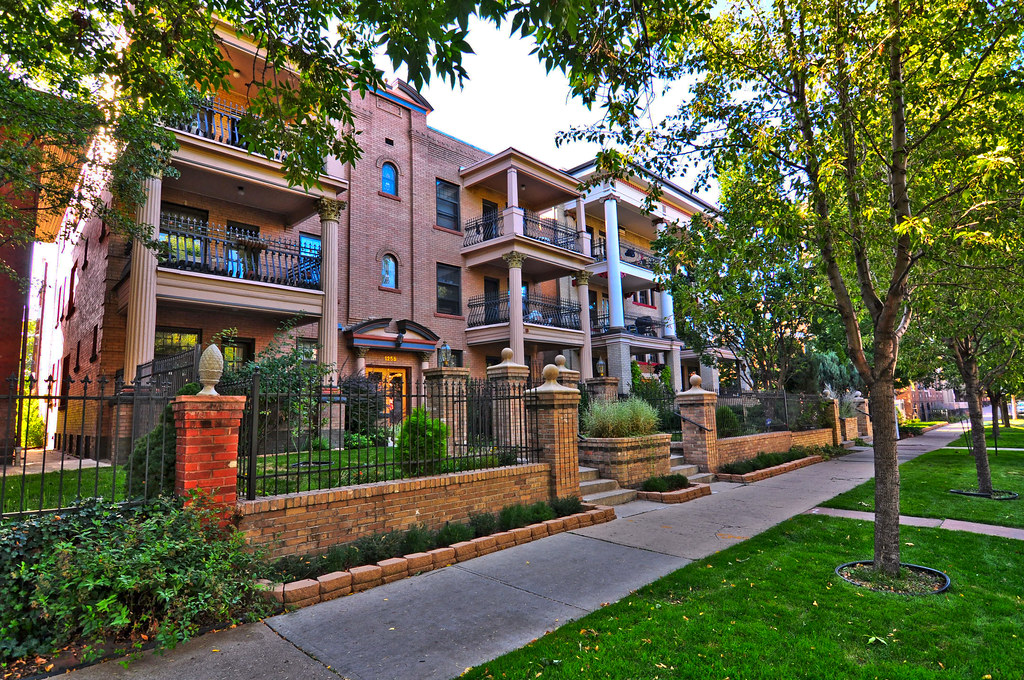 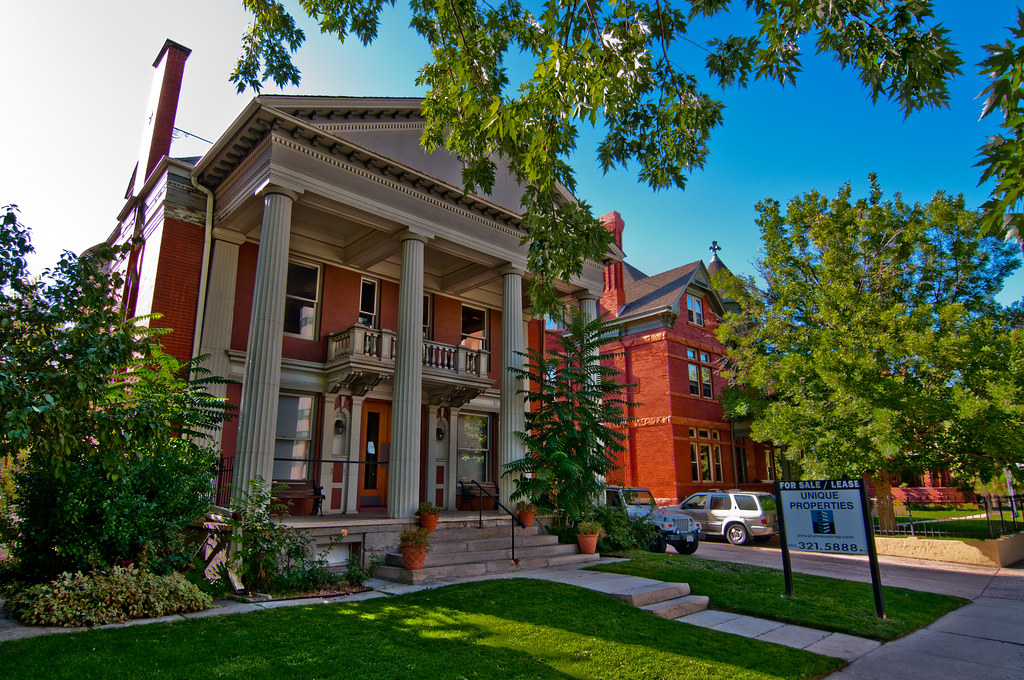   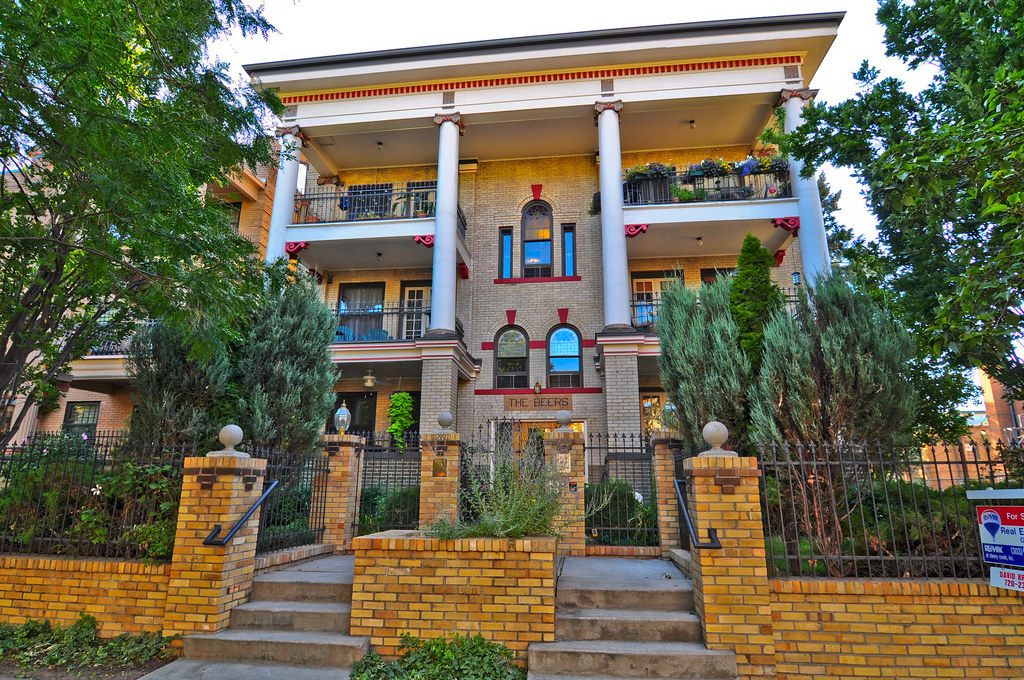 Charlene Place - 1890. Designed by Architects Phillip Varian and Frederick J. Sterner, its styling combines Romanesque elements with Queen Anne massing and ornamentation. Previously apartments, they are condominiums today. Sterner was most famous locally for his collaboration on the Daniels and Fischer department store. By 1909 Sterner was practicing exclusively in New York and is also credited with the main building at the Greenbrier Hotel in White Sulphur Springs, West Virginia. This is one of my favorite historic apartment buildings in Capitol Hill.  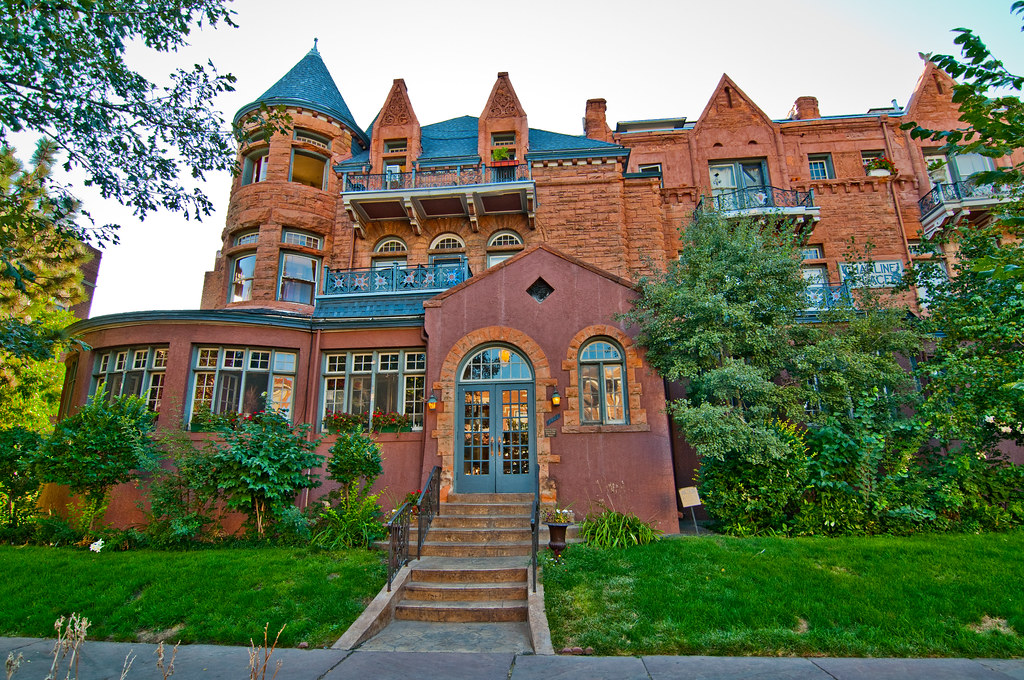  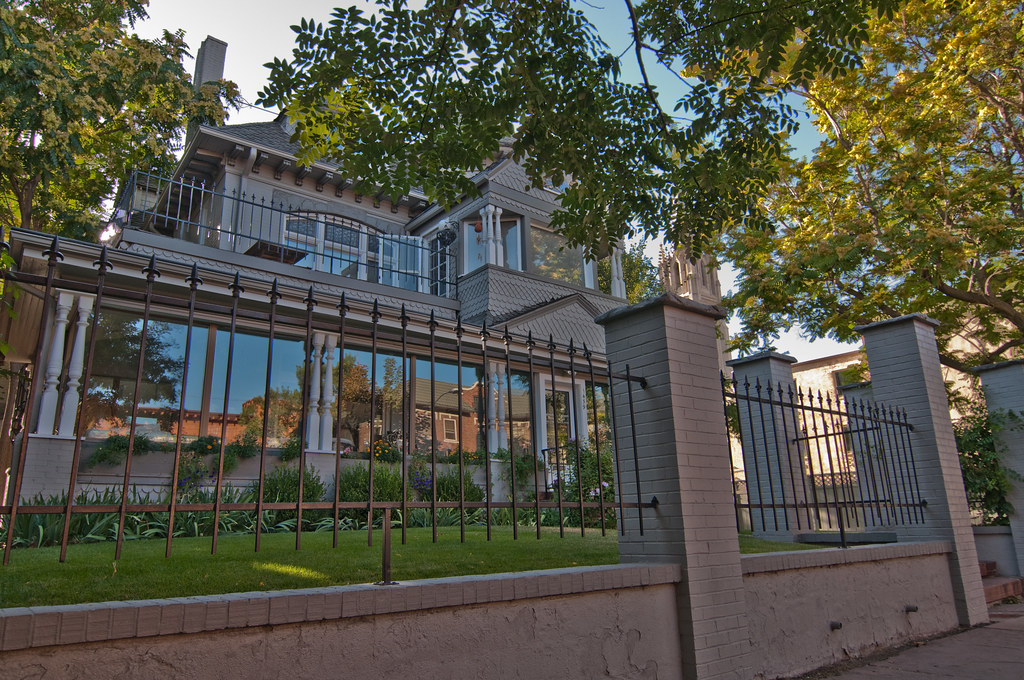 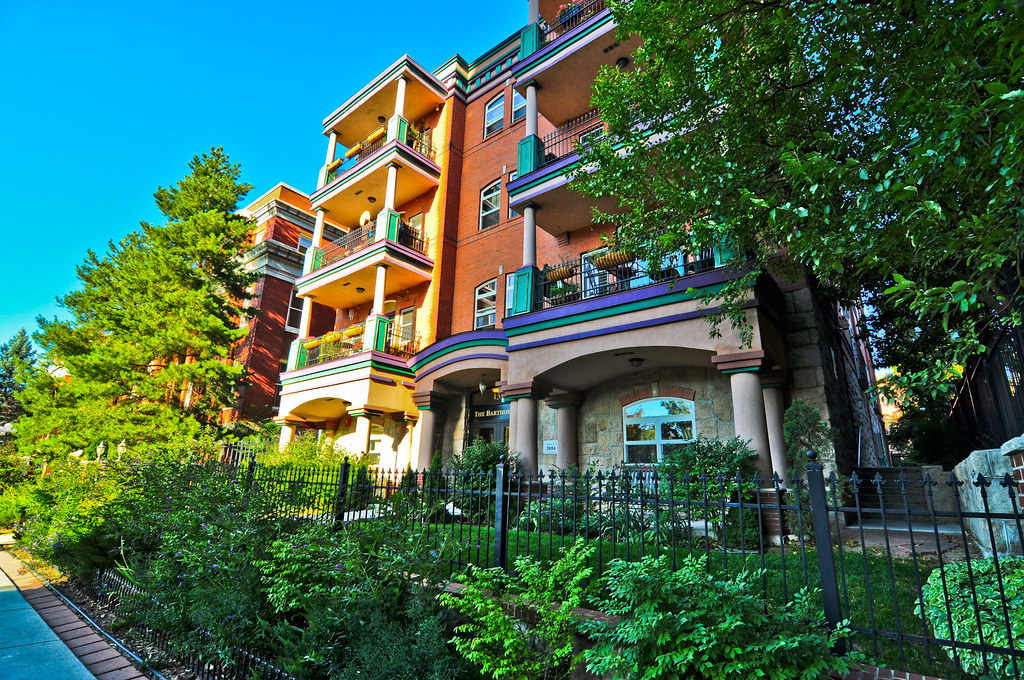 St. Mary’s Academy - 1911 - Catholic private girl’s school - moved in 1951 to Cherry Hills. The building now houses the offices of the Salvation Army. 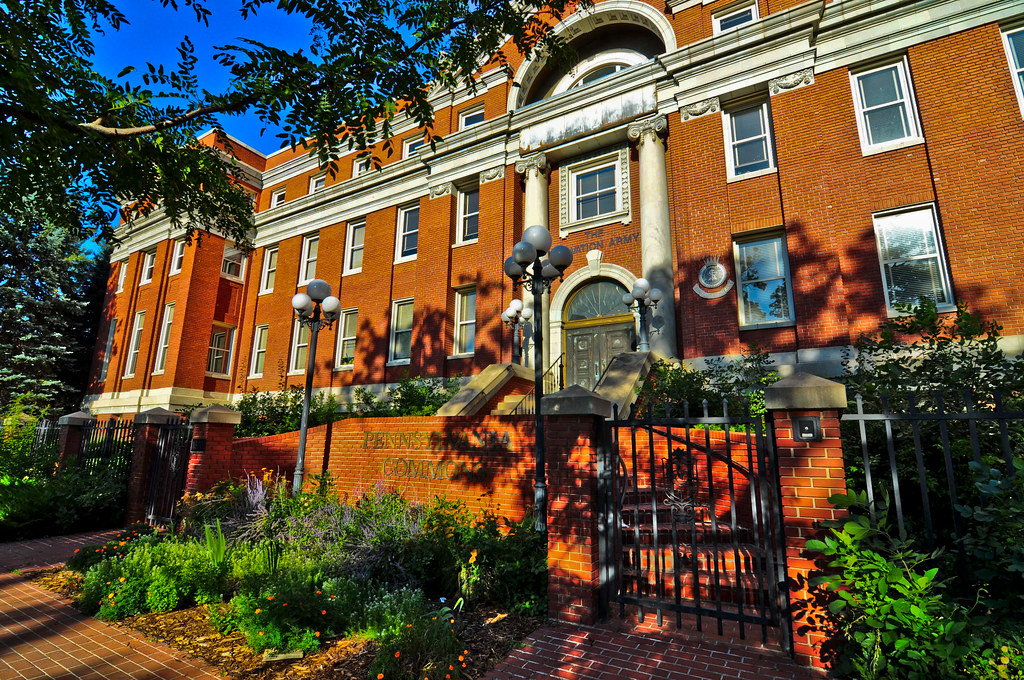 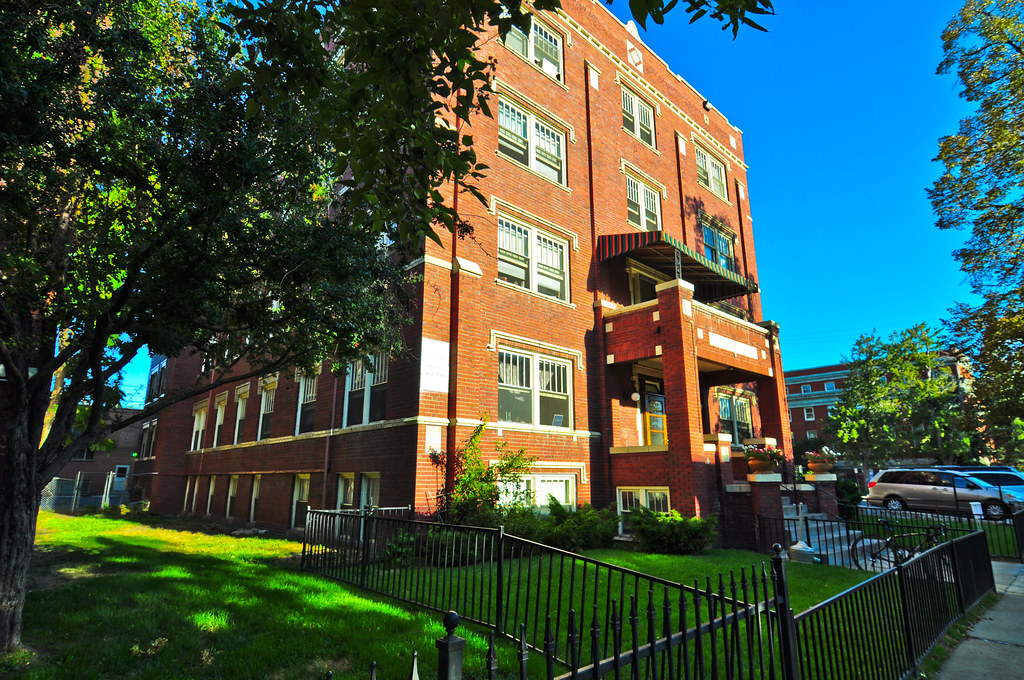 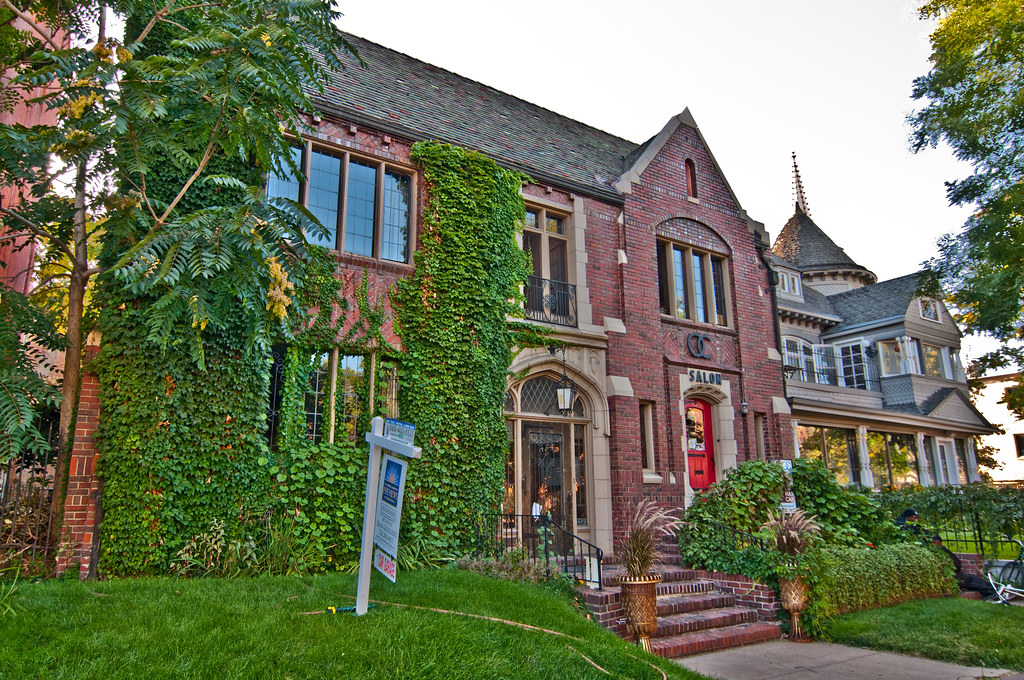 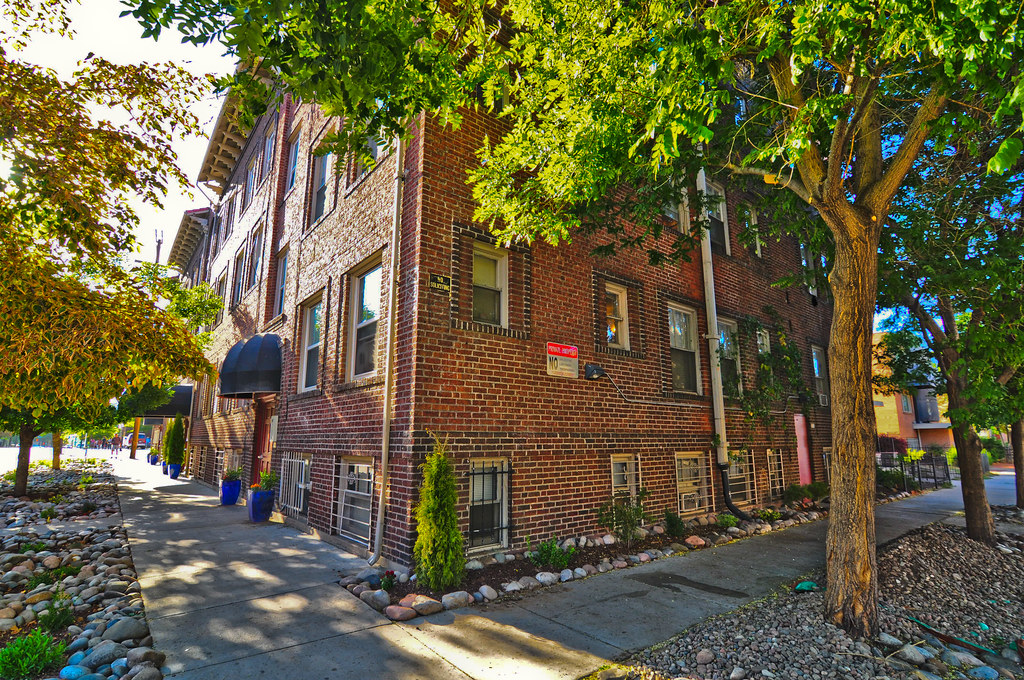 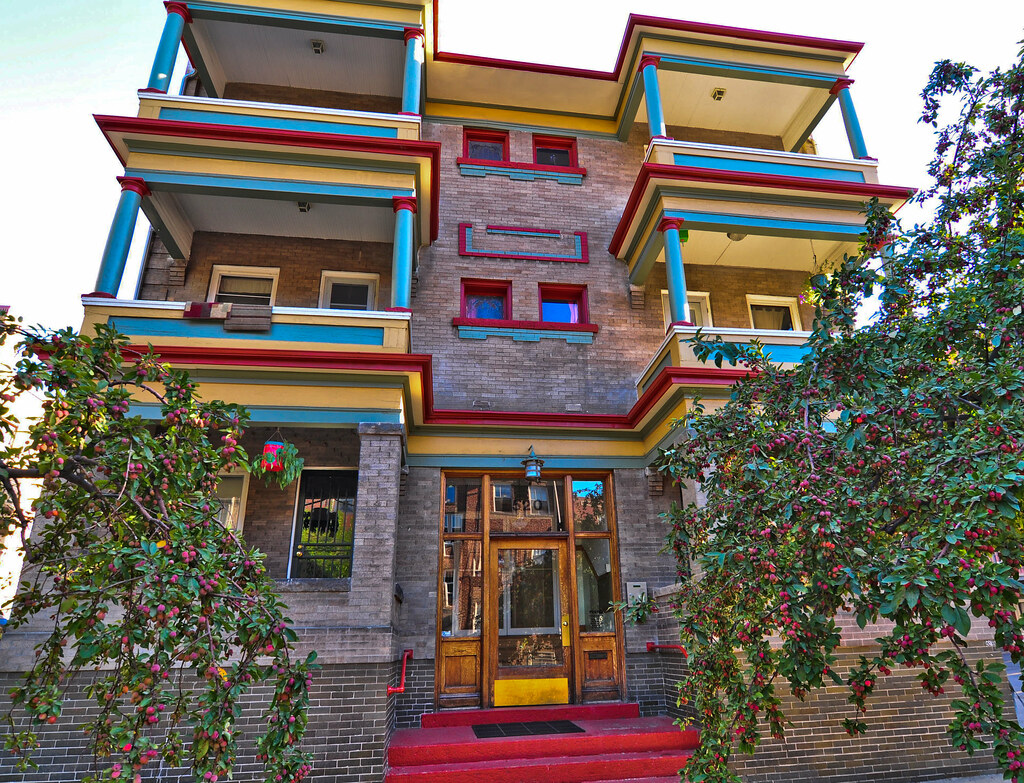 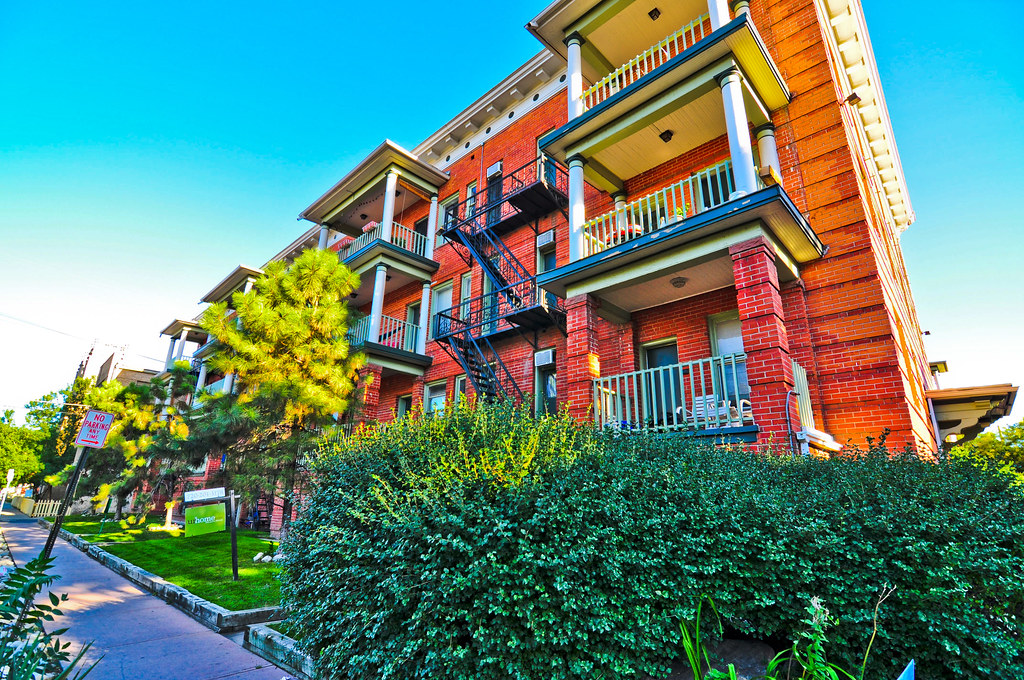 The Molly Brown House Museum, also known as the House of Lions, was the home of American philanthropist, socialite and activist Margaret Brown, known as "The Unsinkable Molly Brown" because she survived the sinking of the RMS Titanic (and is best known as the heroine of the ‘Titanic‘). The house was built in the 1880s by architect William A. Lang, incorporating several popular styles of the period, including Queen Anne Style architecture, for the original owners Isaac and Mary Large.  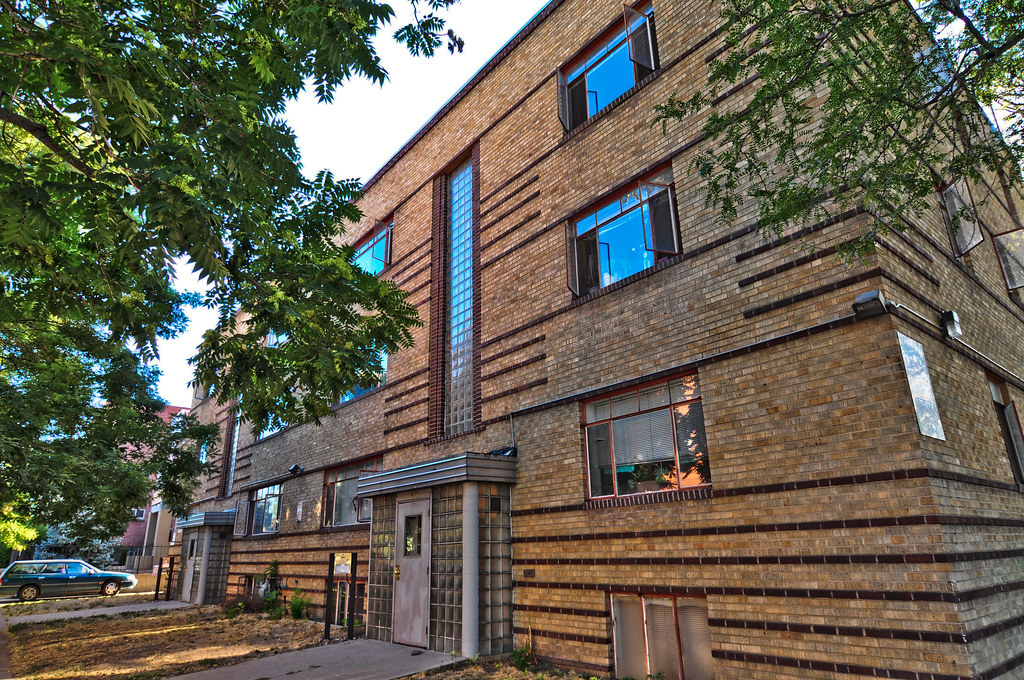 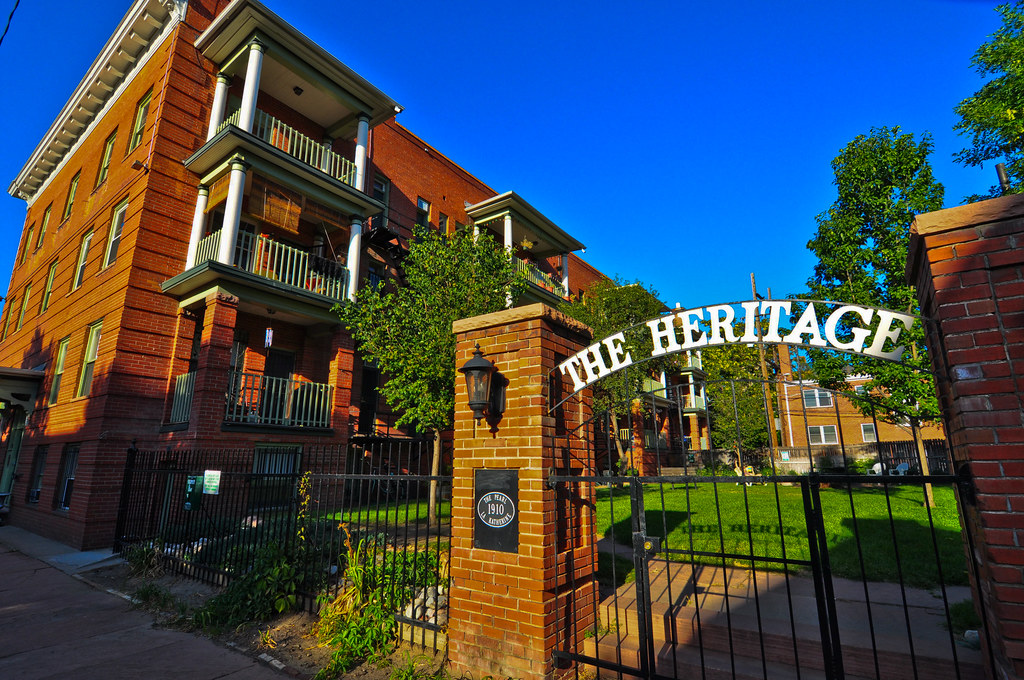 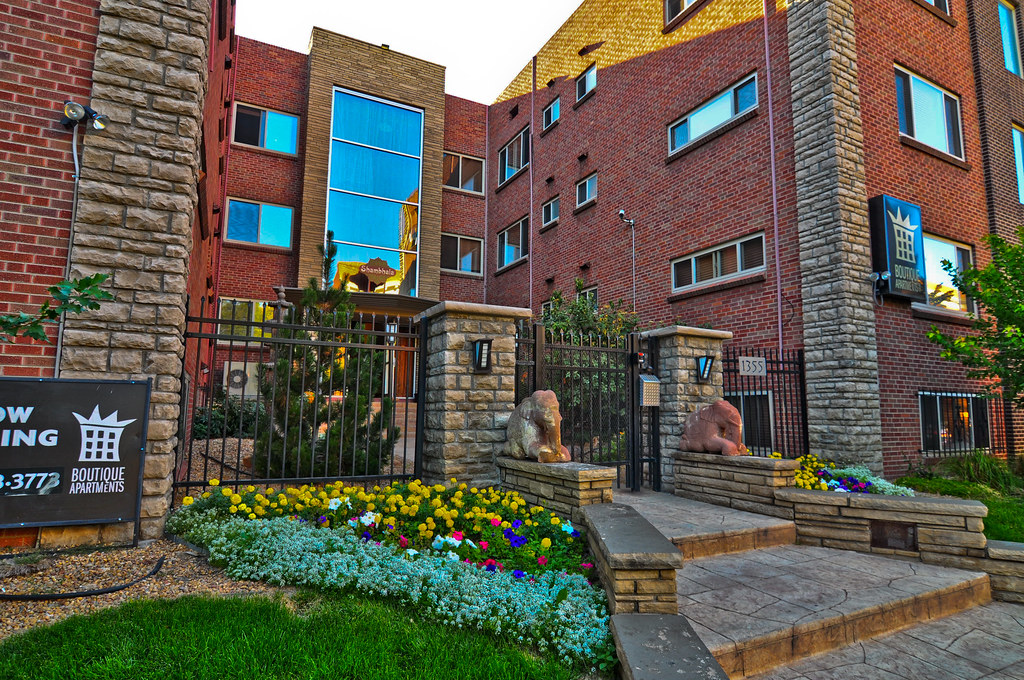 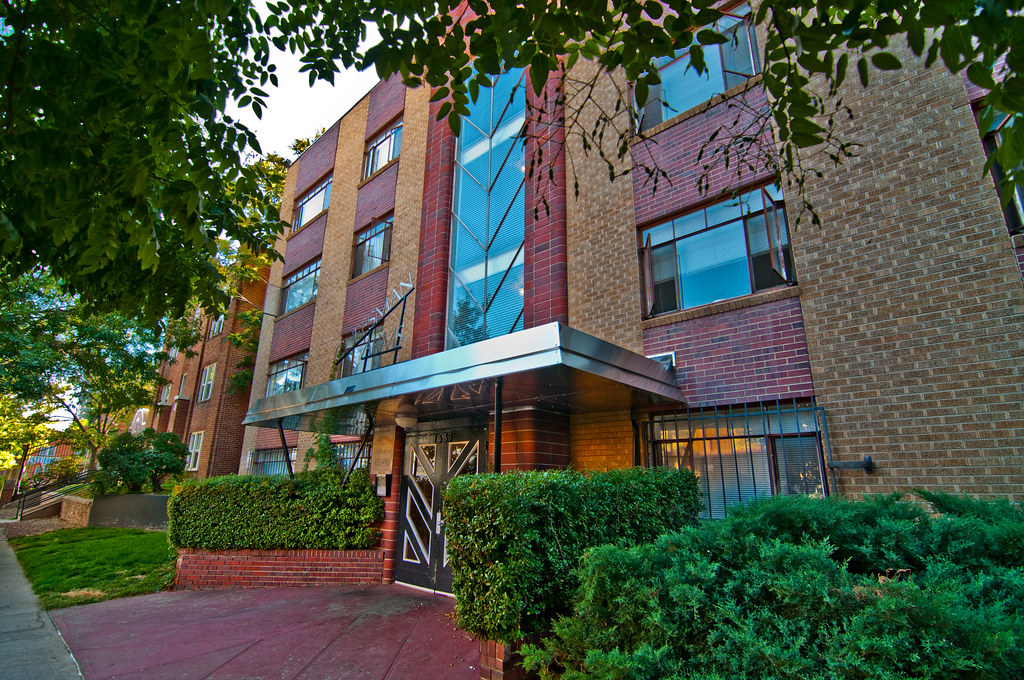 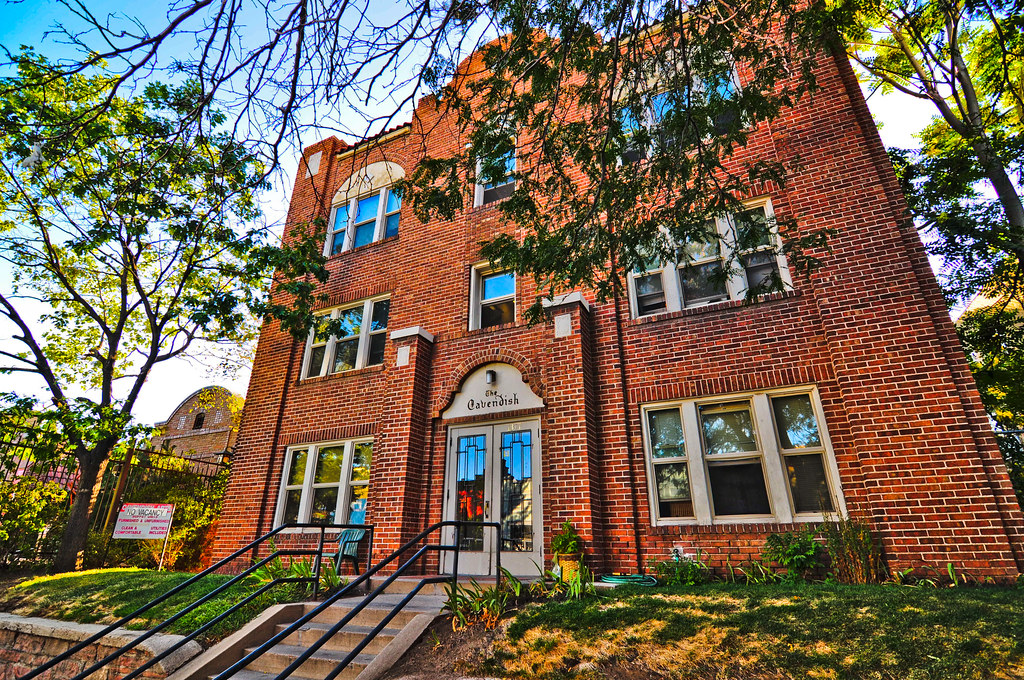 The Vance Kirkland Museum. 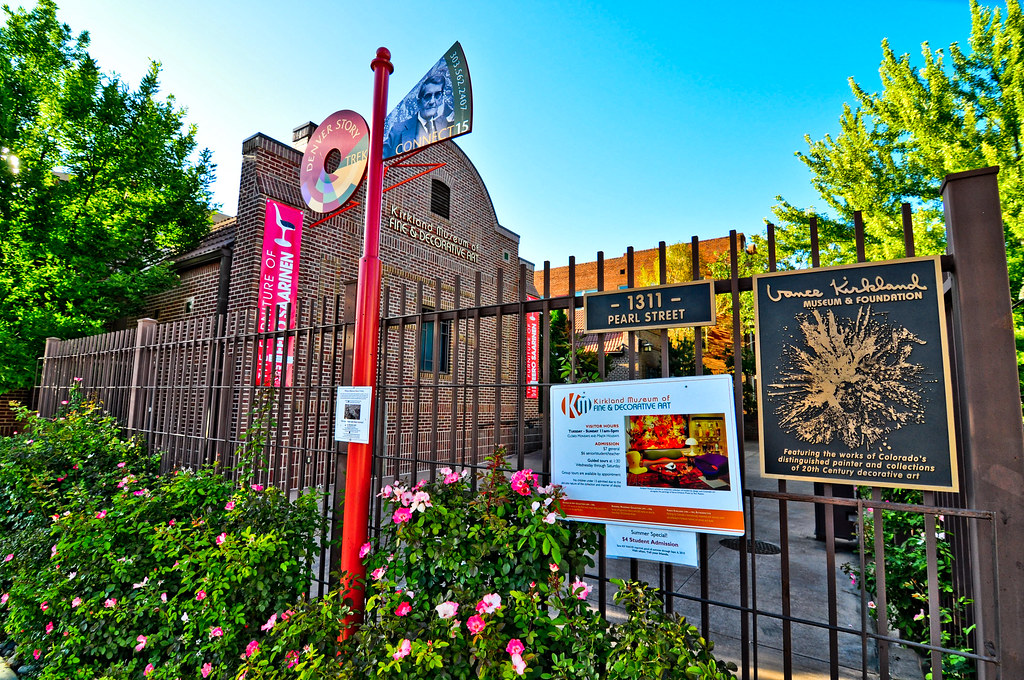  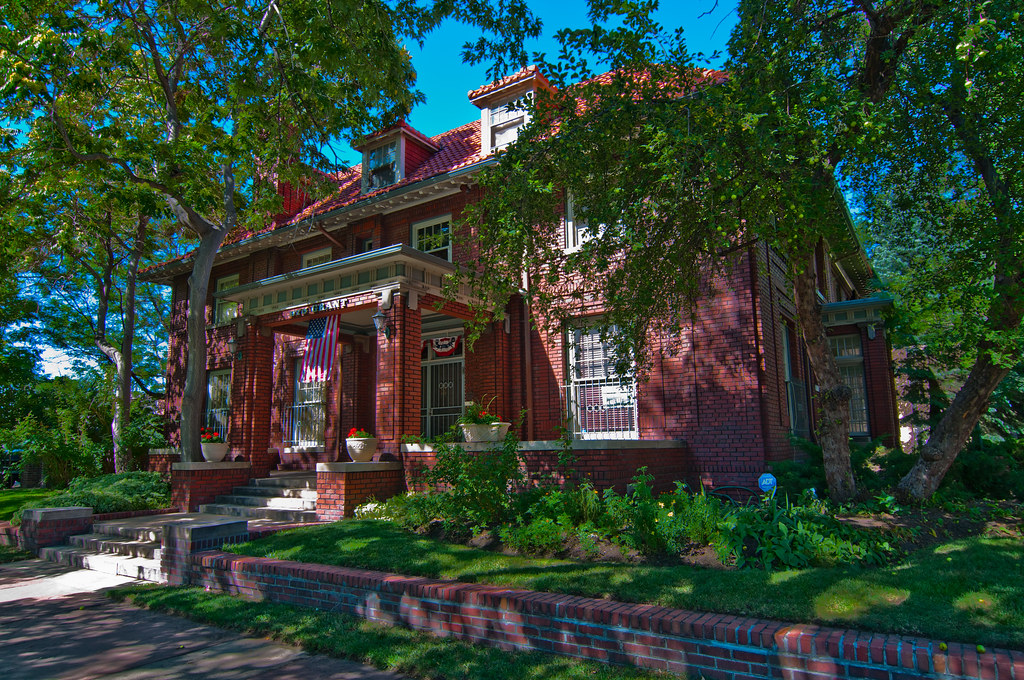  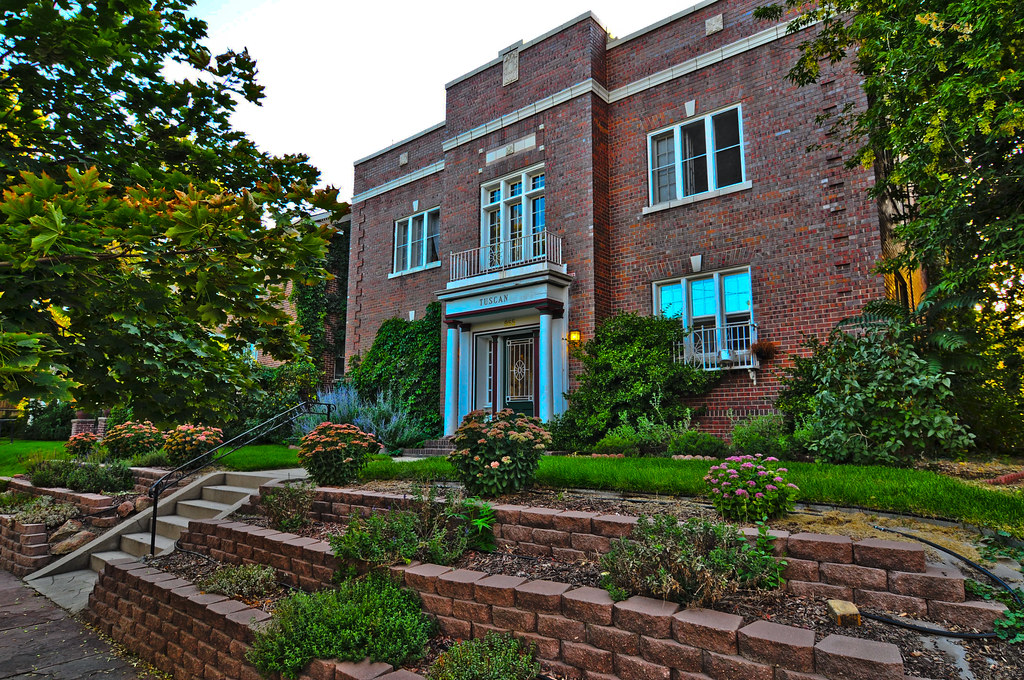   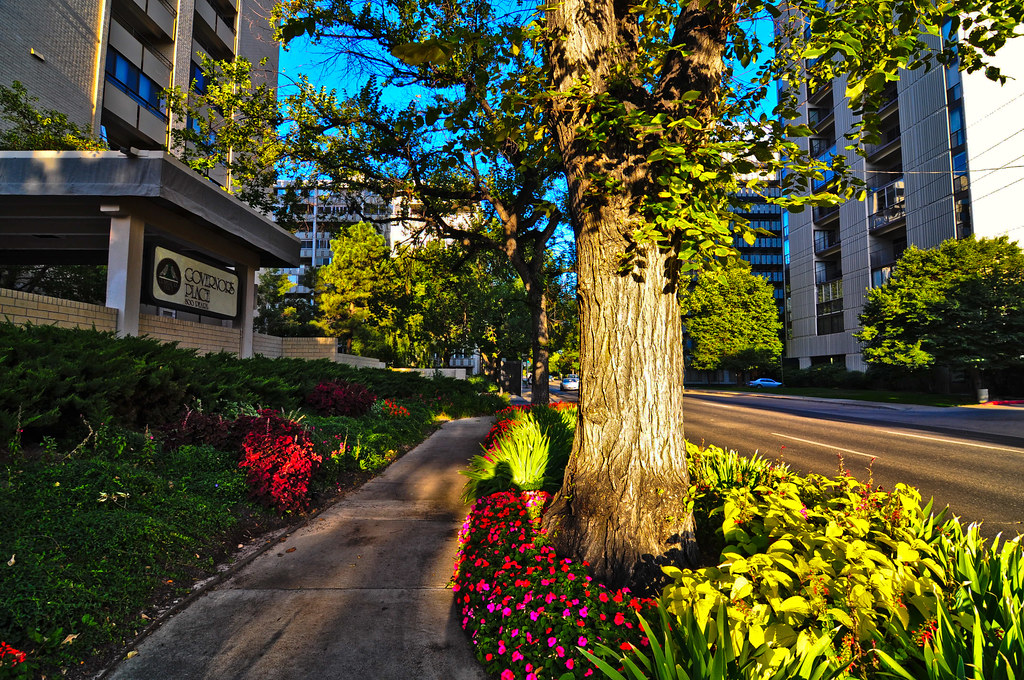 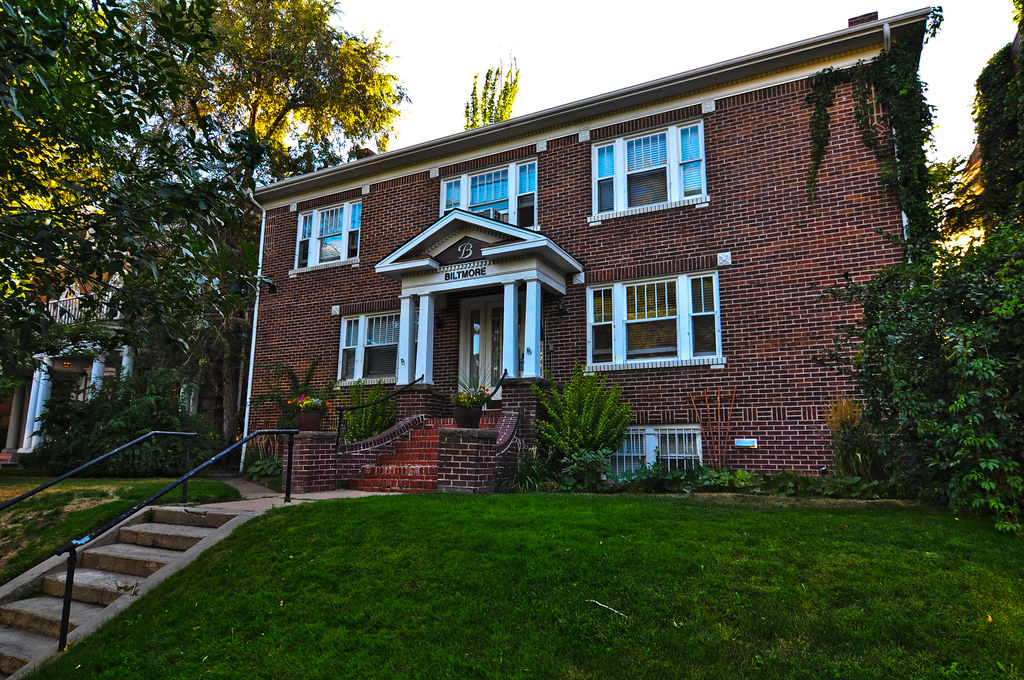  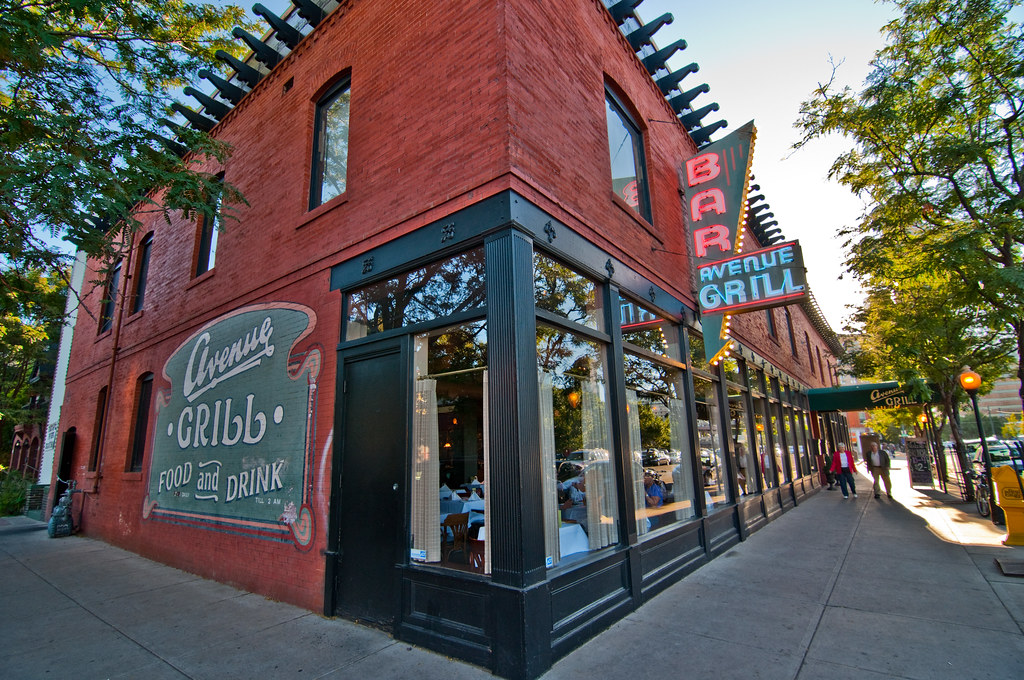 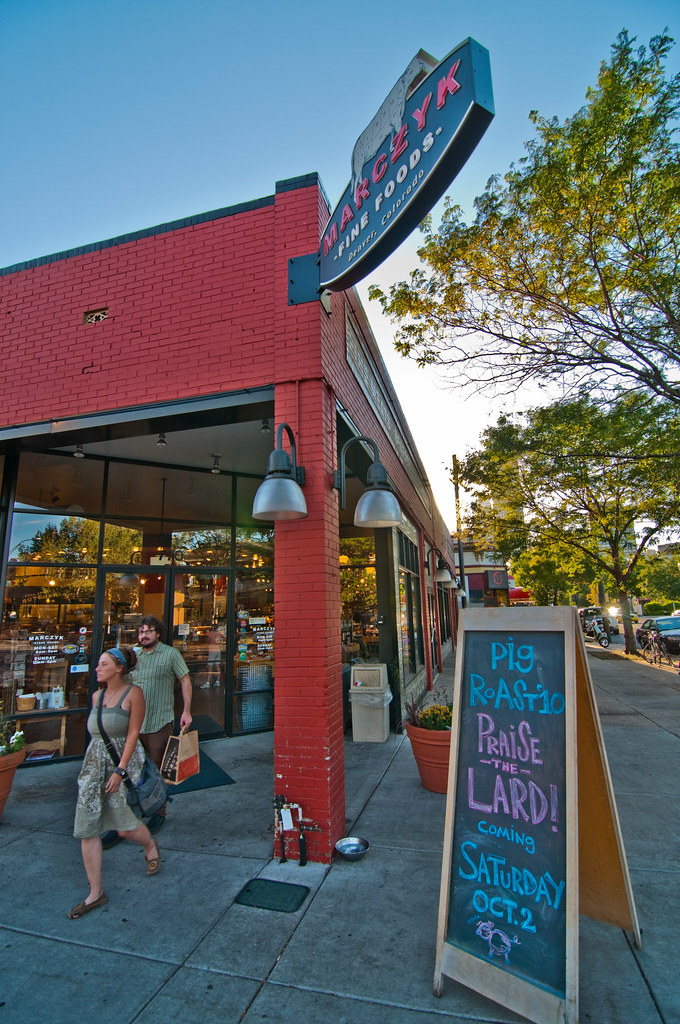 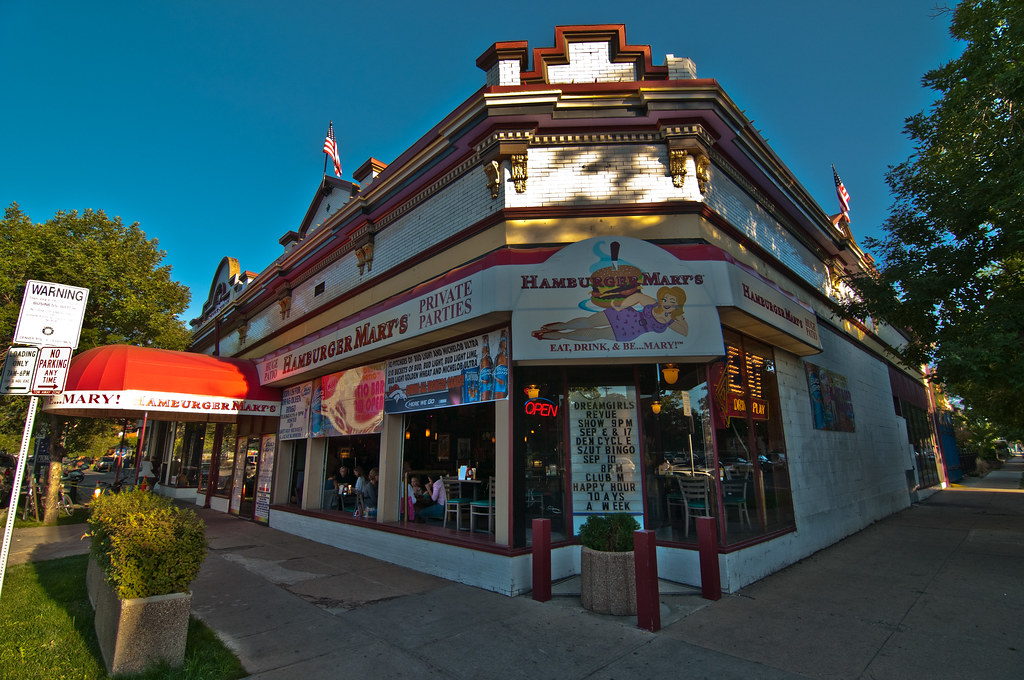 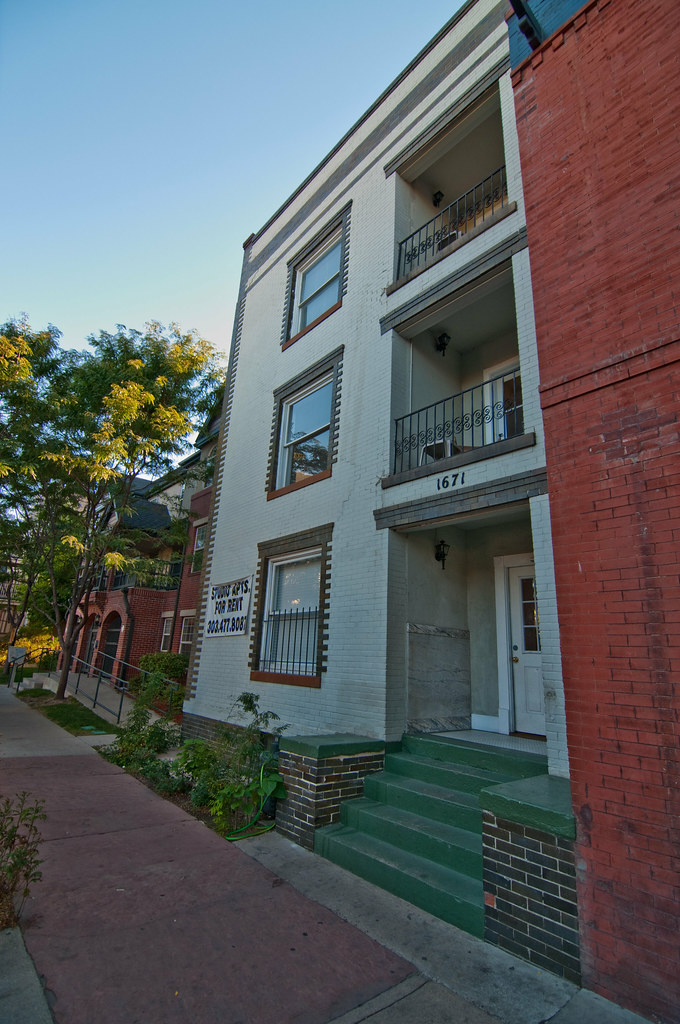 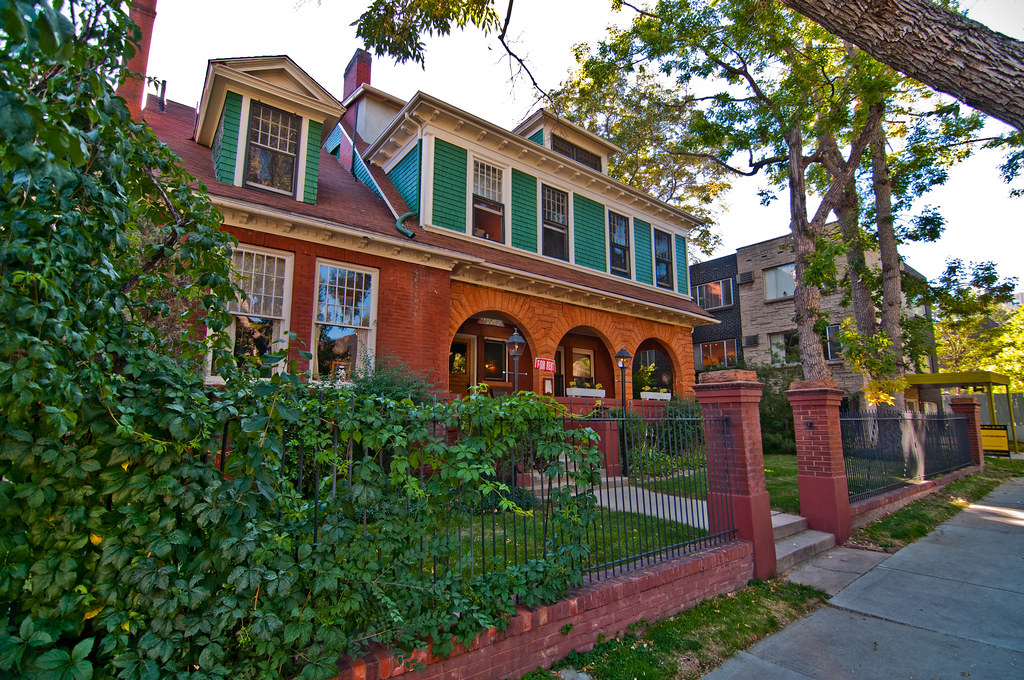 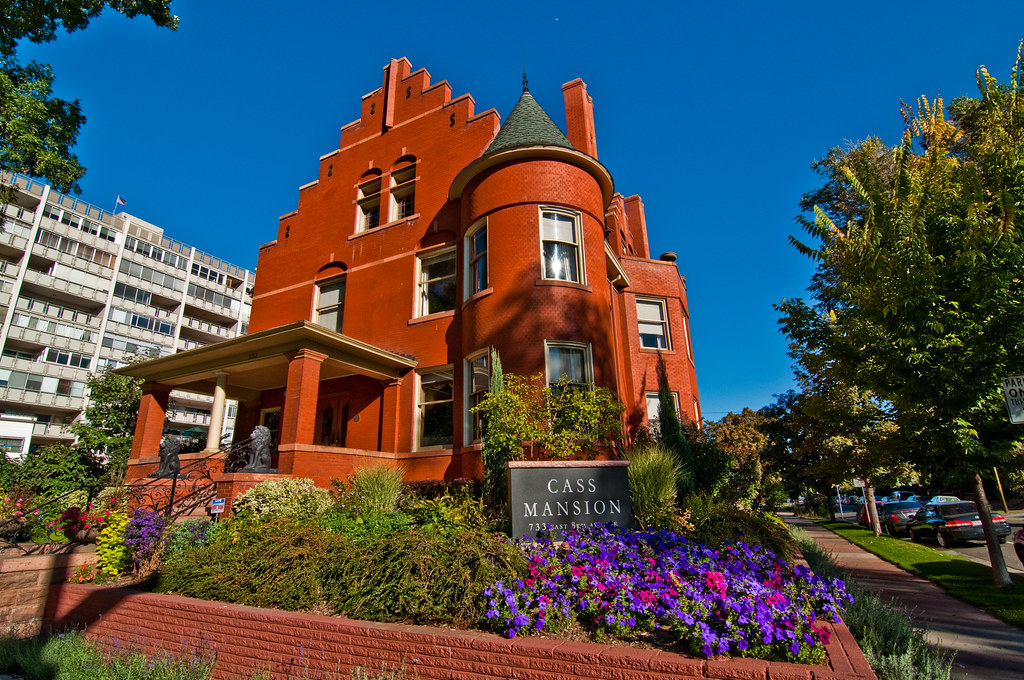 That’s all I got for now. Stay tuned for part two and always, thanks for viewing! MORE THREADS Denver - Capitol Hill Neighborhood Part II Denver - Highlands Neighborhood Chicago |
THIS IS FANTASTIC!!! :worship:
Denver's Capital Hill is gorgeous! |
Just amazing and wonderful pictures! I will say Denver is a city that has very good qualities and qualities that I am interested in.
|
Holy....wow. Awesome. More please :)
|
Lovely! At the risk of soundly totally ignorant, I wasn't aware that Denver had such a refined old neighborhood. Should have known:shrug:, my bad.
|
I thoroughly enjoyed those...Really makes me want to come check it out for myself.
|
This is one of those threads you have to subscribe to since there is so much amazing-ness you can't see it all on 1 viewing alone.
|
This is Denver's best neighborhood. I lived in Capitol Hill for a couple of years in the early 90's. My mother's from Denver, though from the Montbello neighborhood (which at the time was black; no clue if it's still that way since they like to put black folks near airports). This thread brought back memories. Thanks.
|
Lotsa loveliness therein.
|
Quote:
Denver has quite a few lovely old dense neighborhoods. CPVLIVE's thread on the Highland's neighborhood showcases a good example: http://forum.skyscraperpage.com/showthread.php?t=183635 |
Wow, what a thread! Capitol Hill will be where I likely move when I return to Denver. It's a great neighborhood central to everything. It used to be dicey and rundown in parts but has really made a comeback.
|
You're a hell of a photographer.
I had some knowledge of the area but more now. Even before, I assumed it's where I'd live if I ever lived in Denver. |
Denver is a neat town! It was an established city by the 1880s, so it doesn't have that thrown-together-yesterday look that newer cities like Dallas or Houston have.
|
Oh, wow! I loved all of the historical tidbits, as well!
|
Killer hood, would never have expected quite so much period housing.
|
Don't see why this awesome thread is down at the bottom. Well done!
BUMP^ |
Quote:
|
WOW dude, this was an amazing photo thread!!!! You rock!
|
Quote:
|
Great thread! This looks a lot like Cathedral Hill in St Paul.
|
| All times are GMT. The time now is 6:59 PM. |
Powered by vBulletin® Version 3.8.7
Copyright ©2000 - 2024, vBulletin Solutions, Inc.